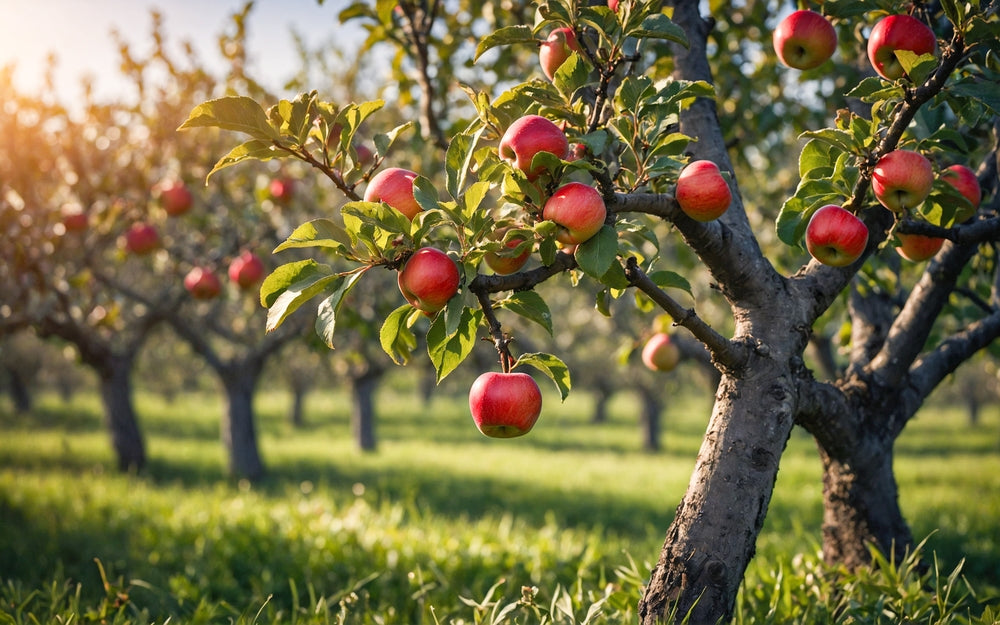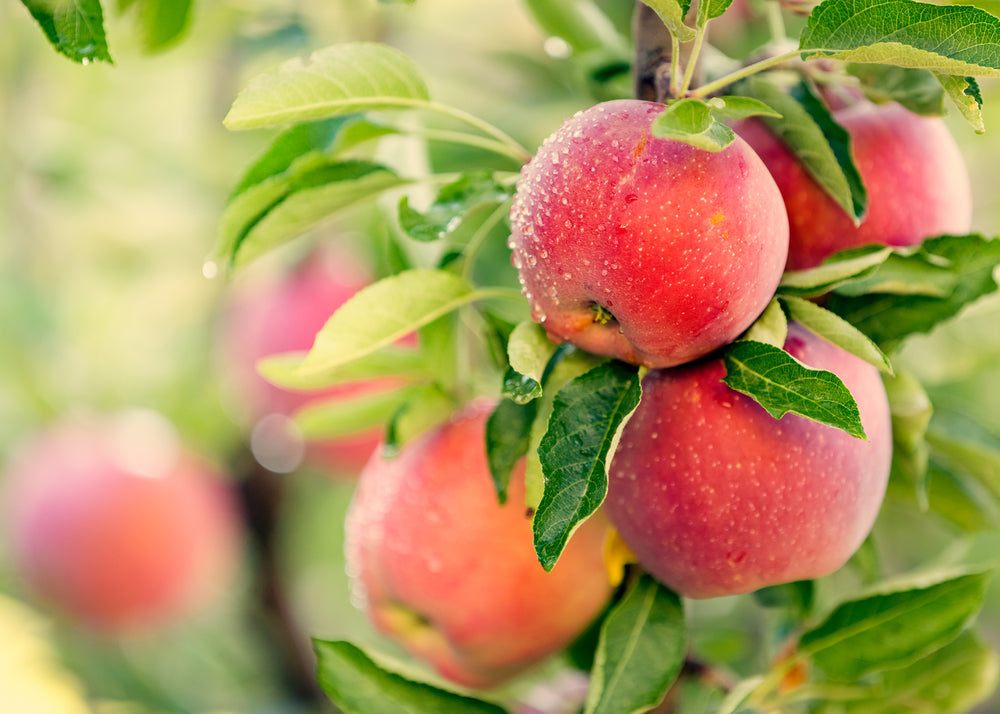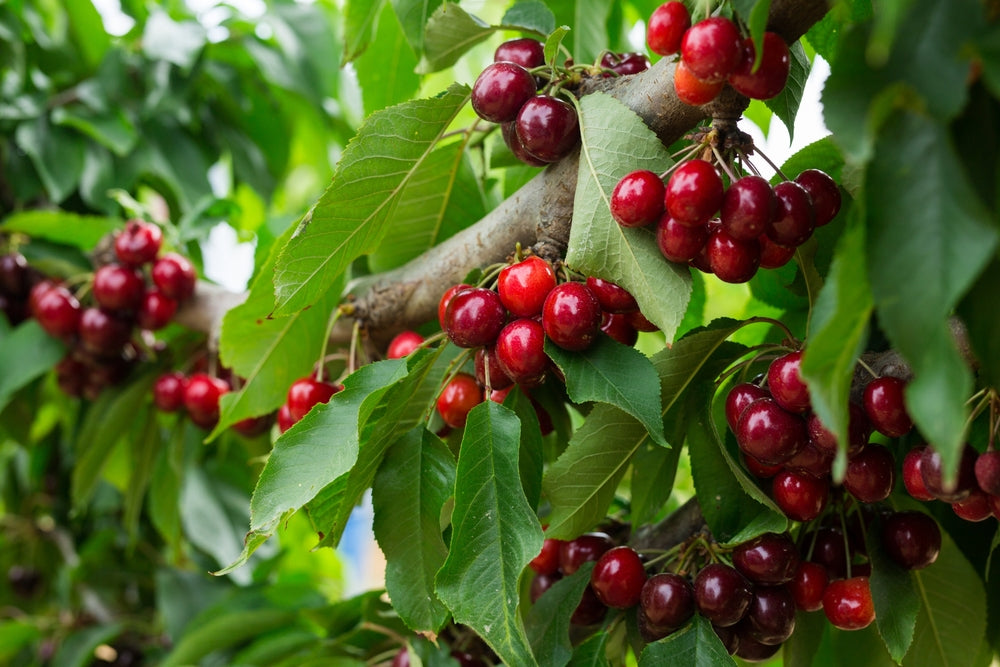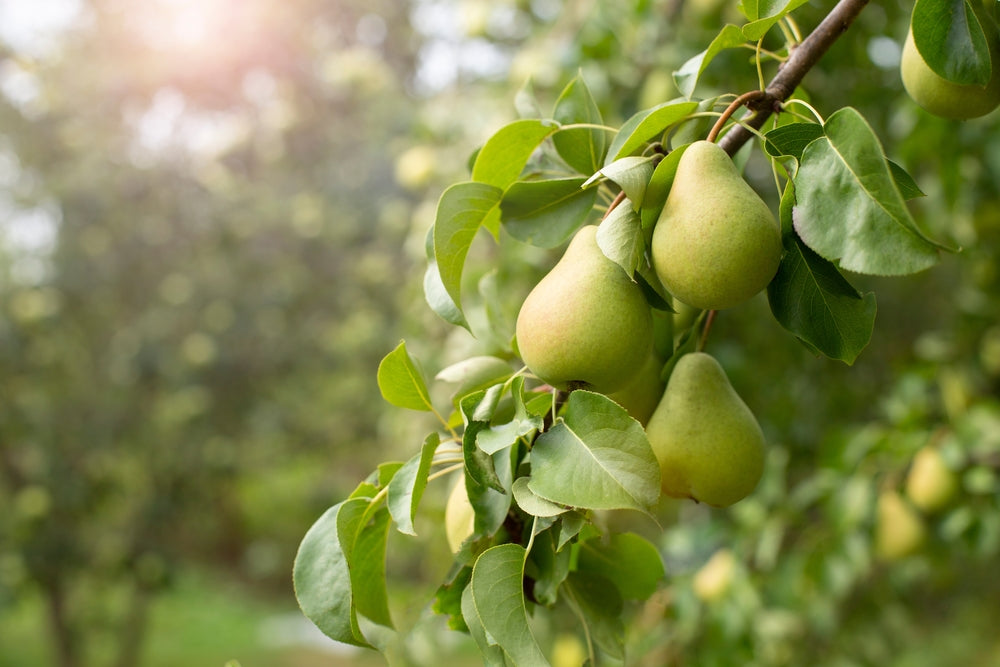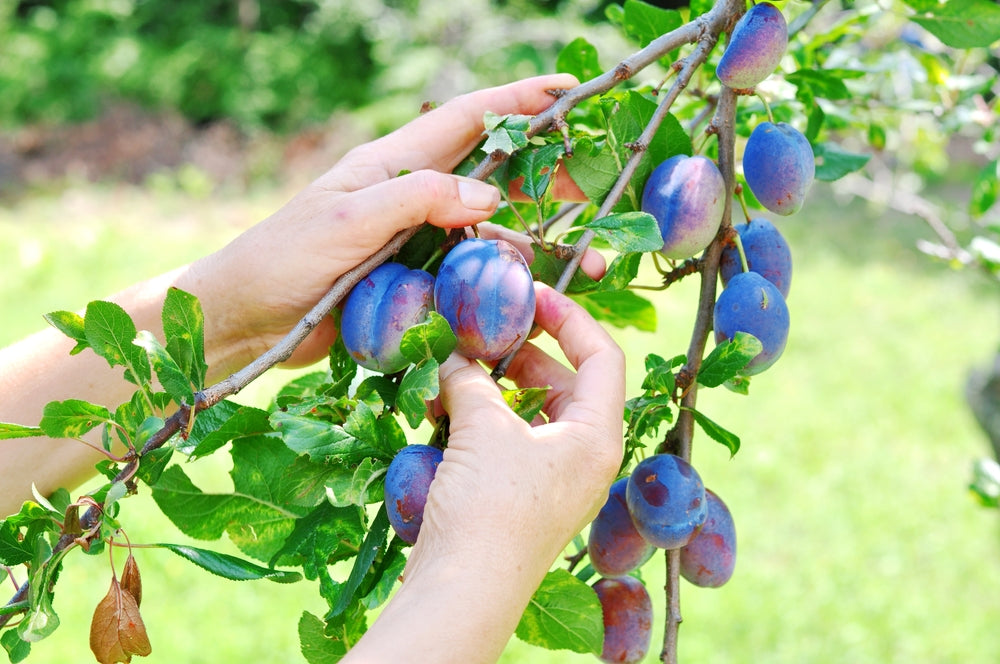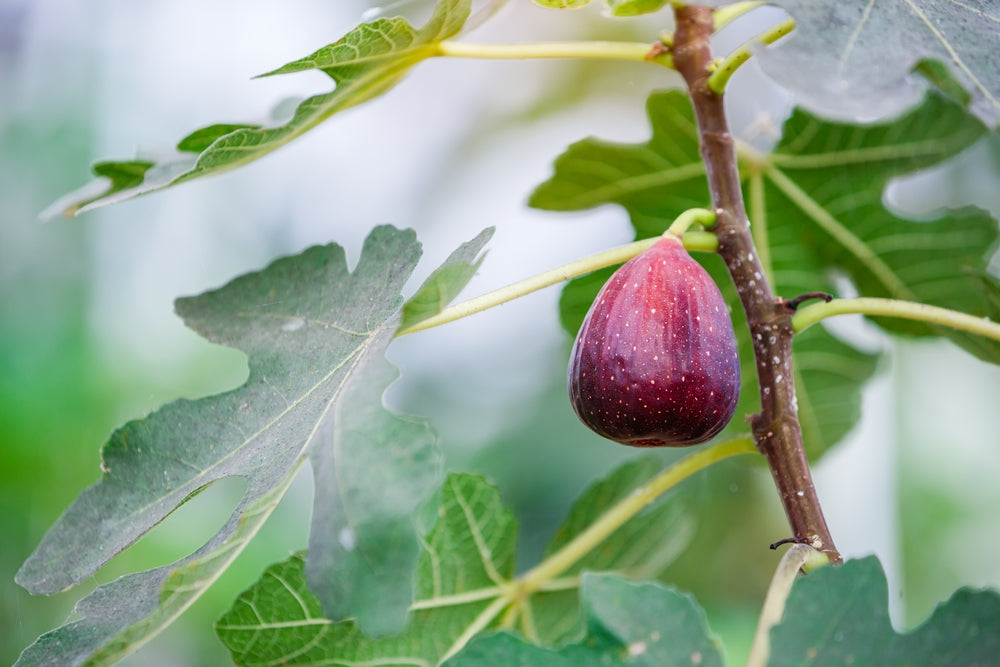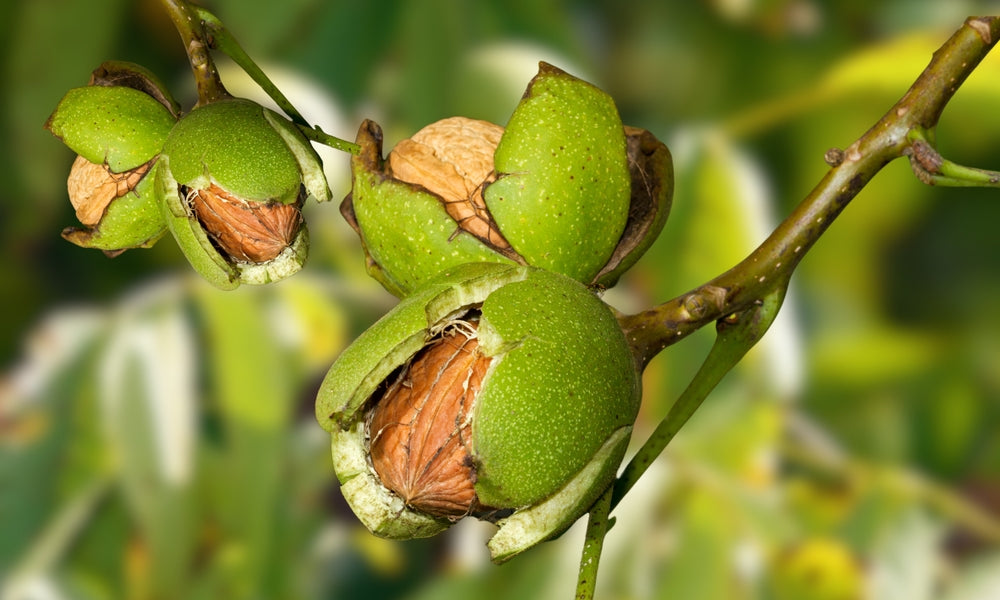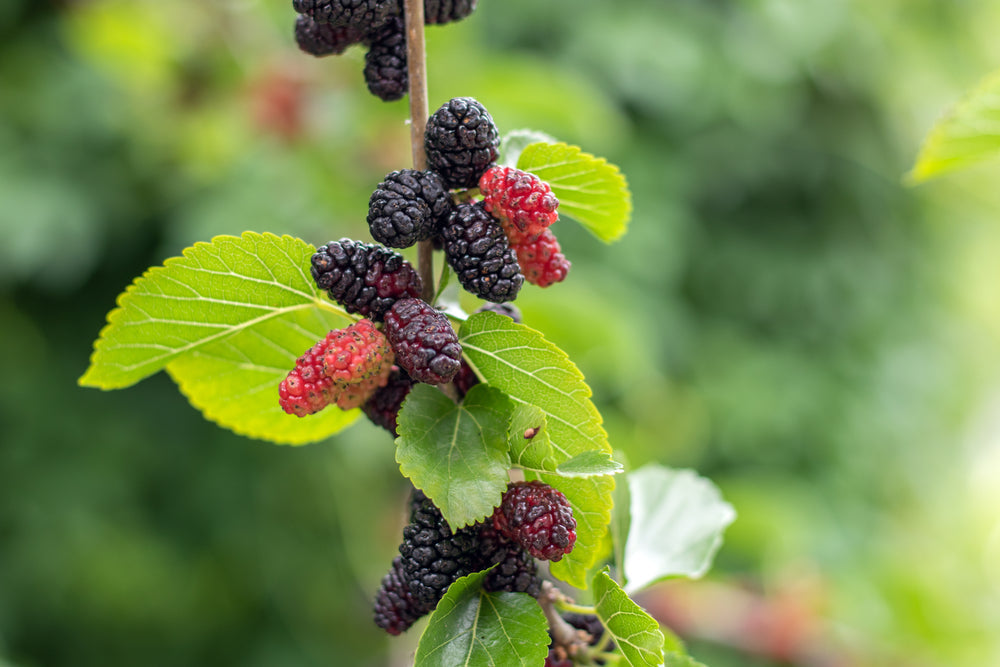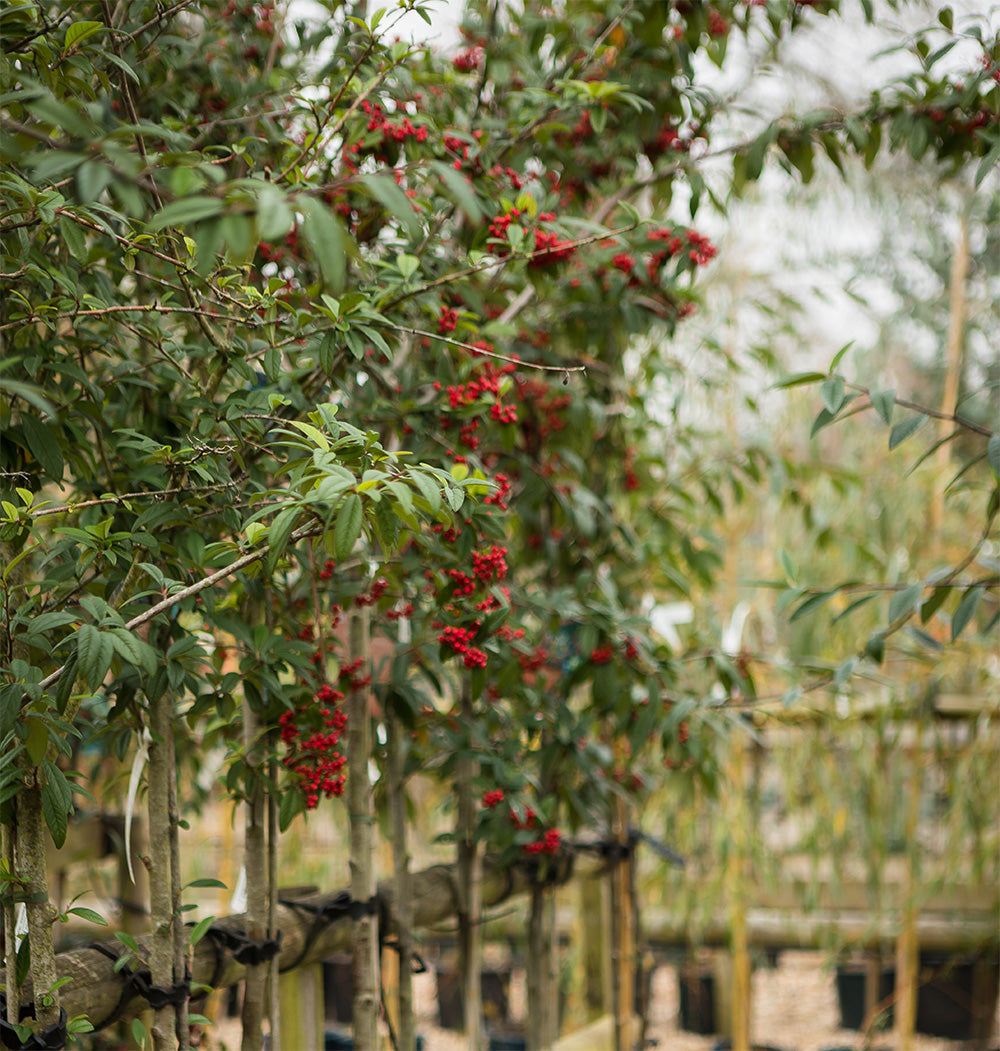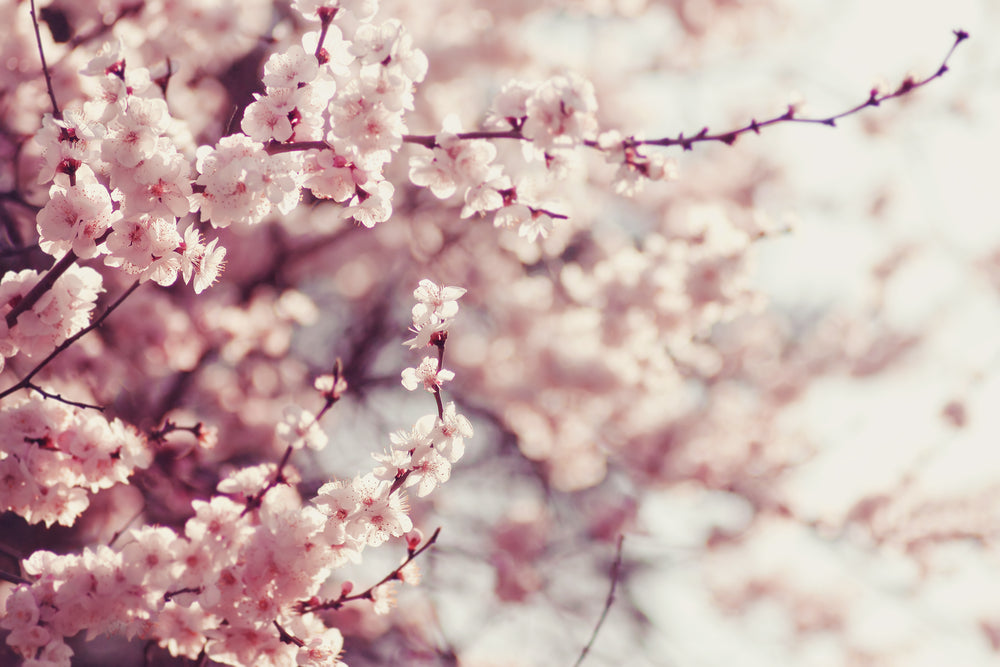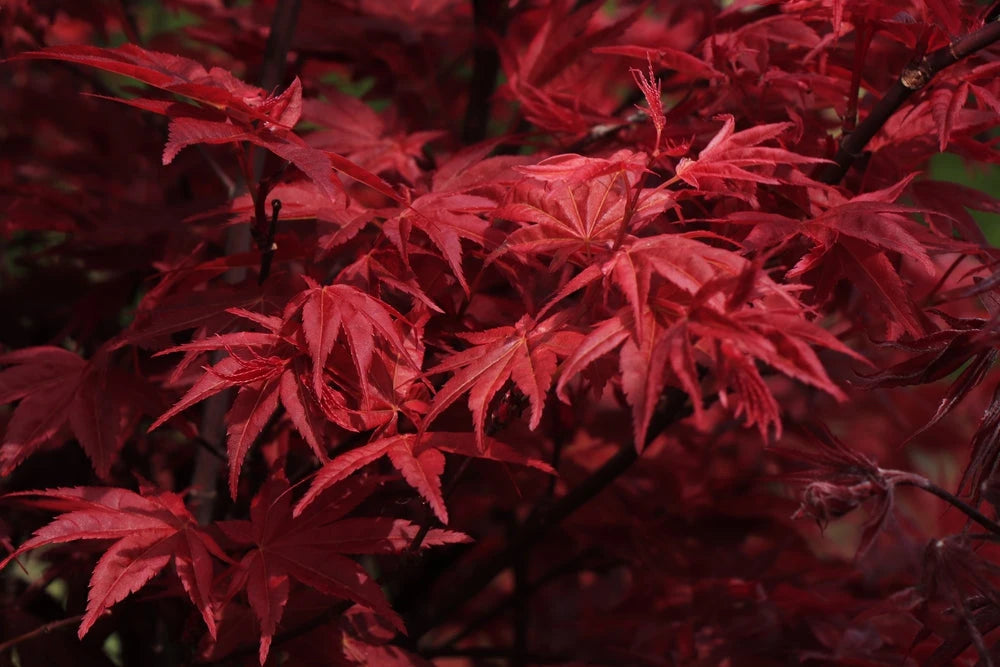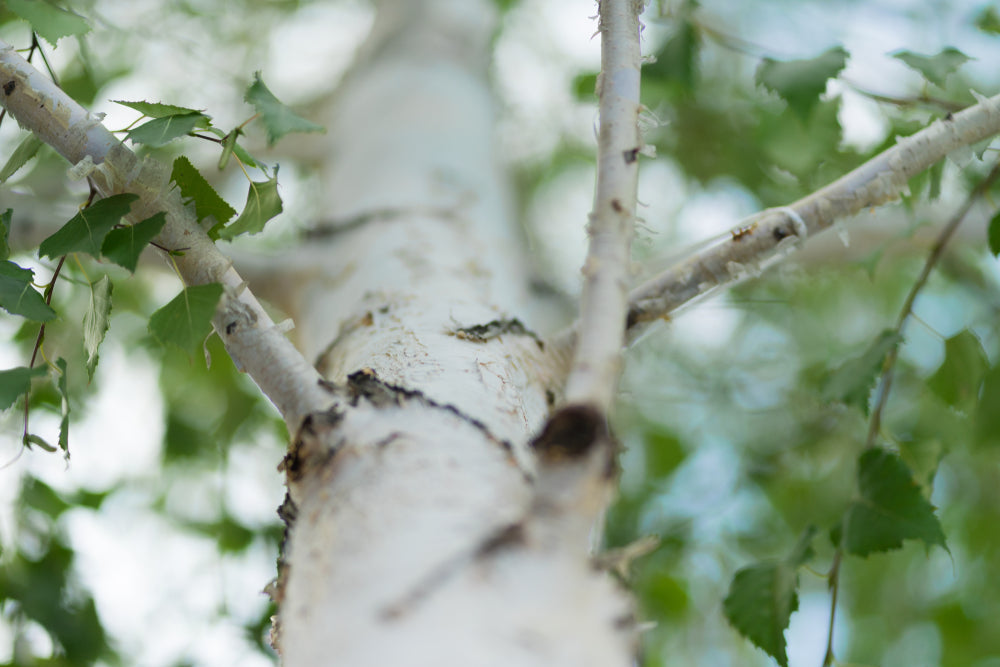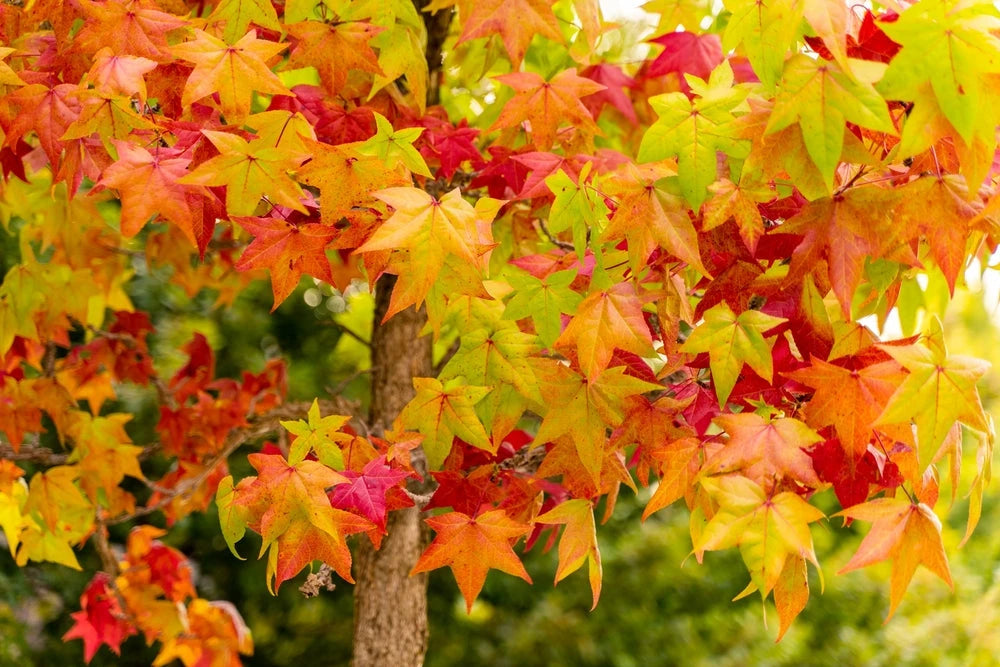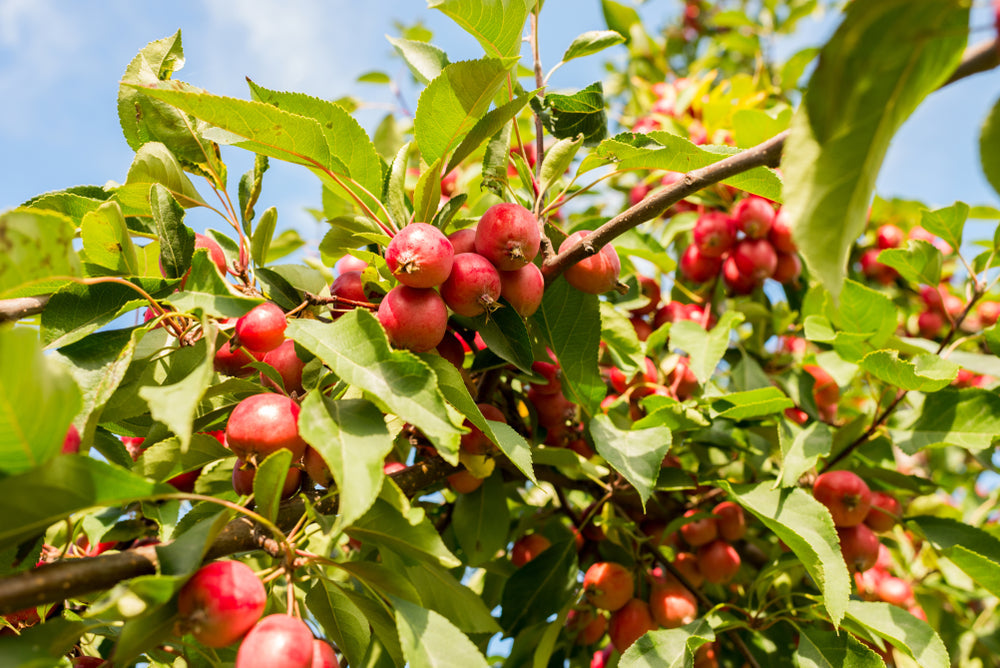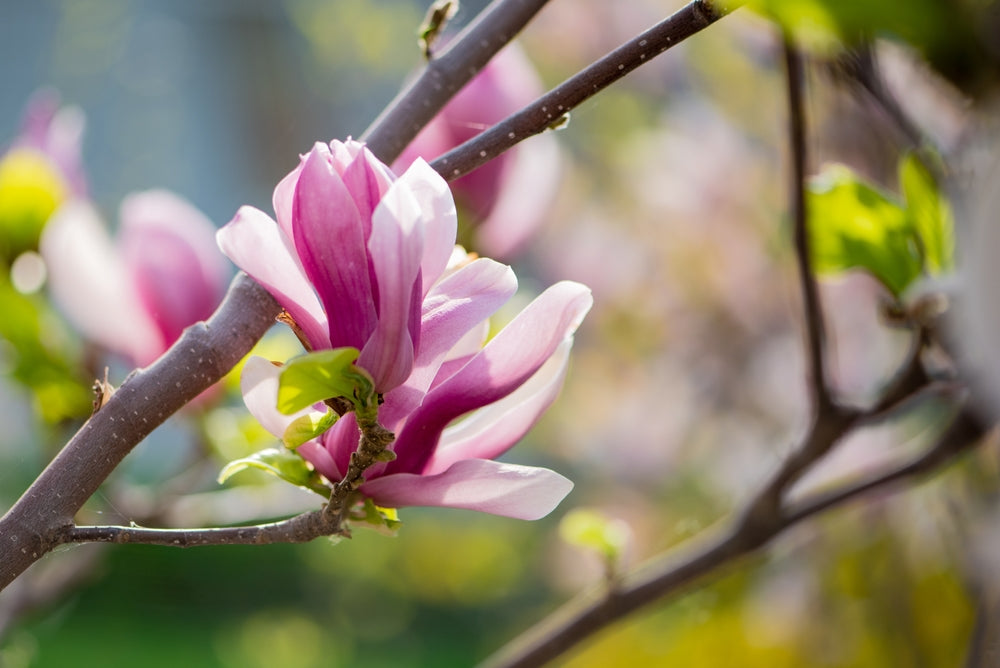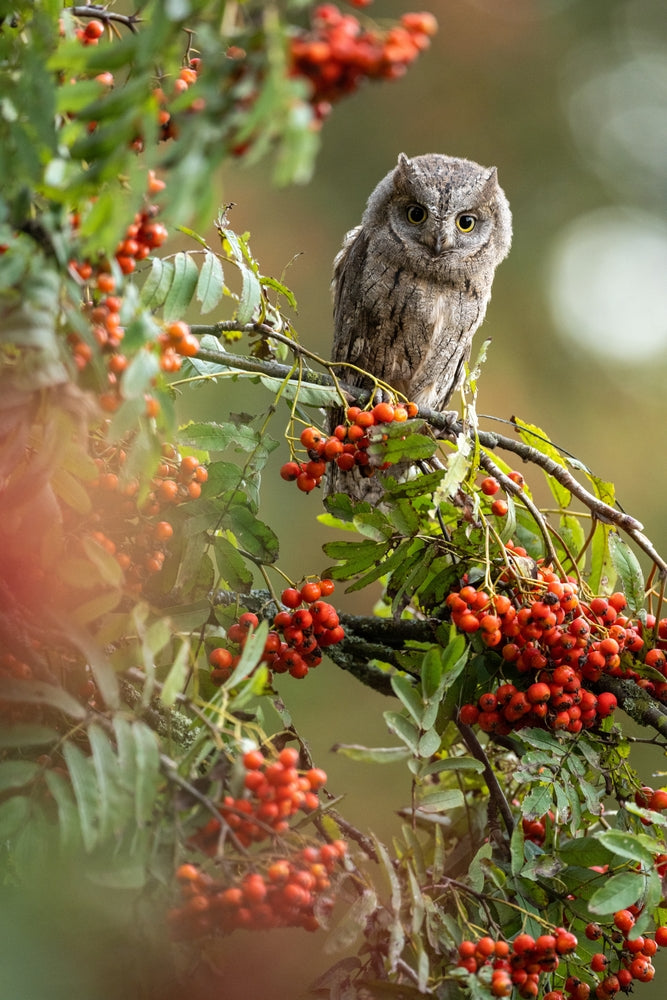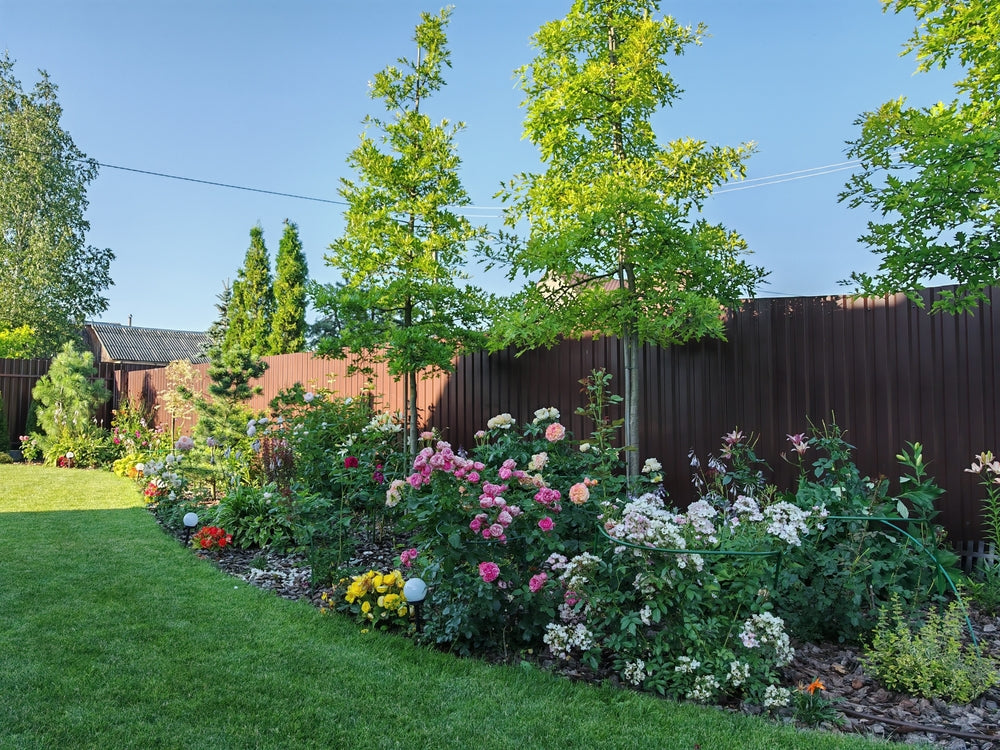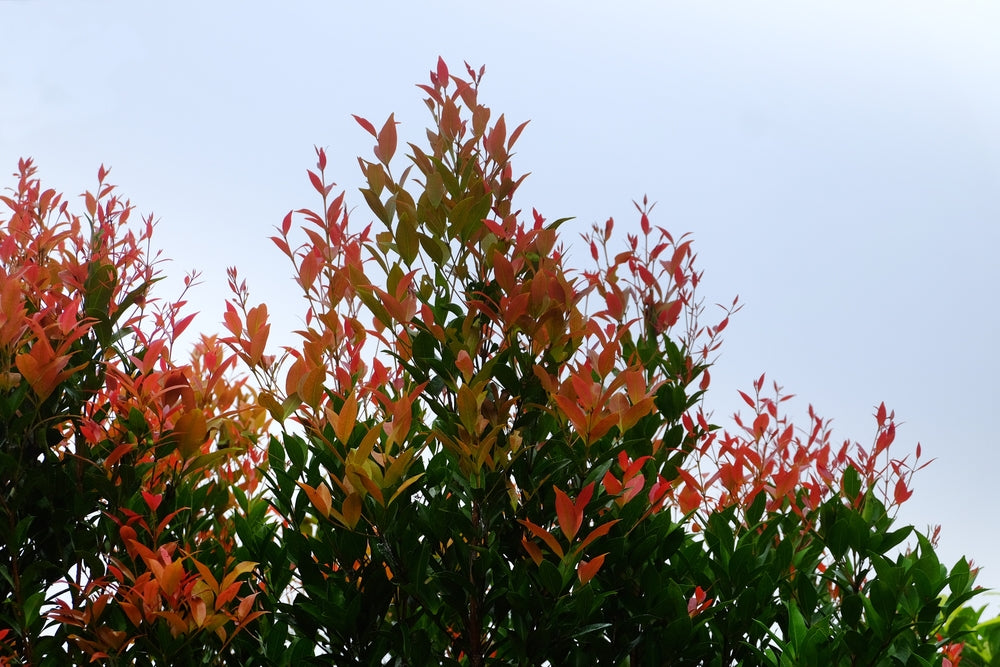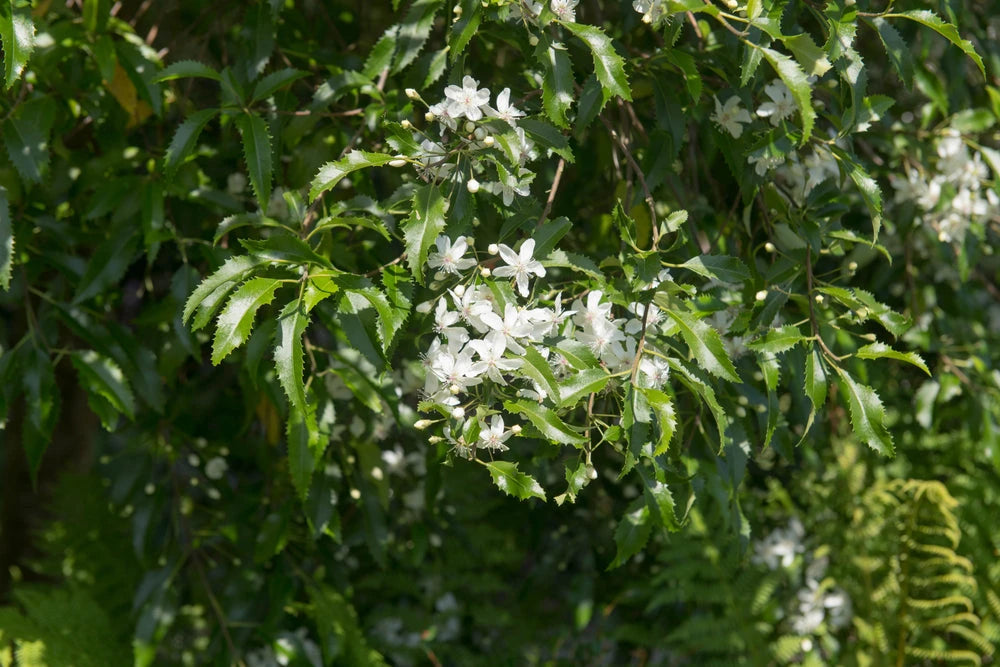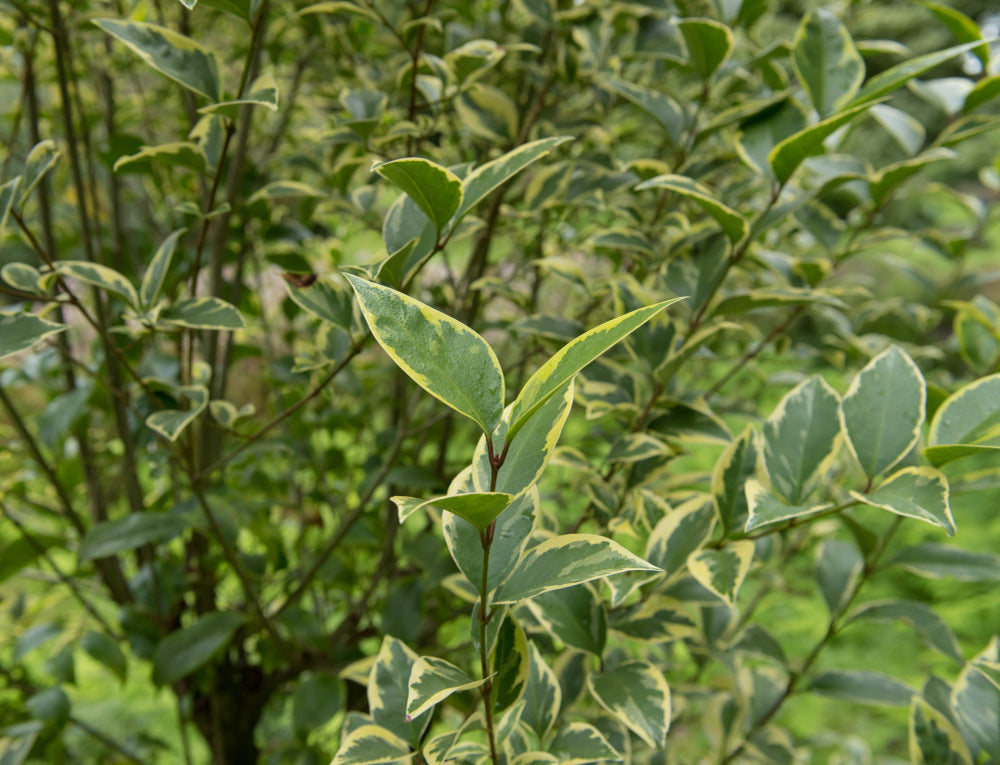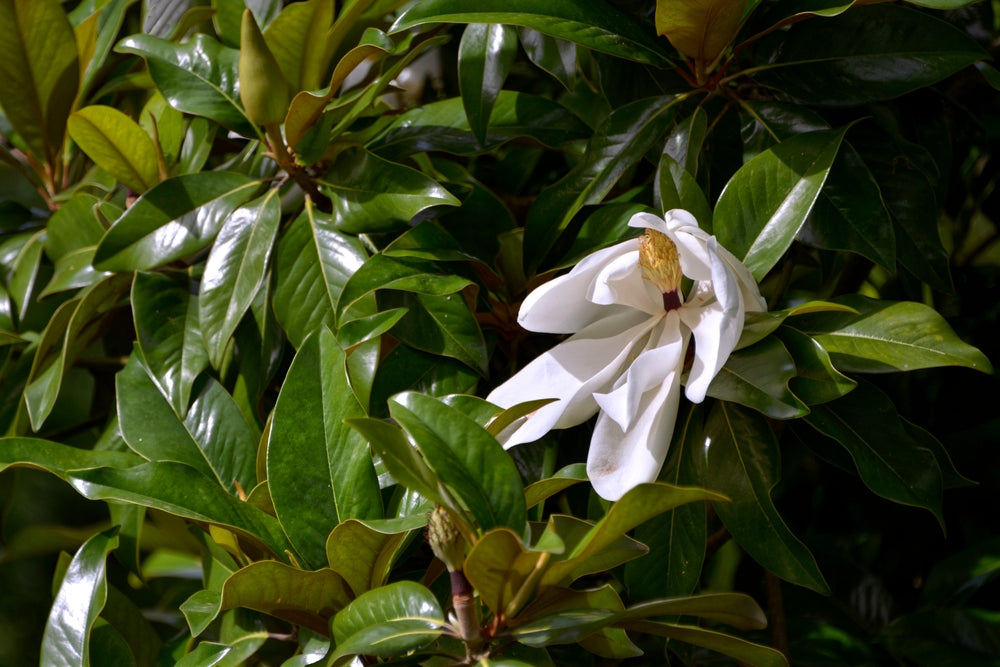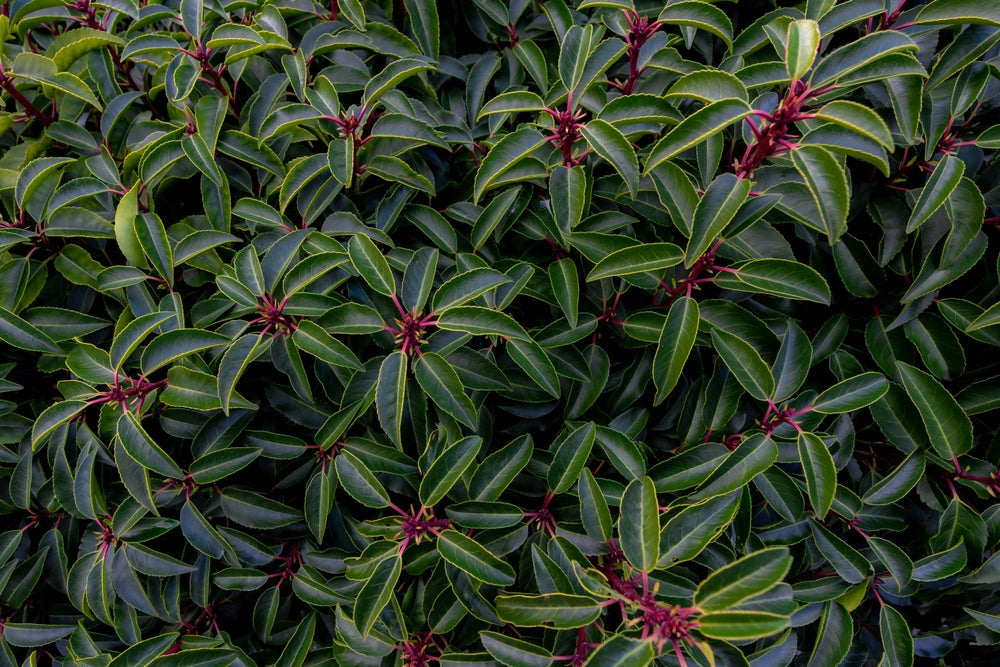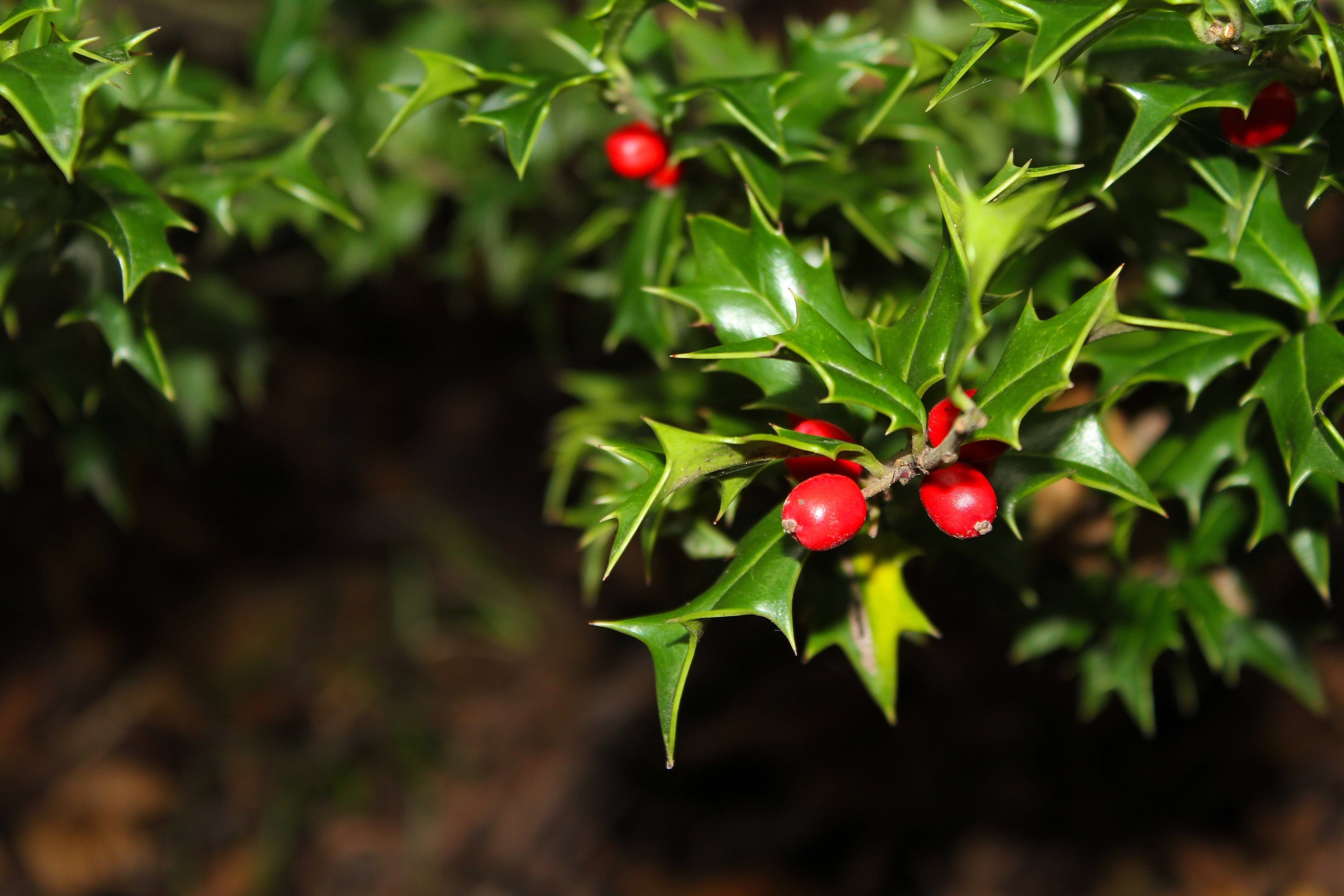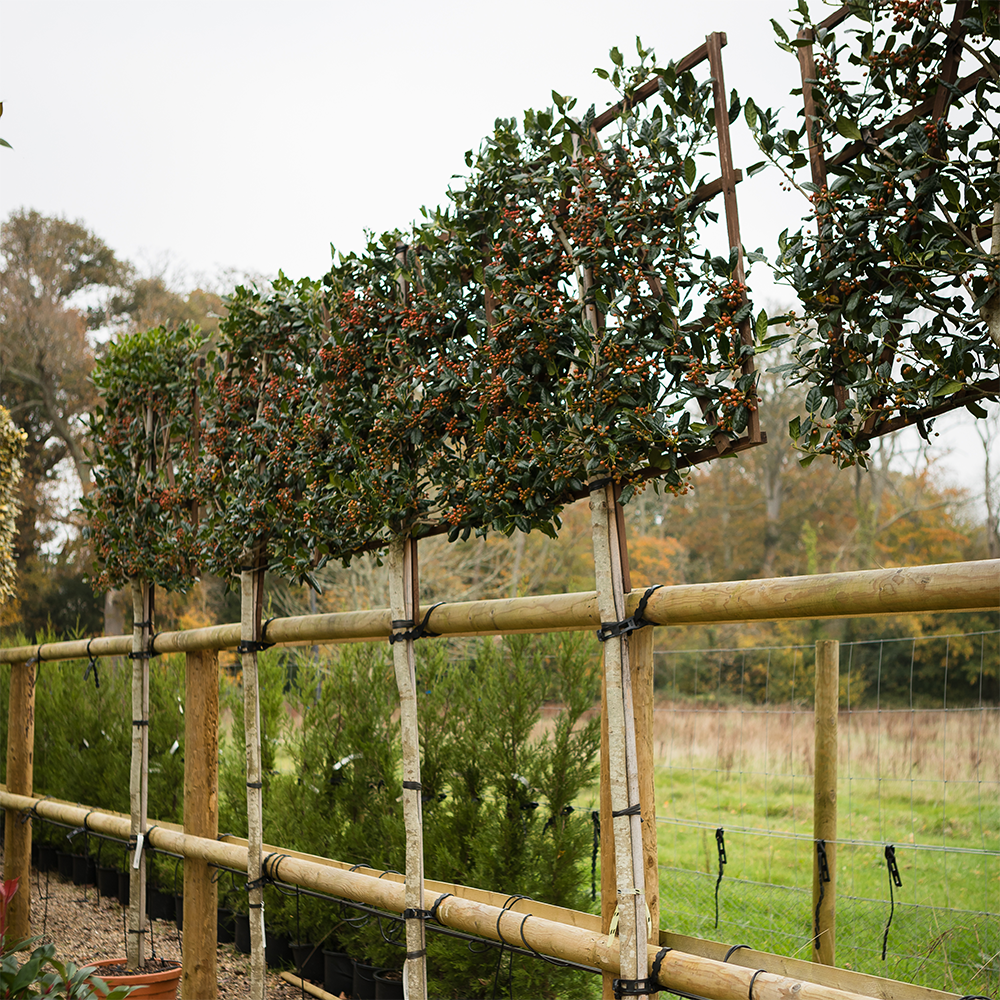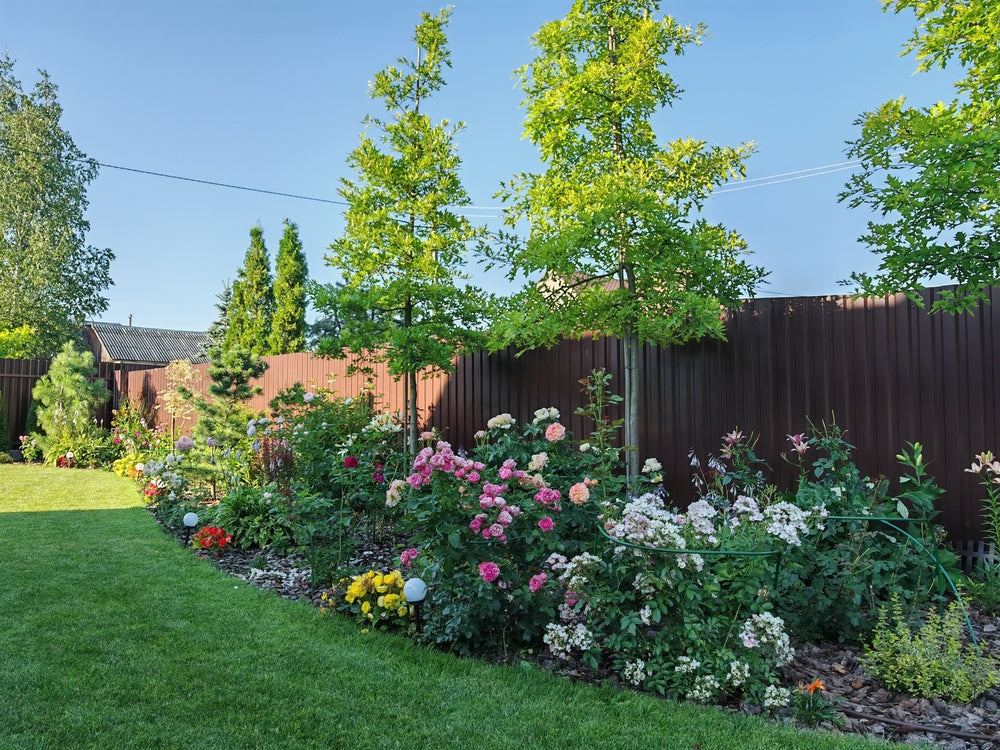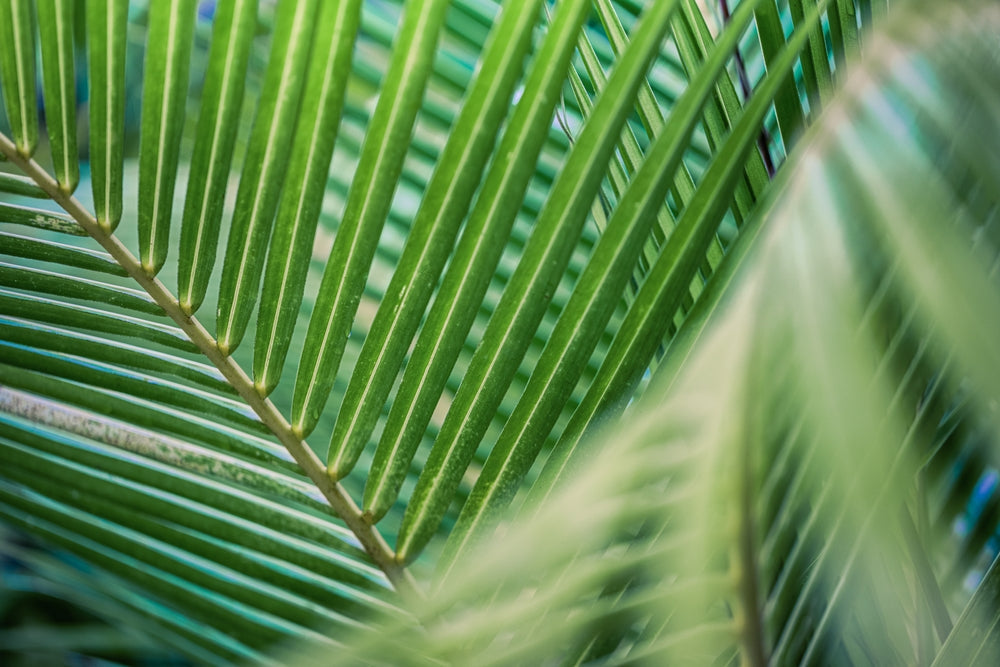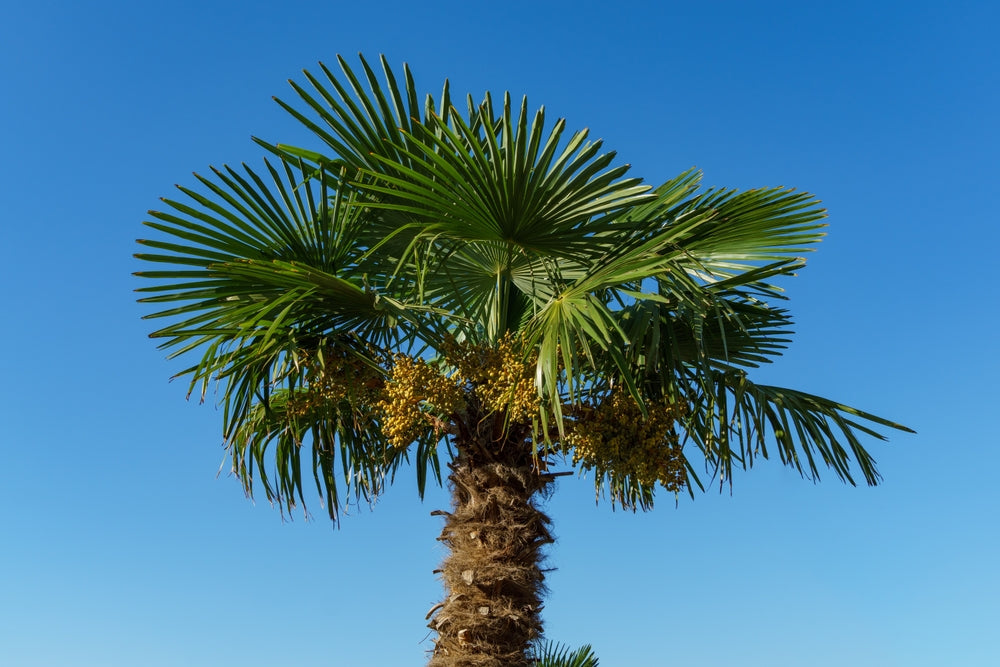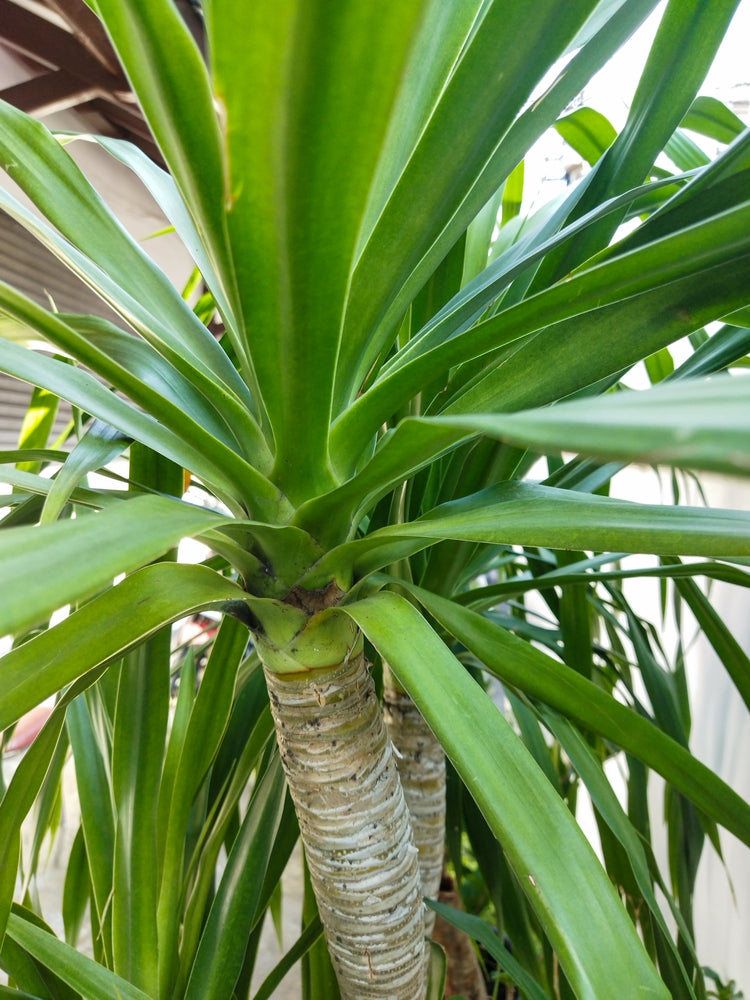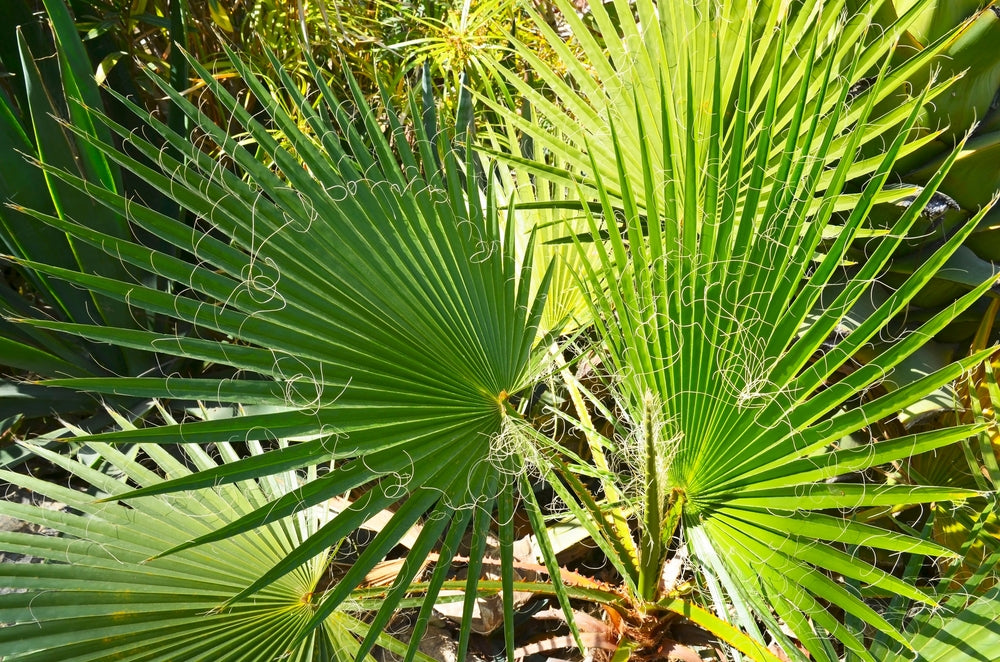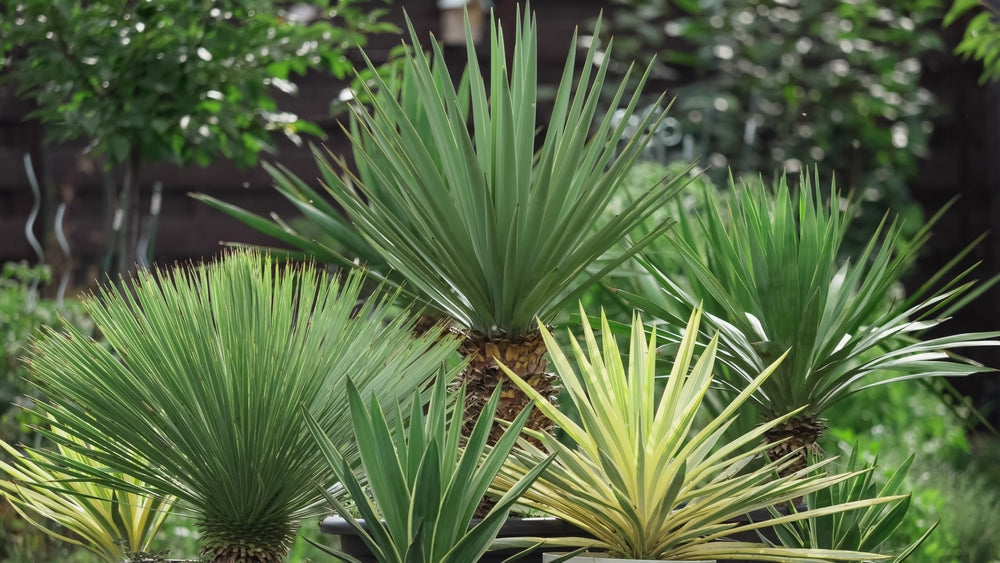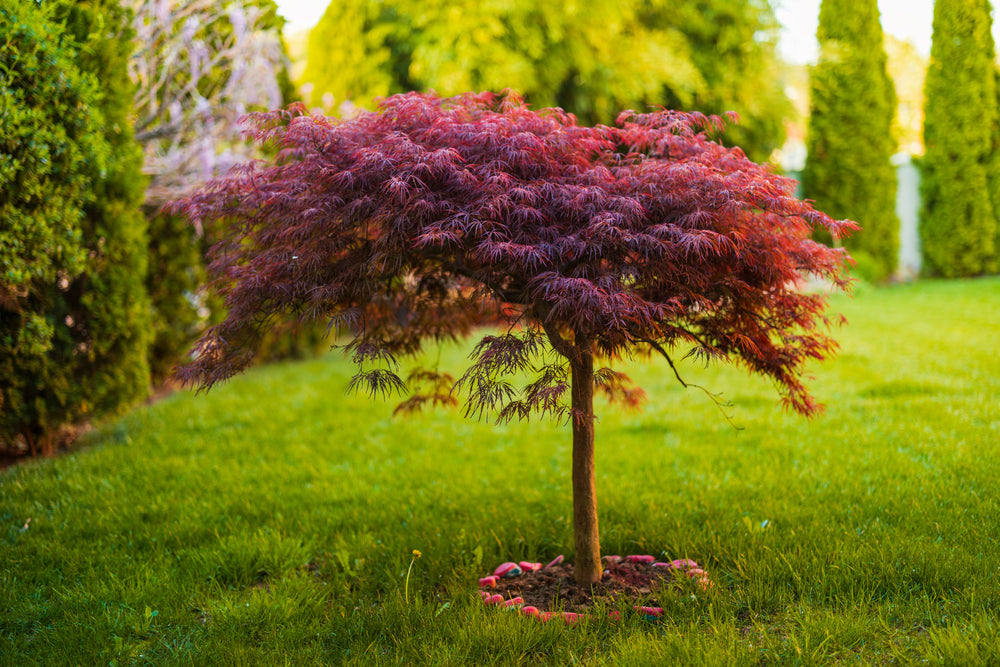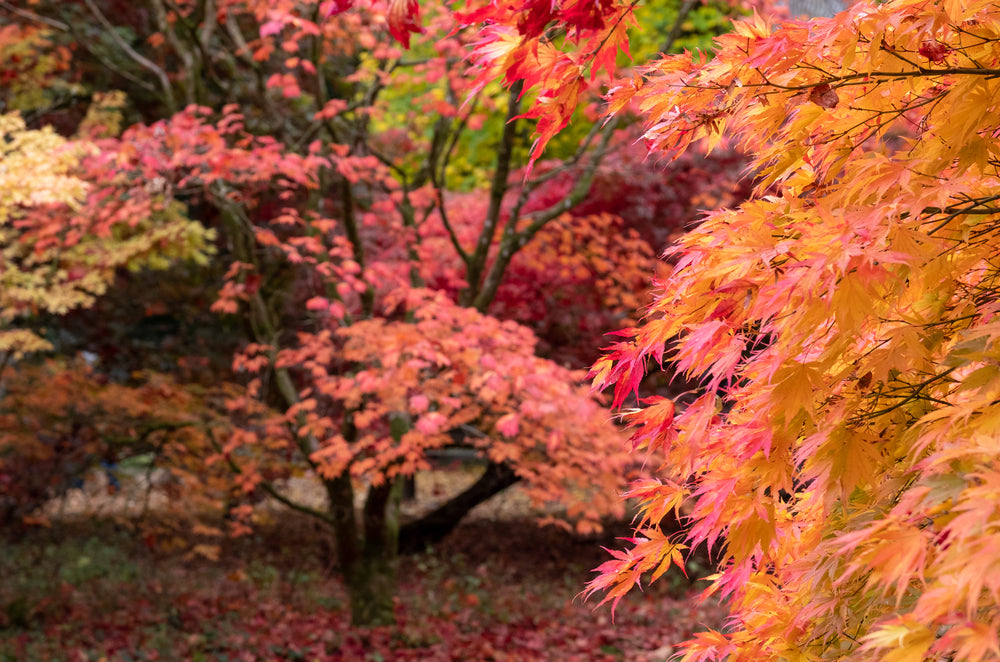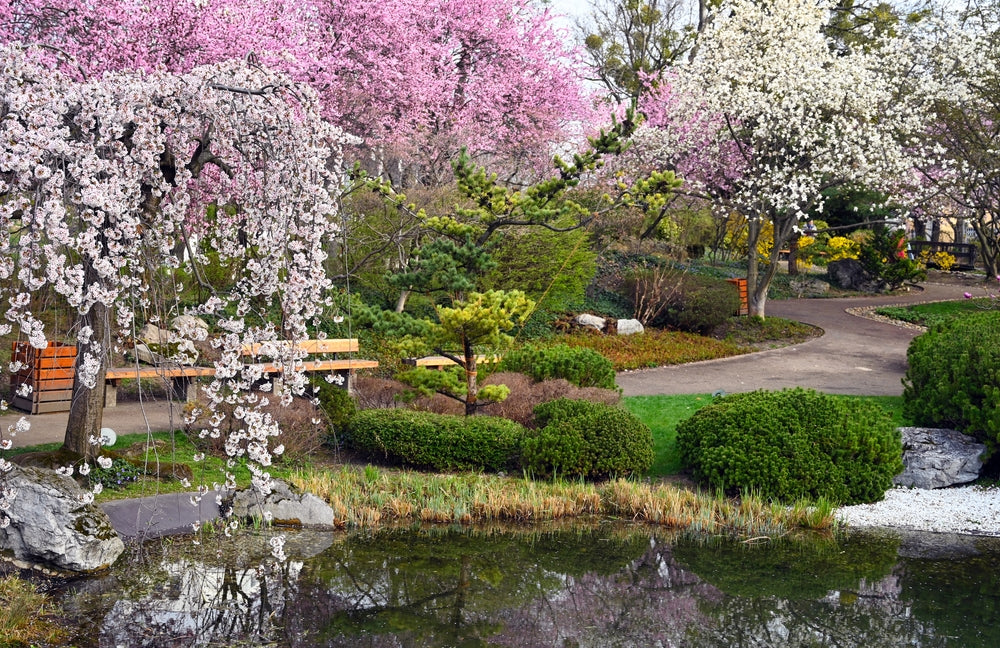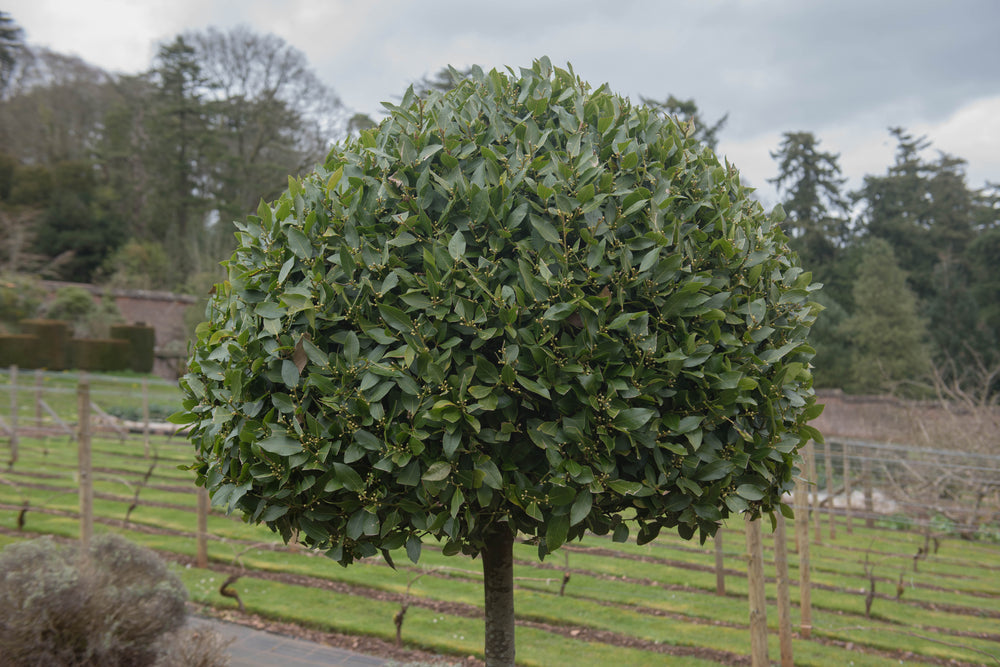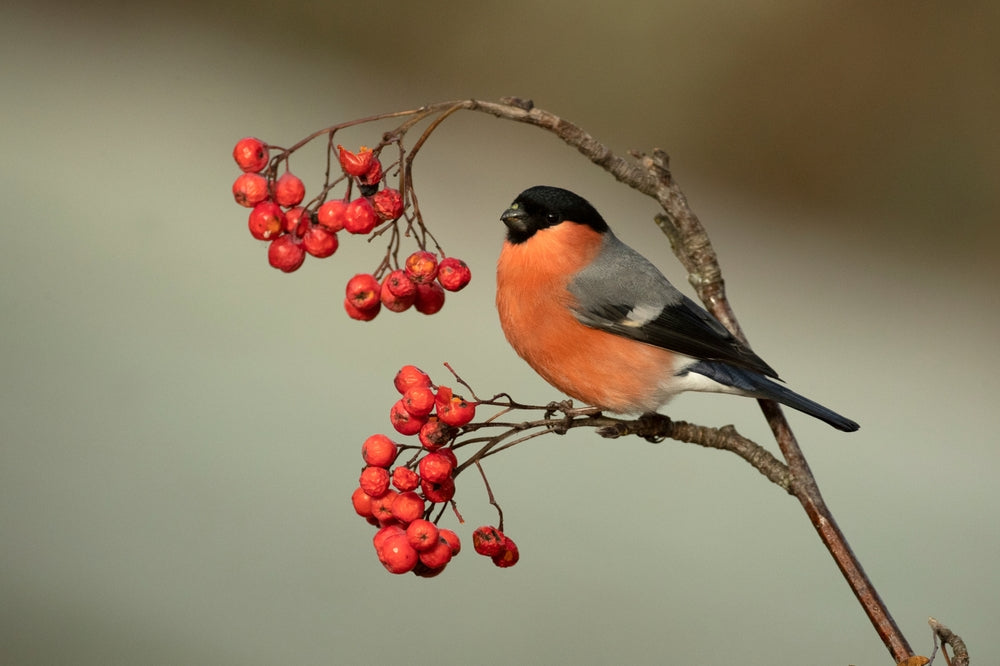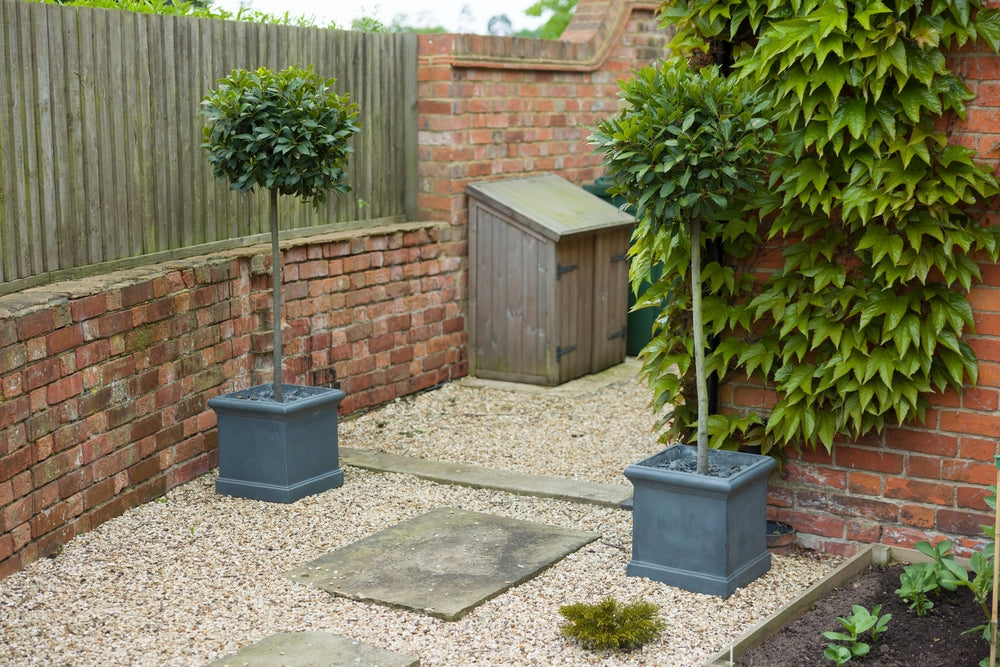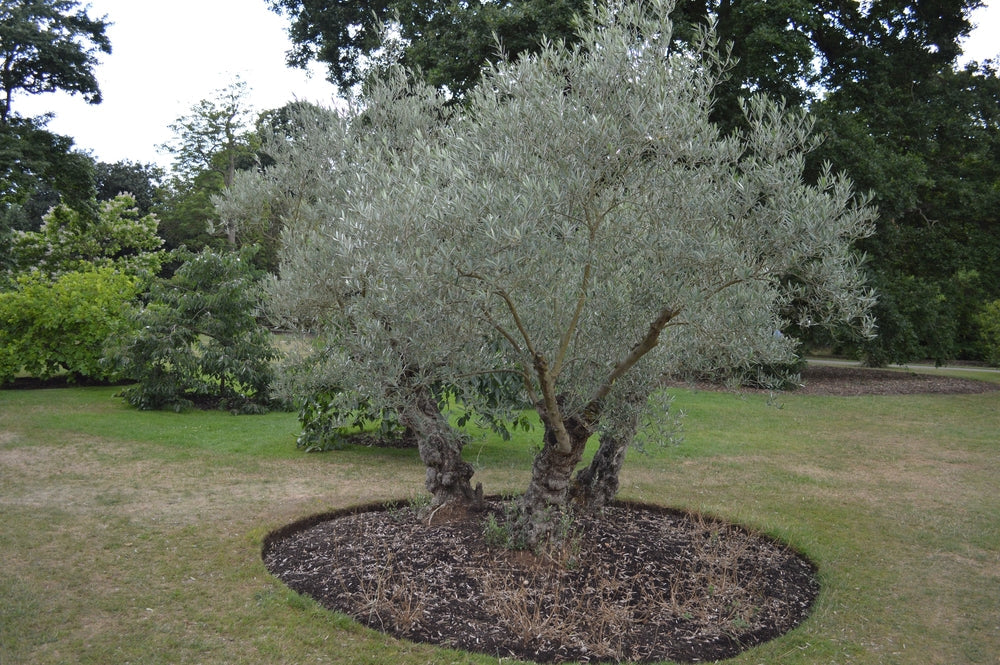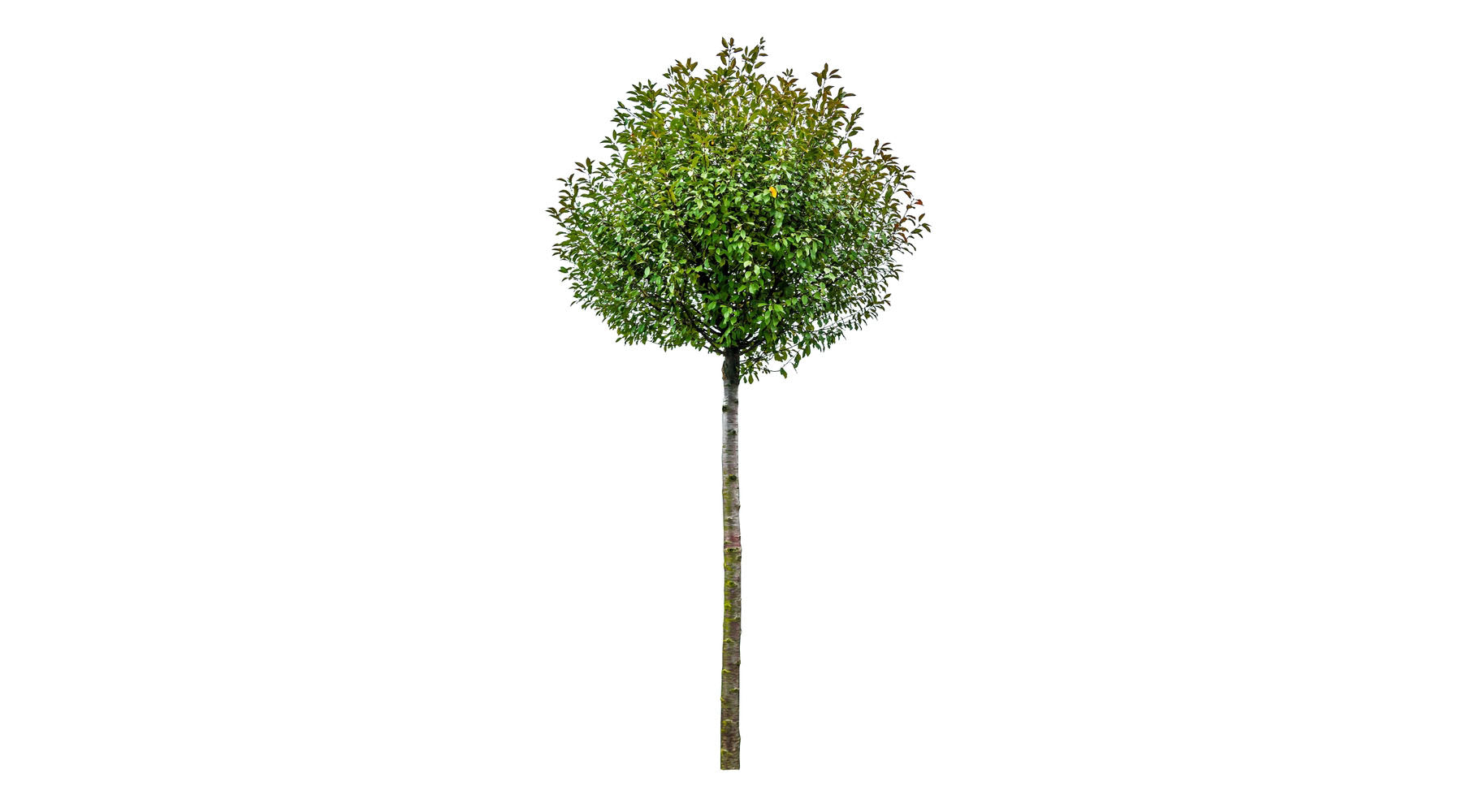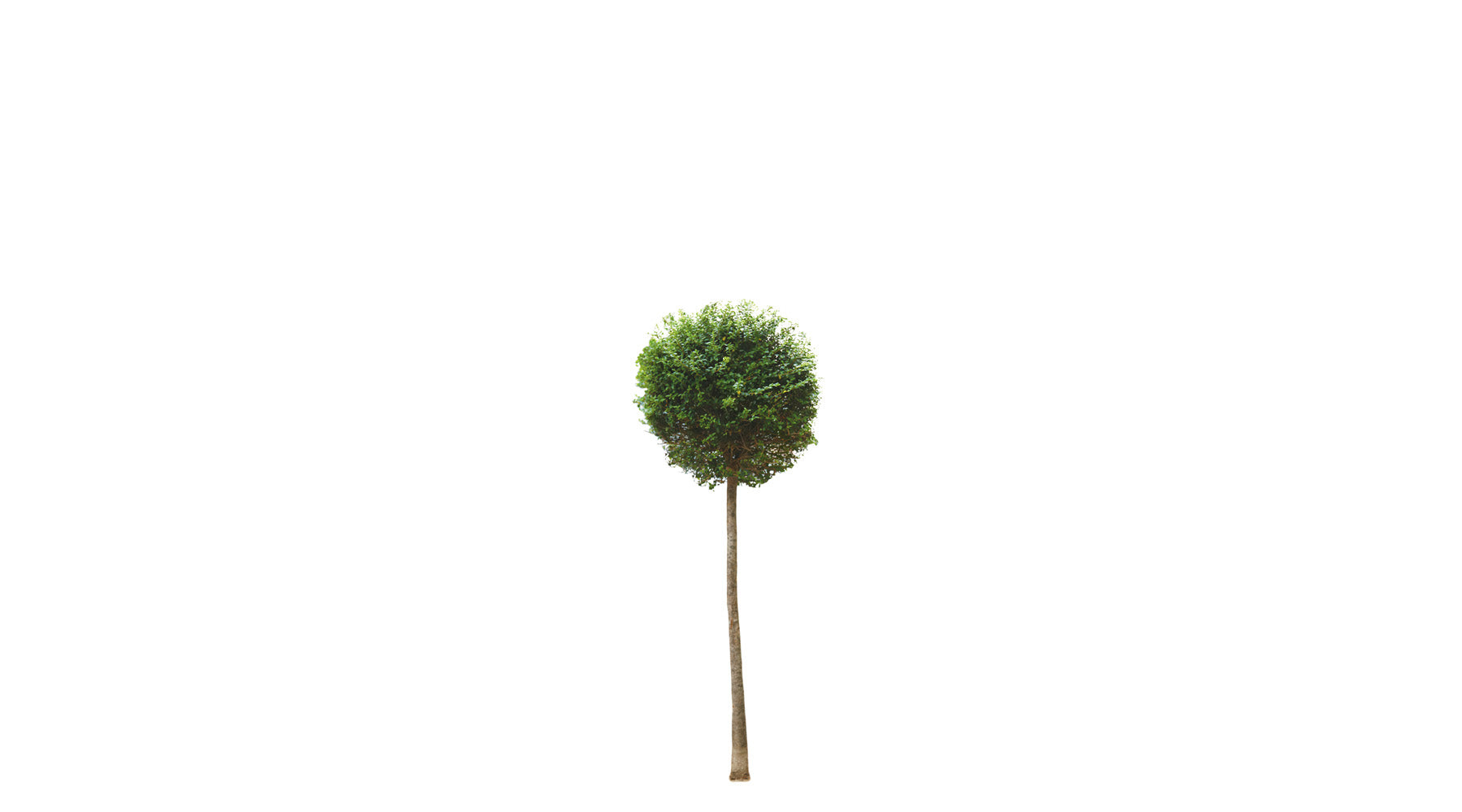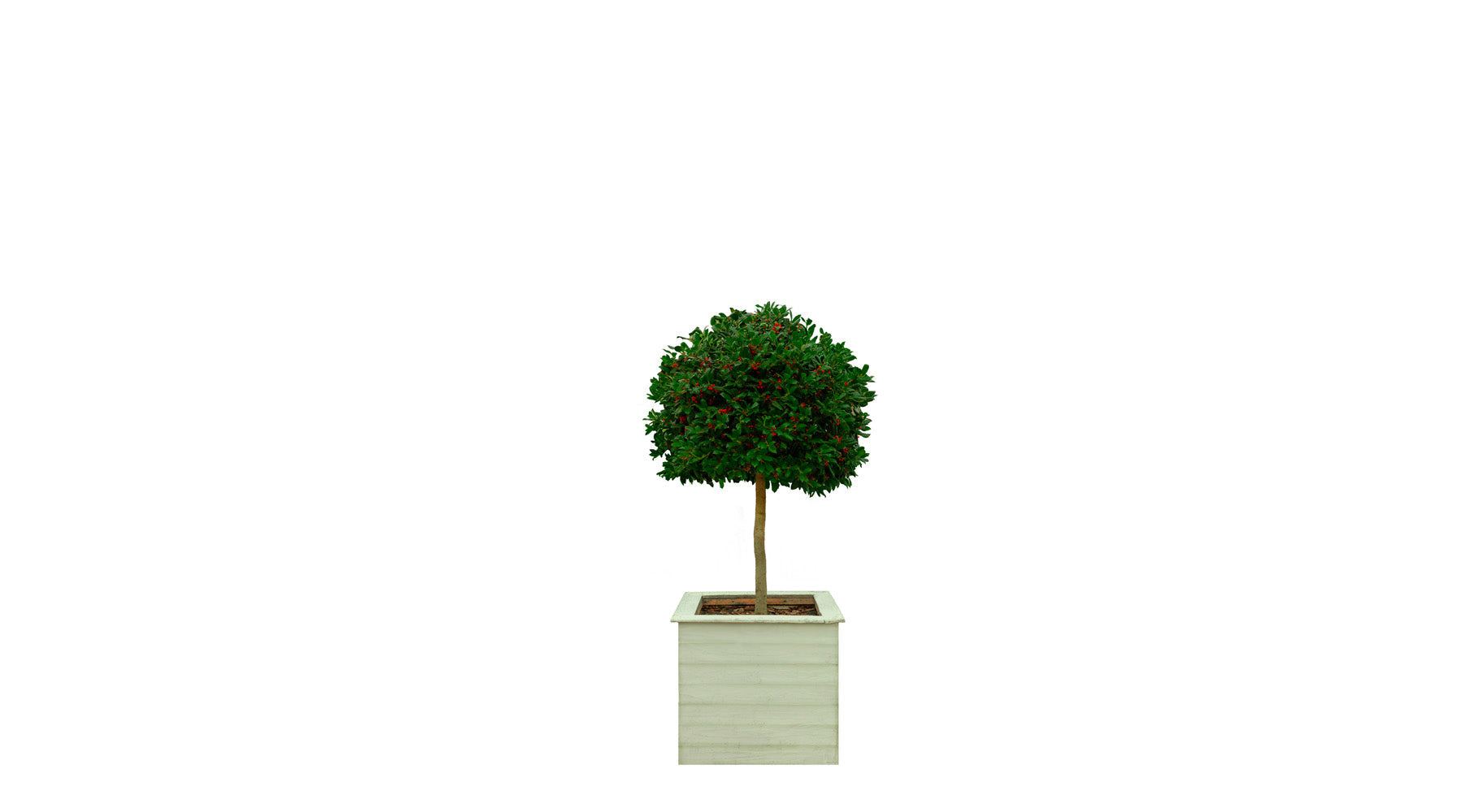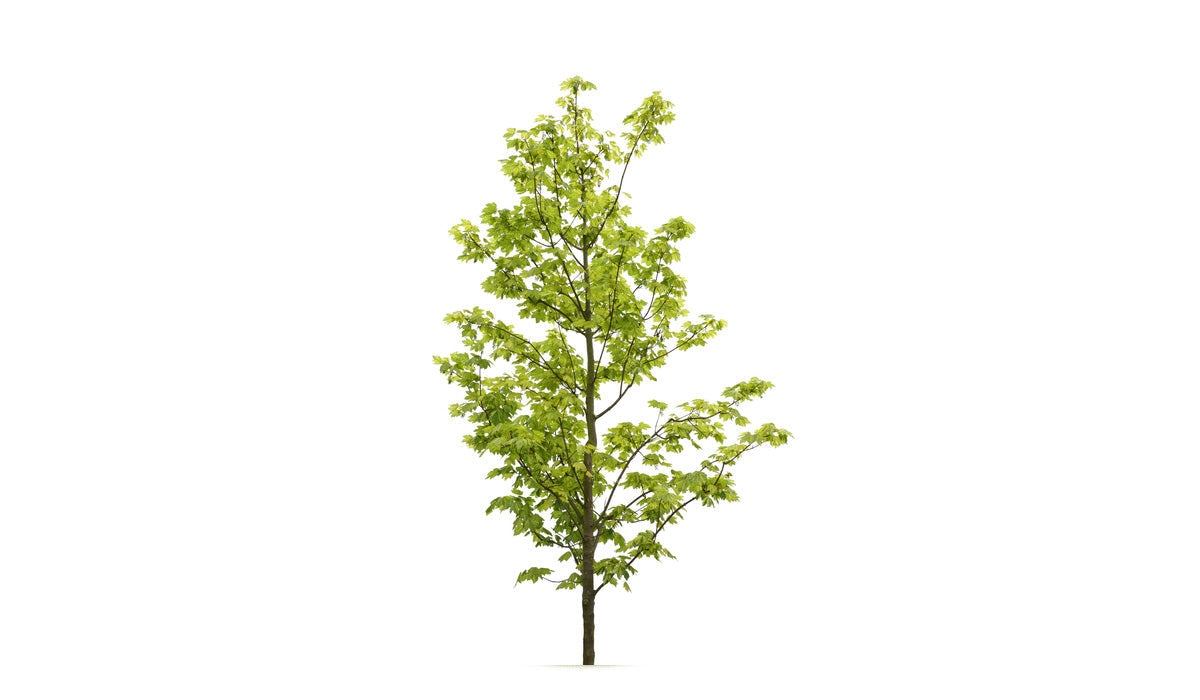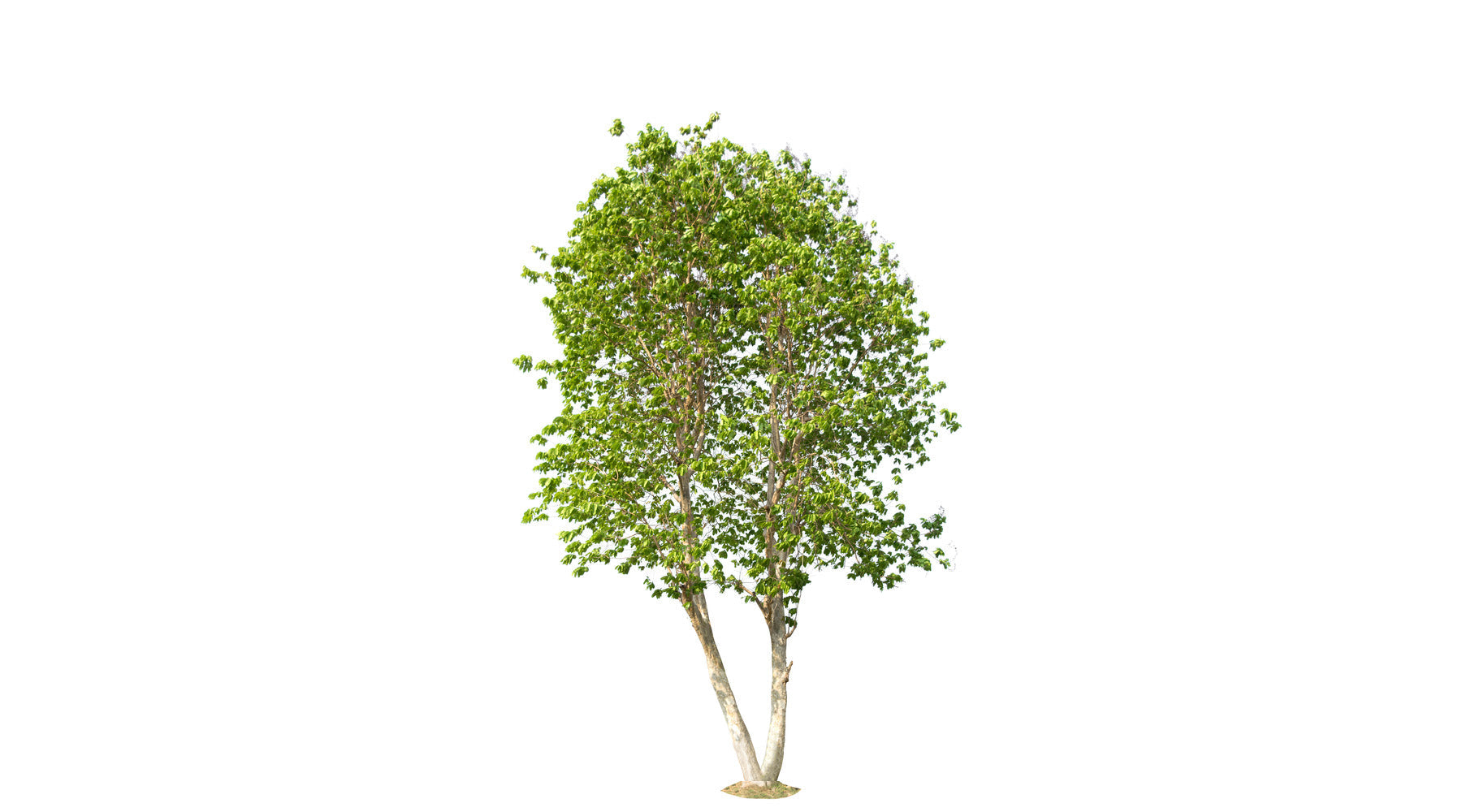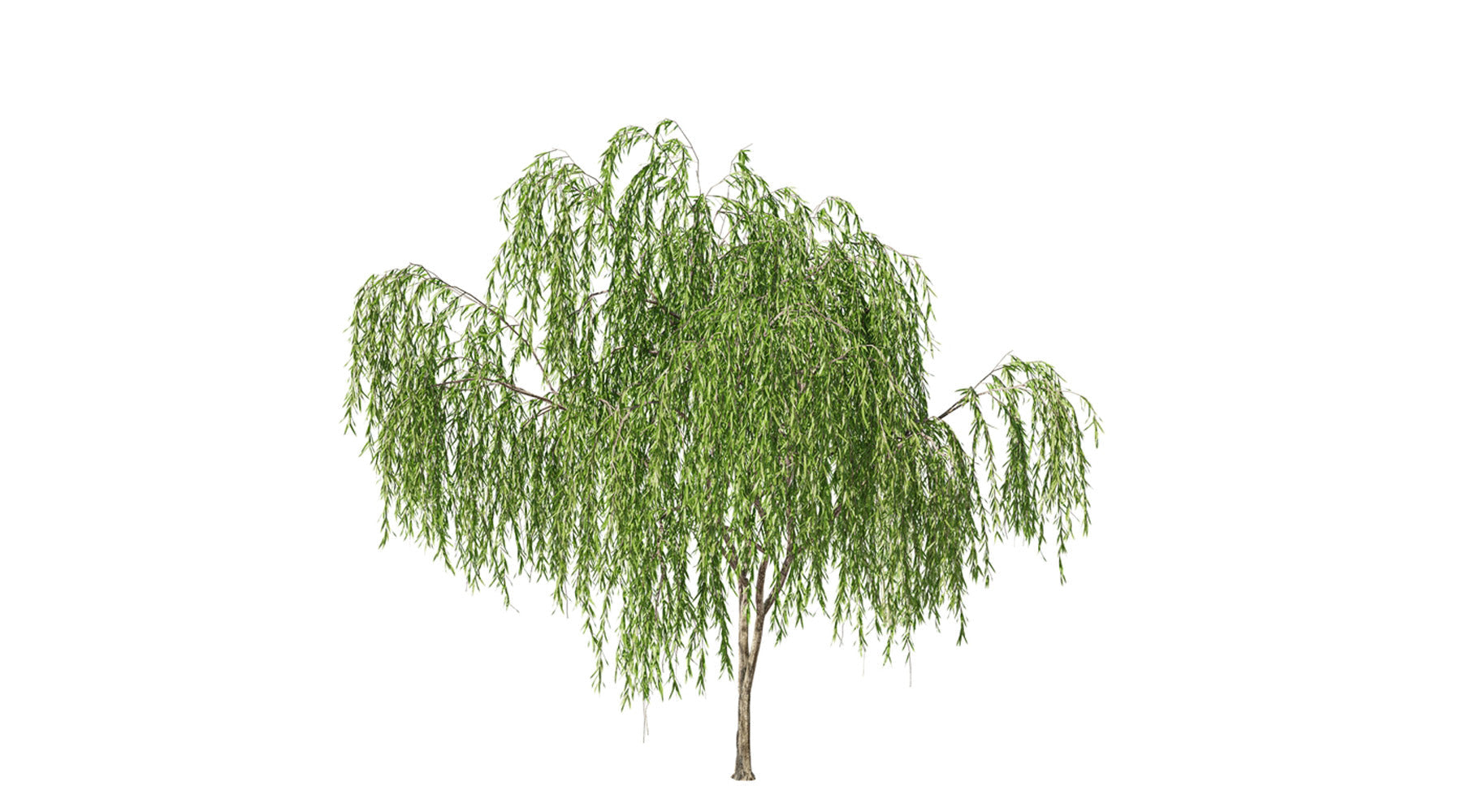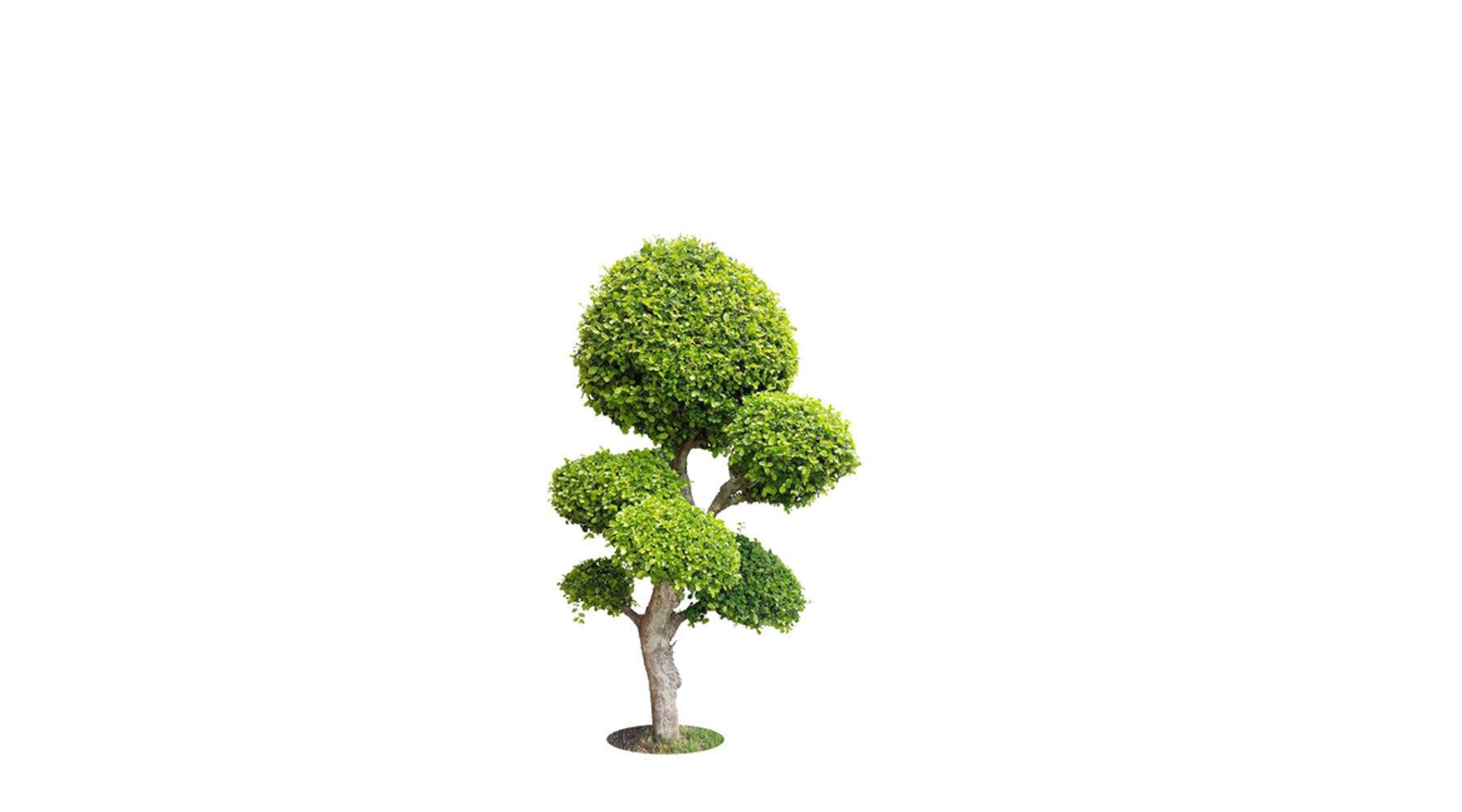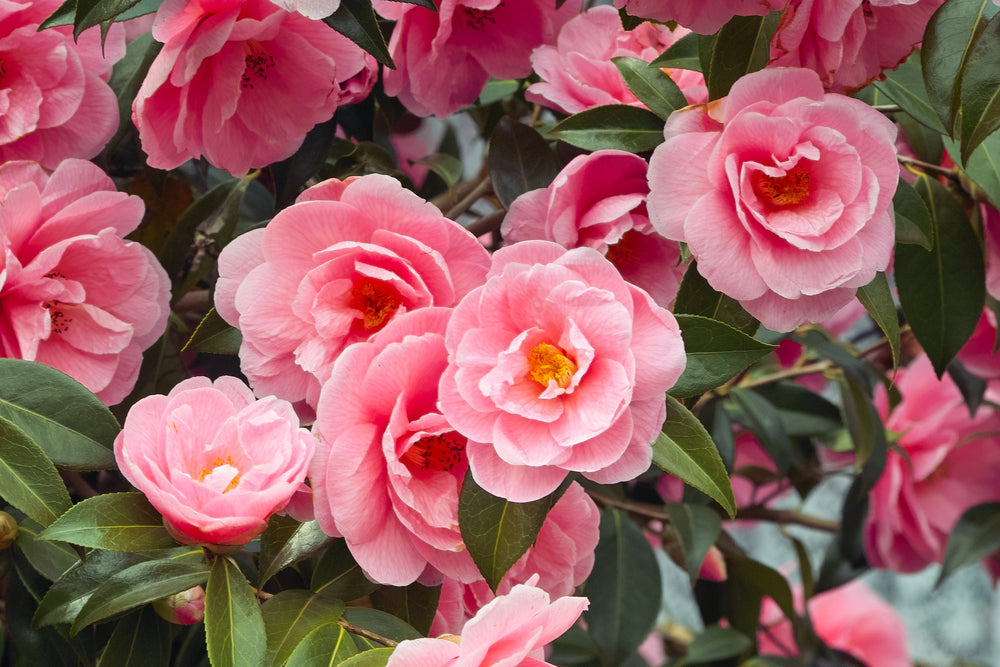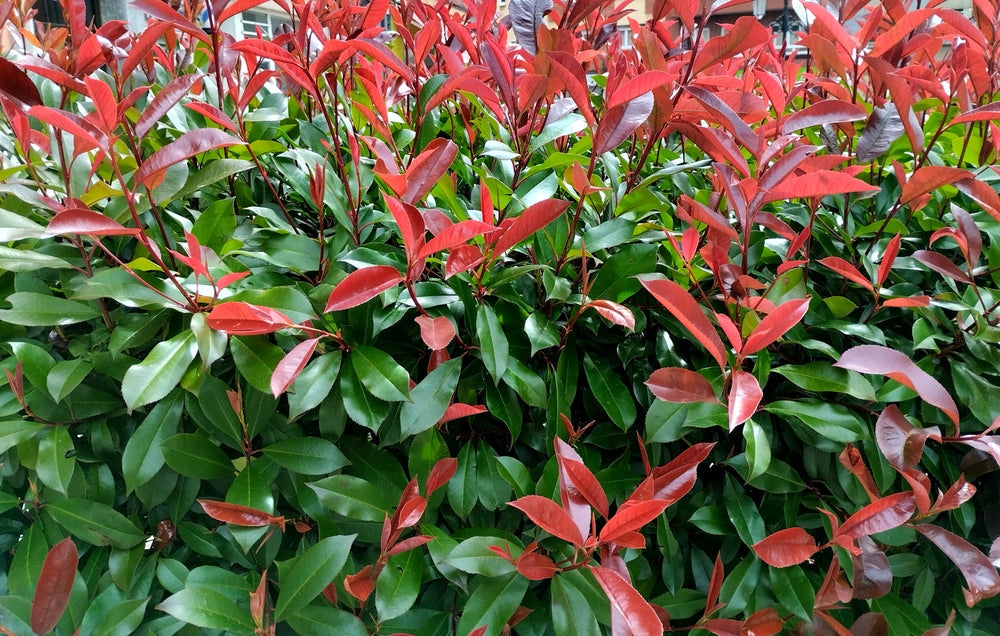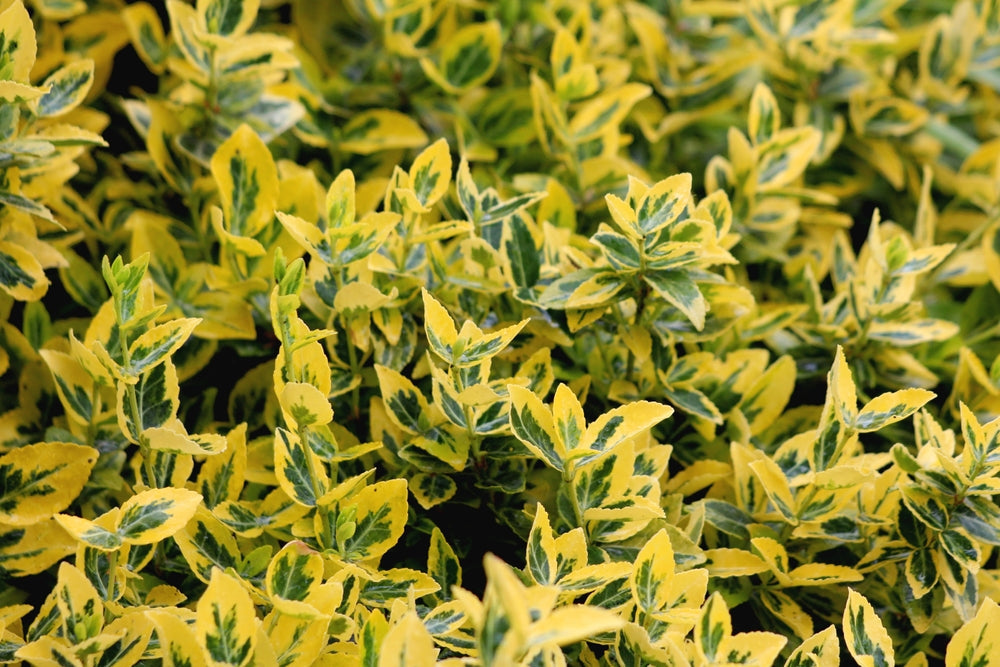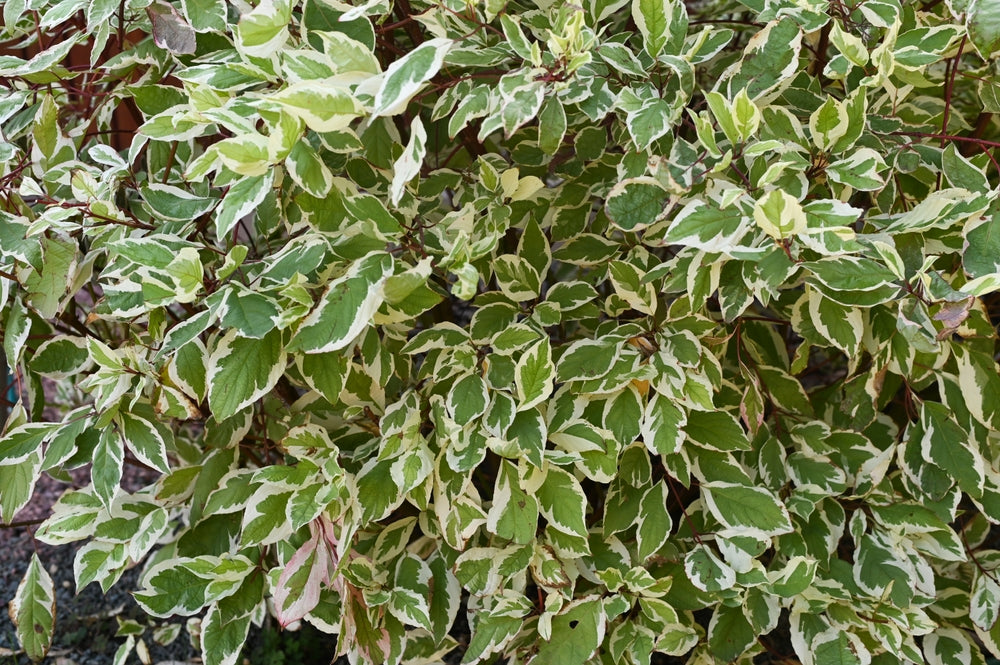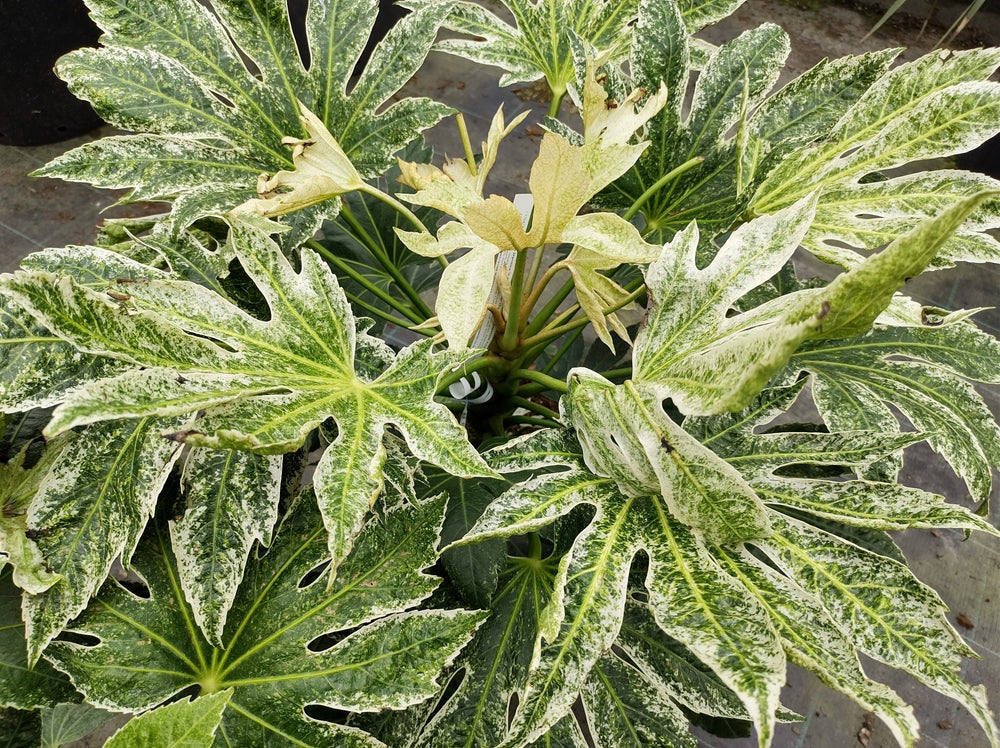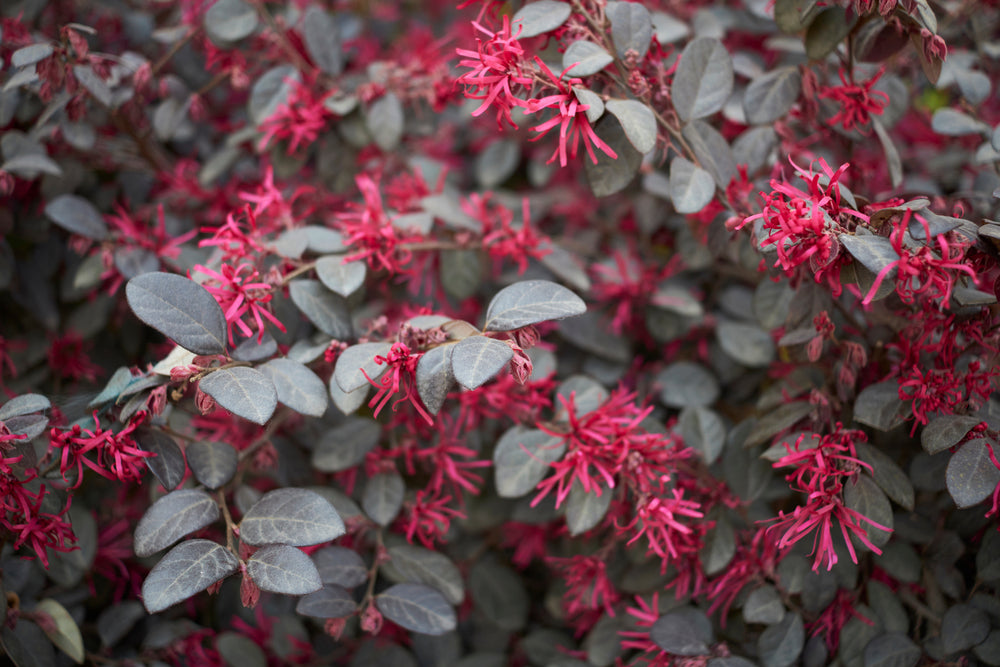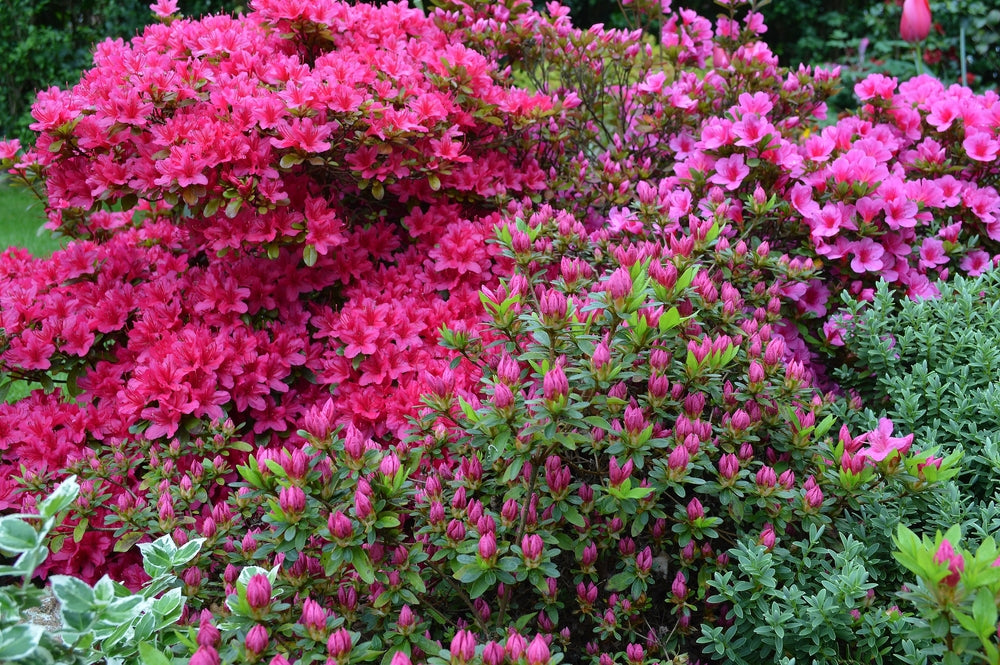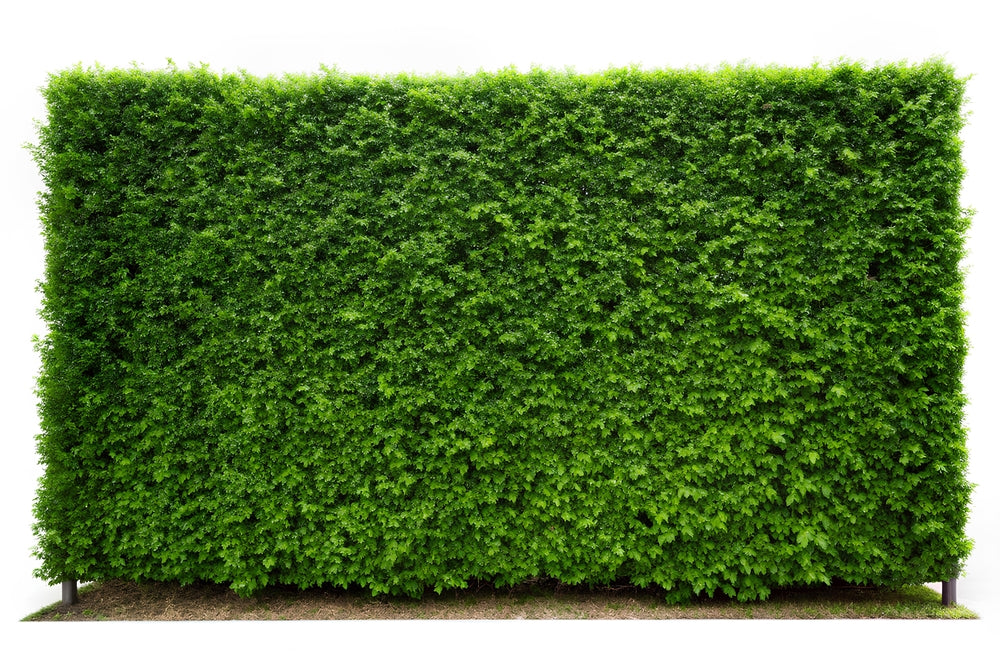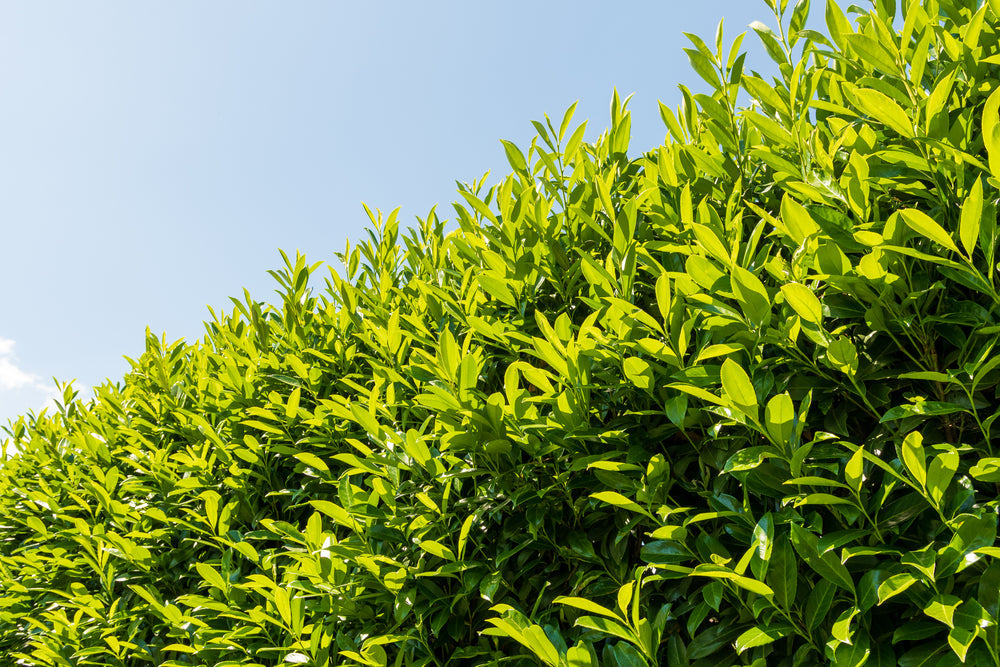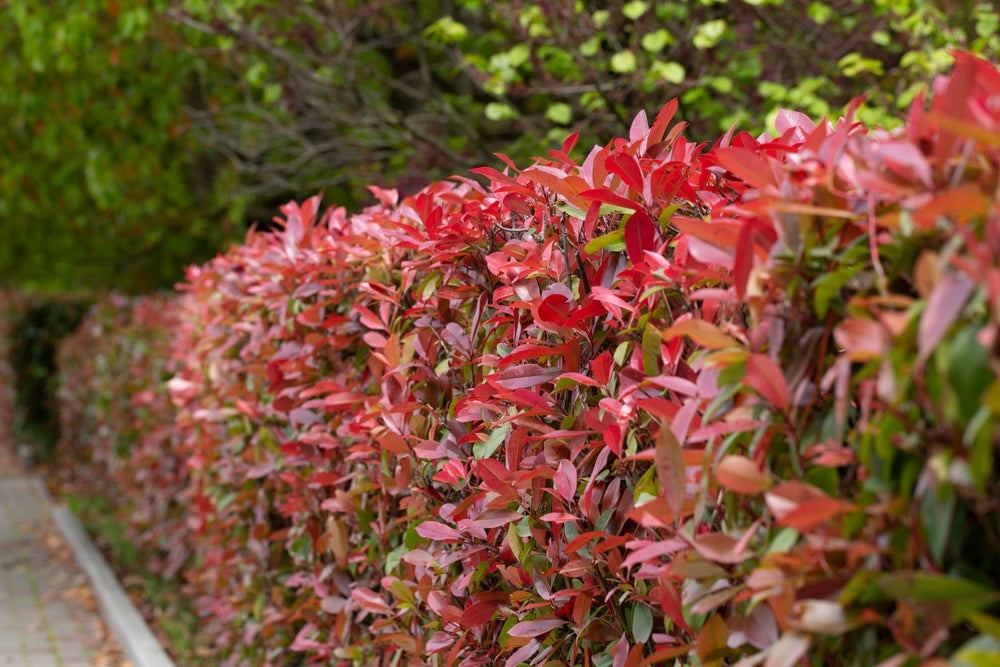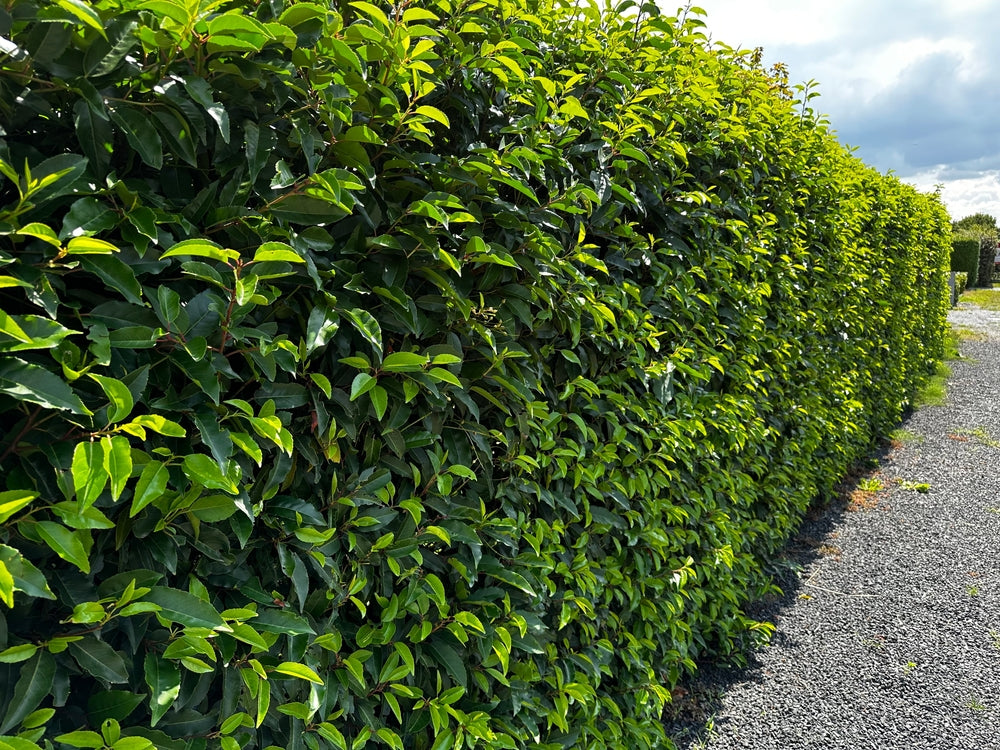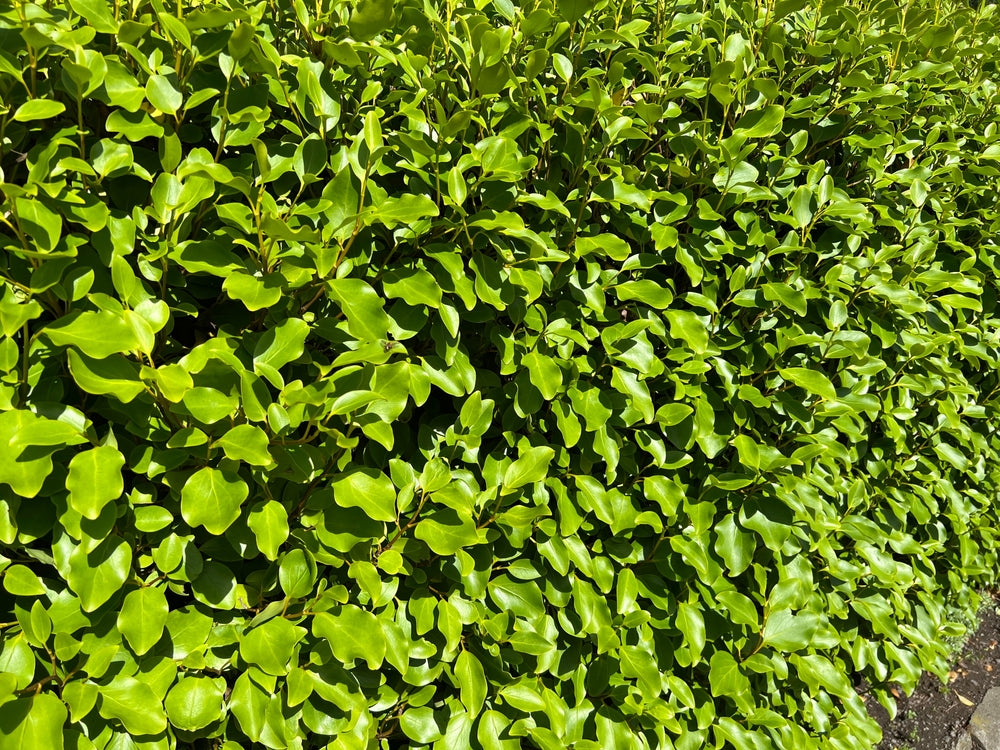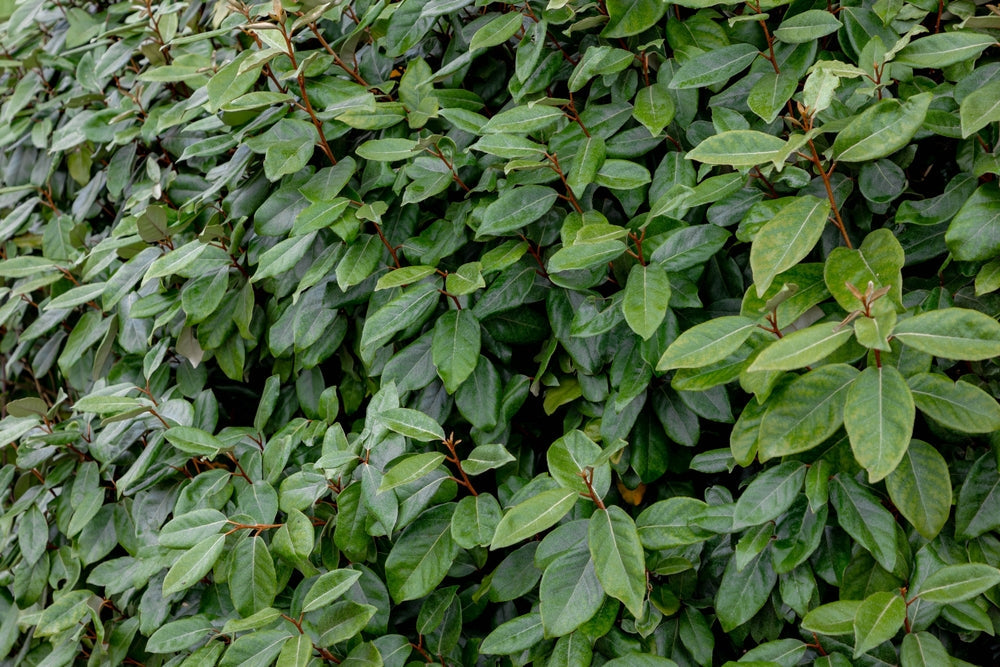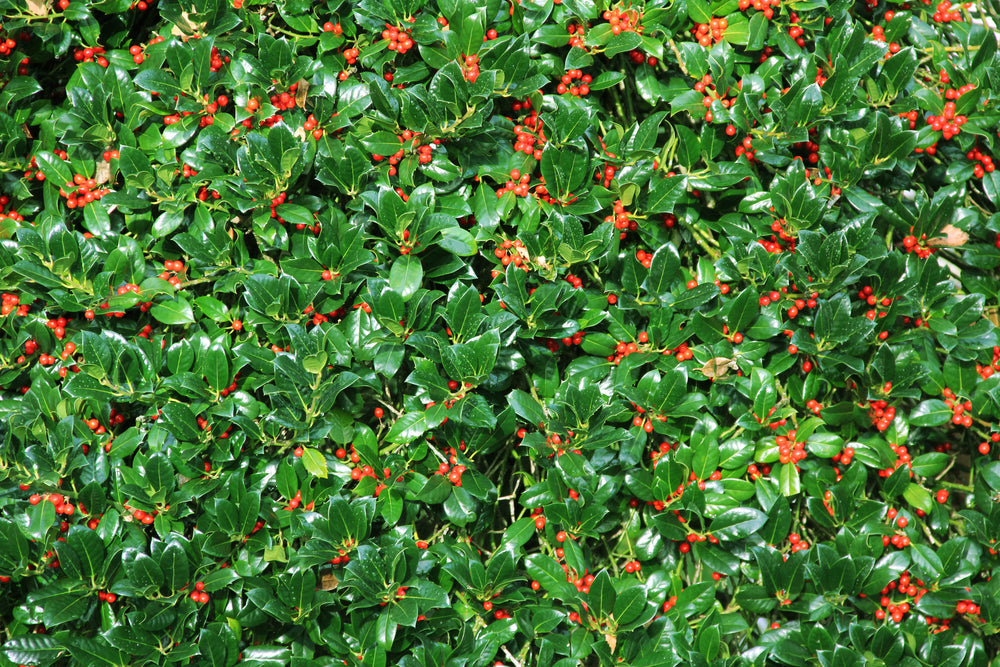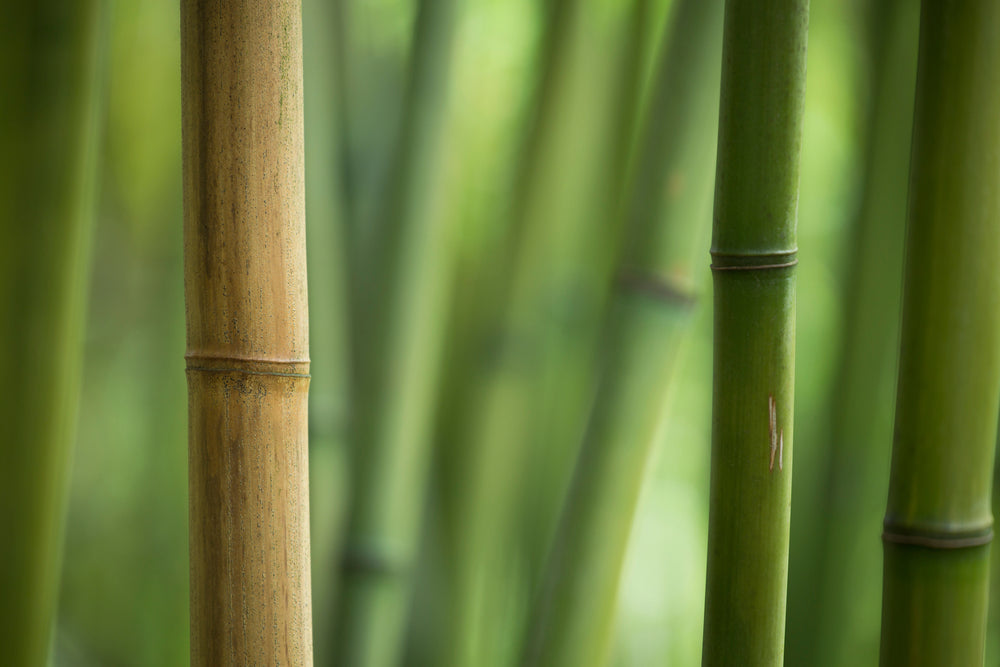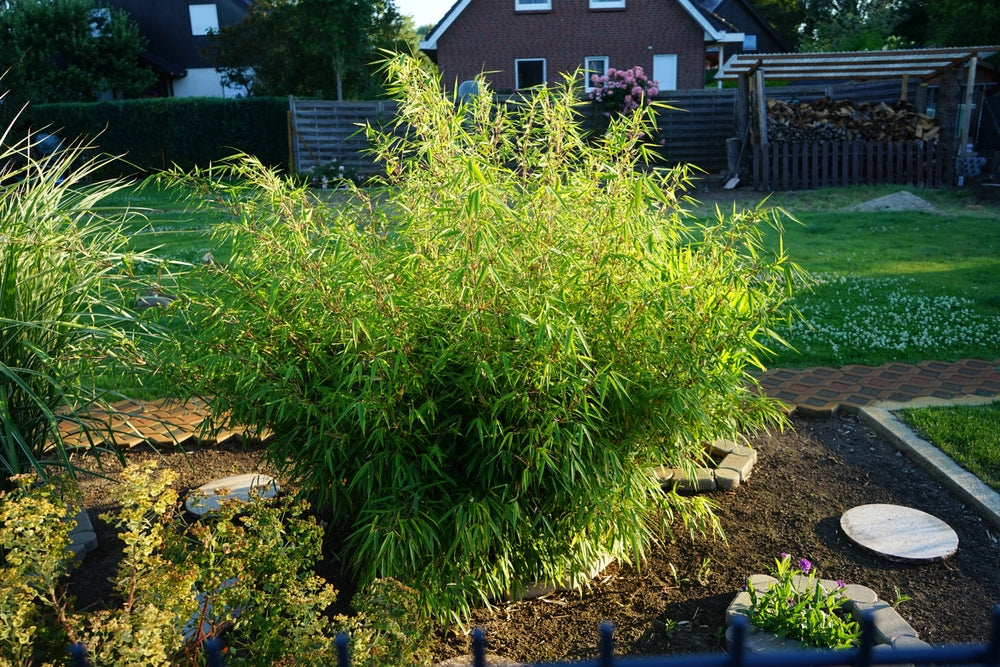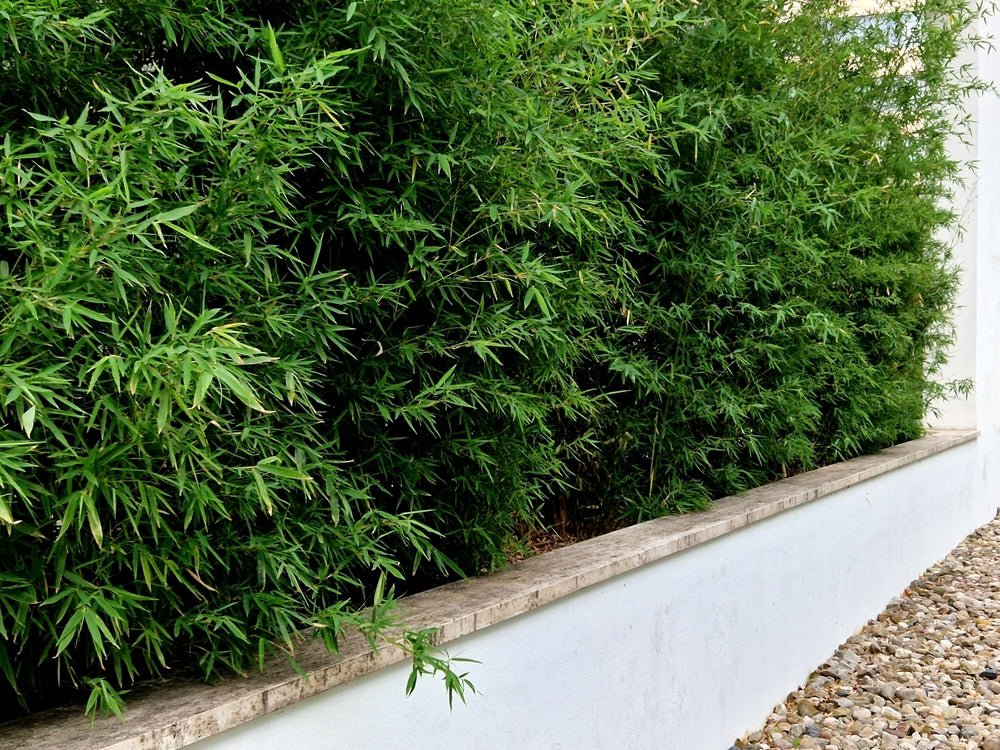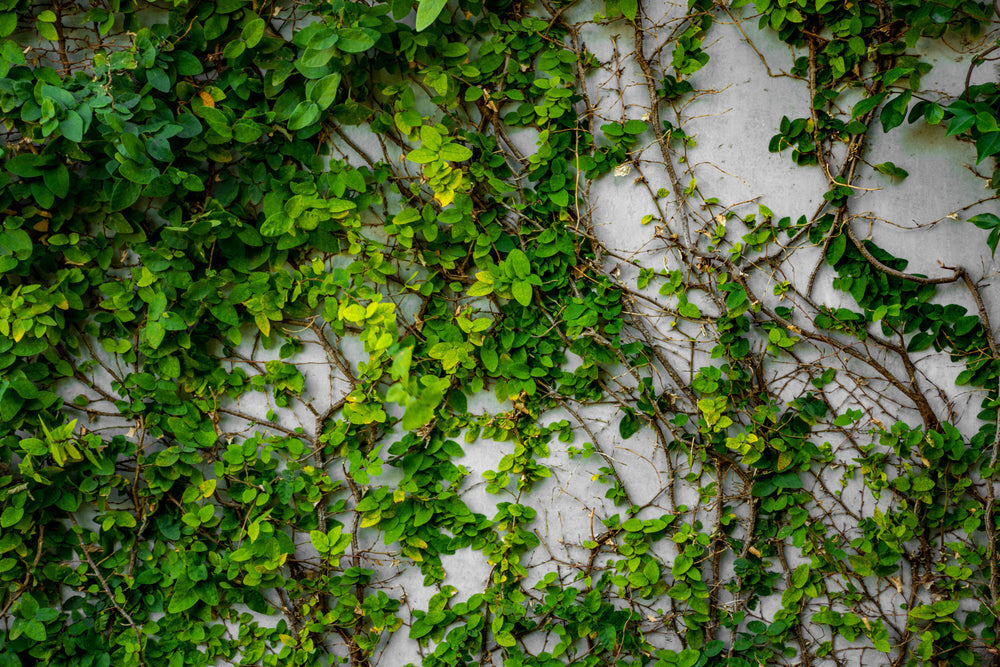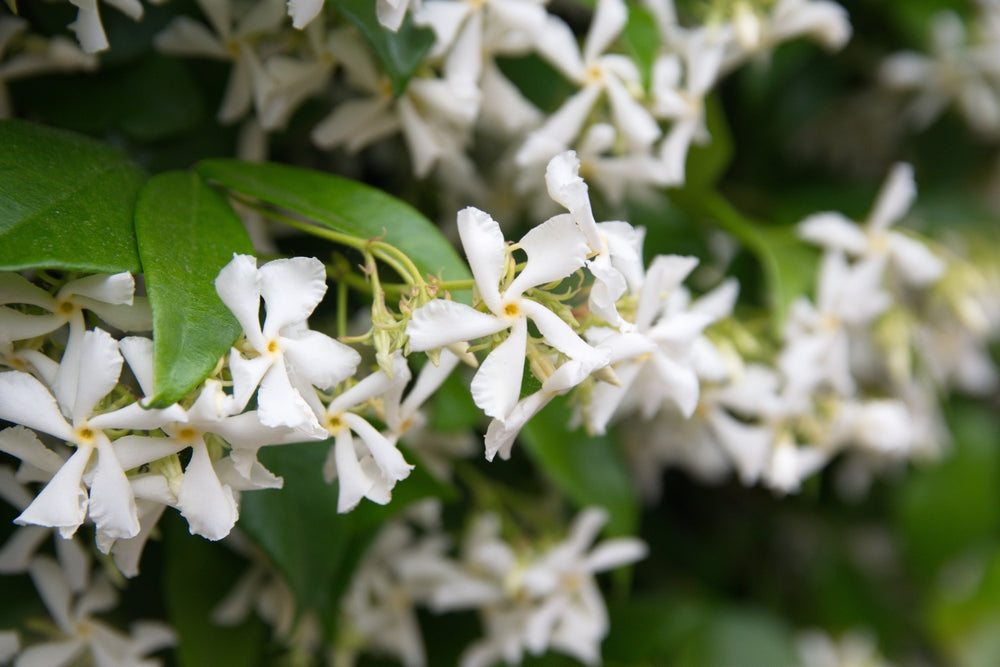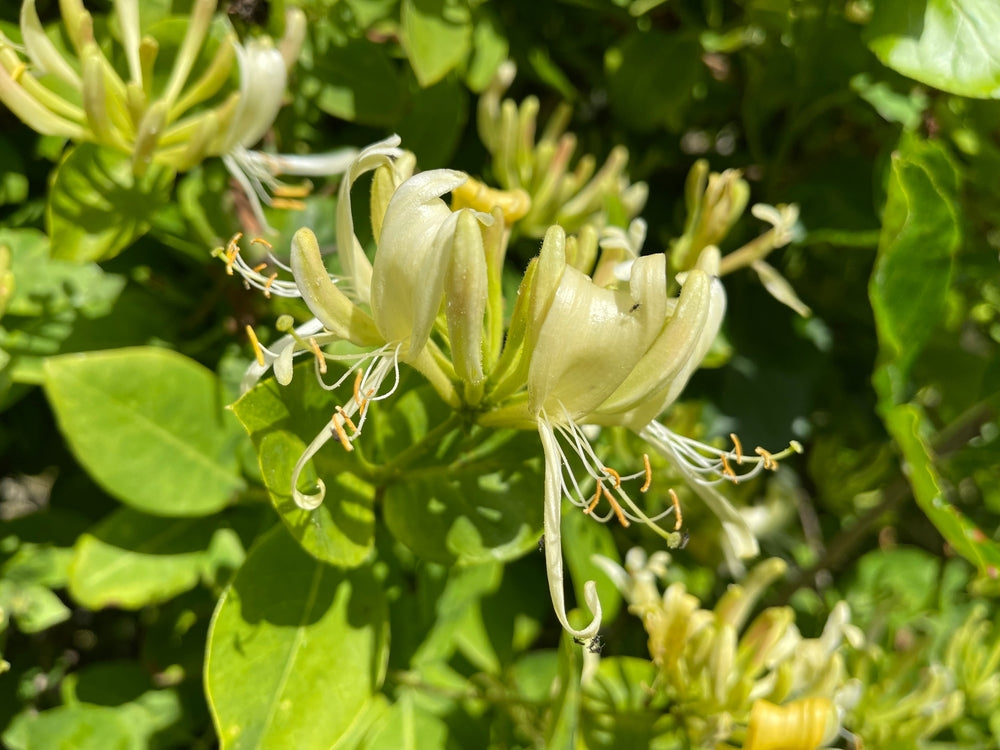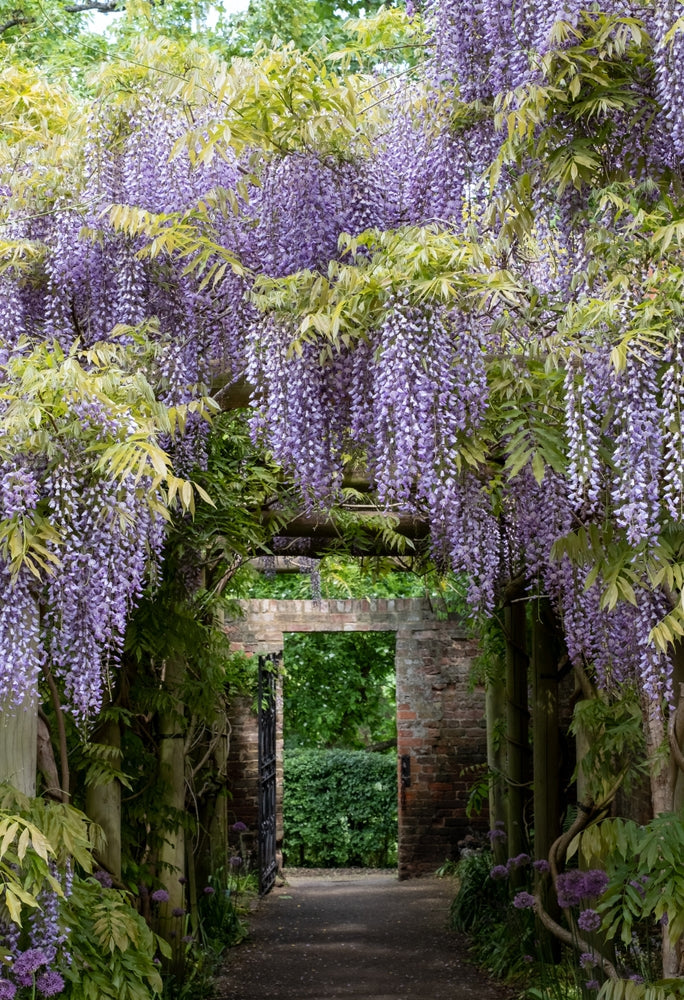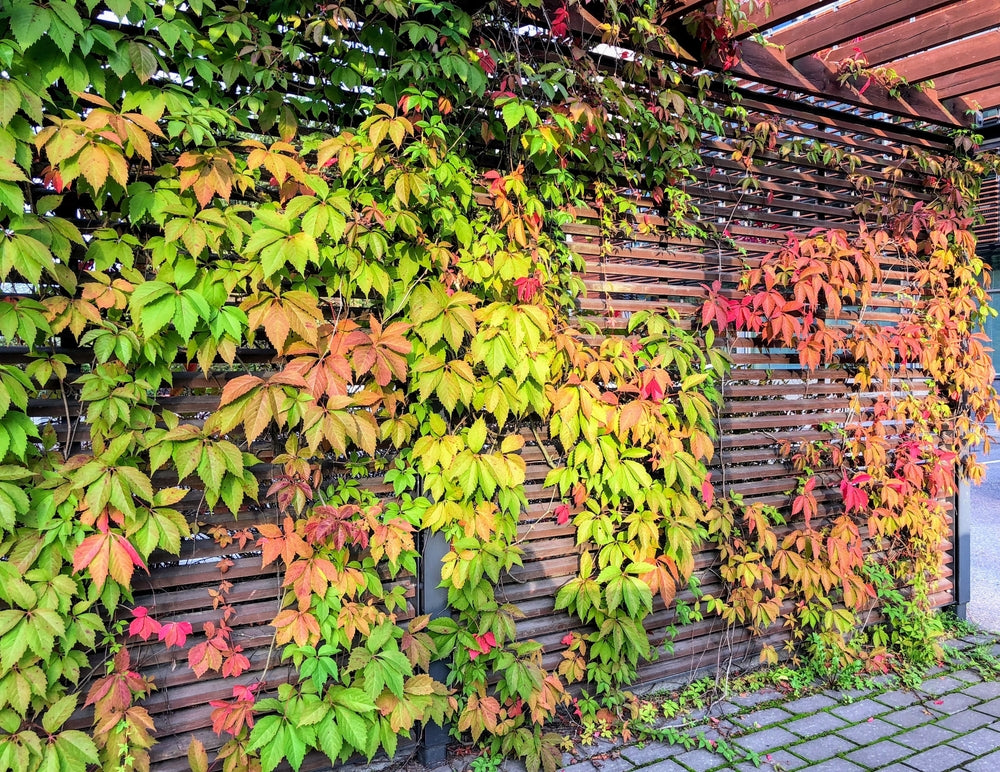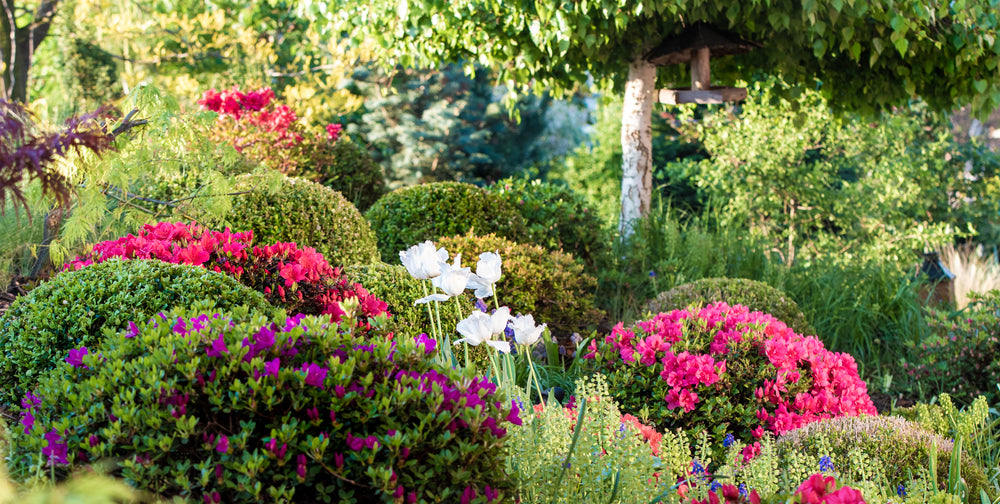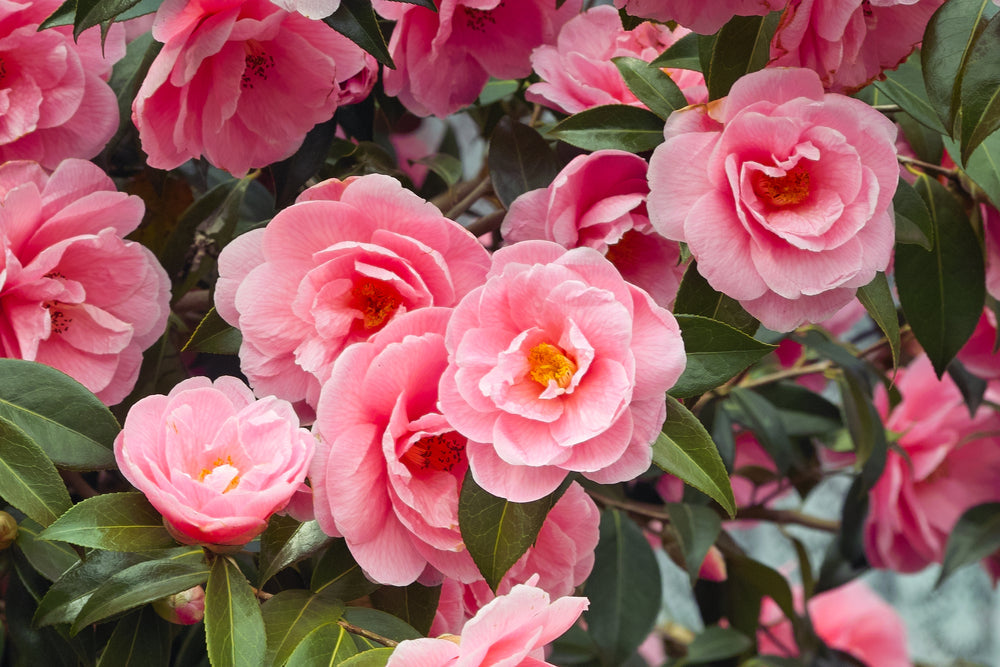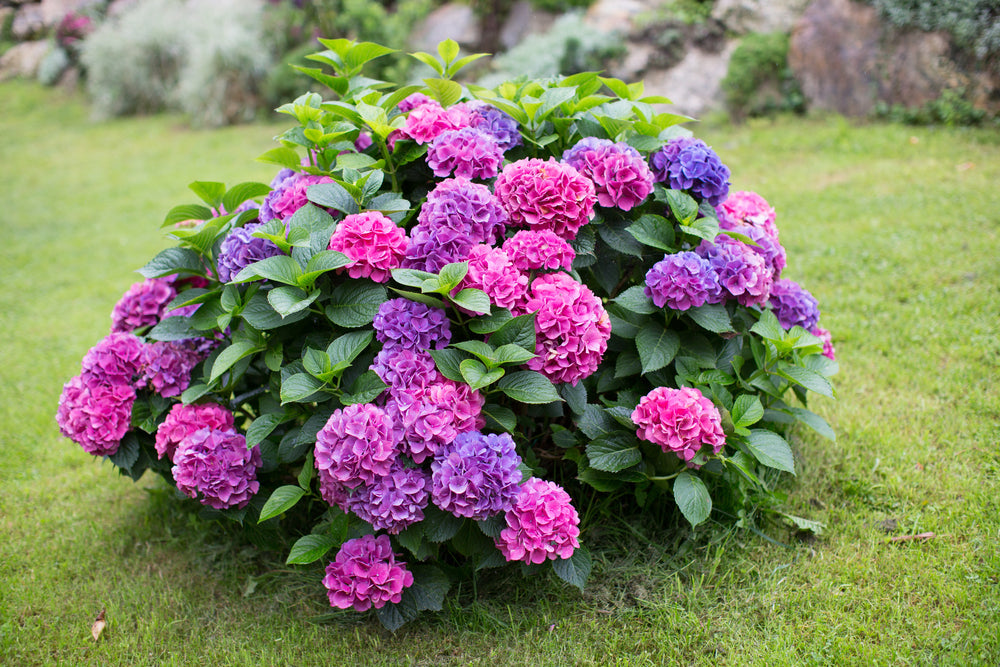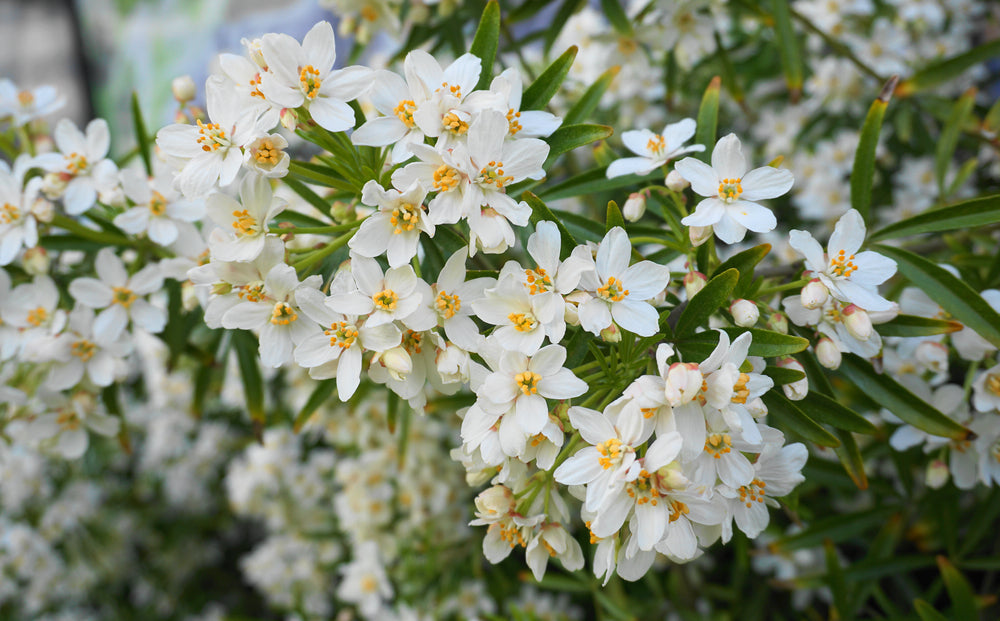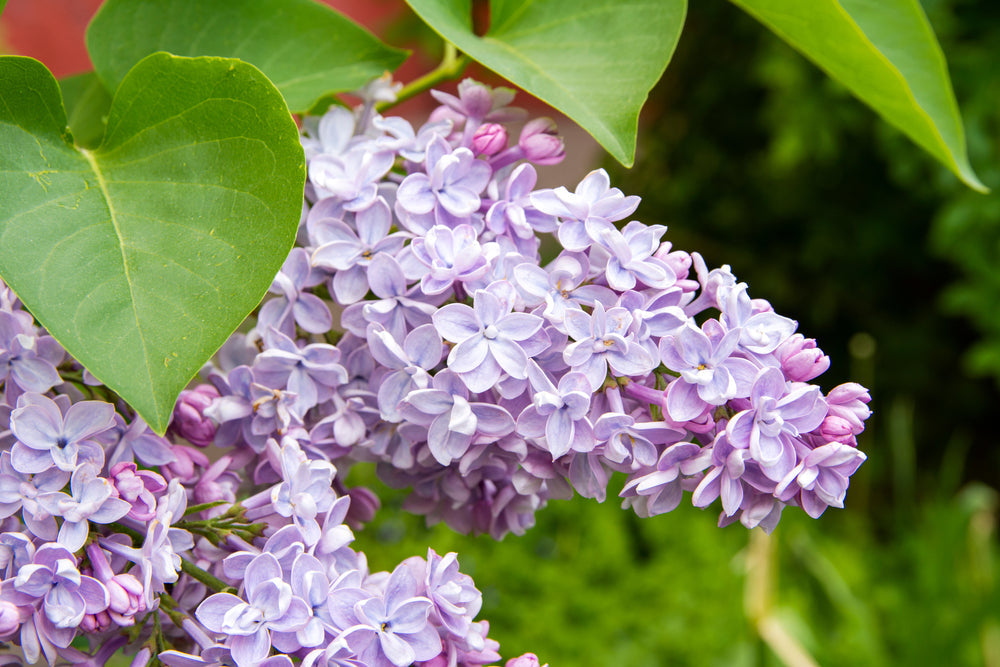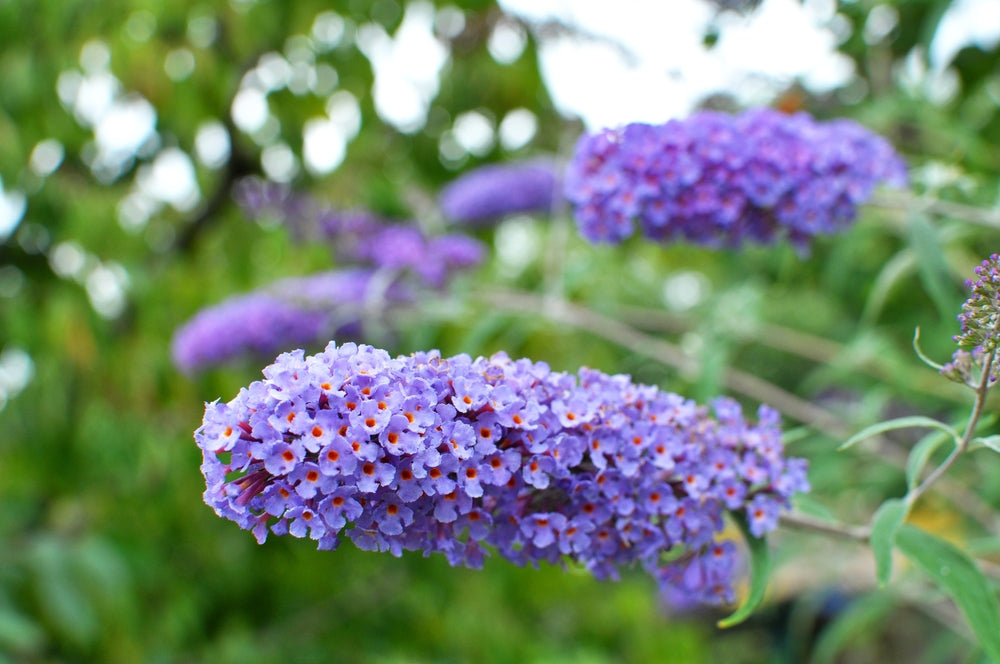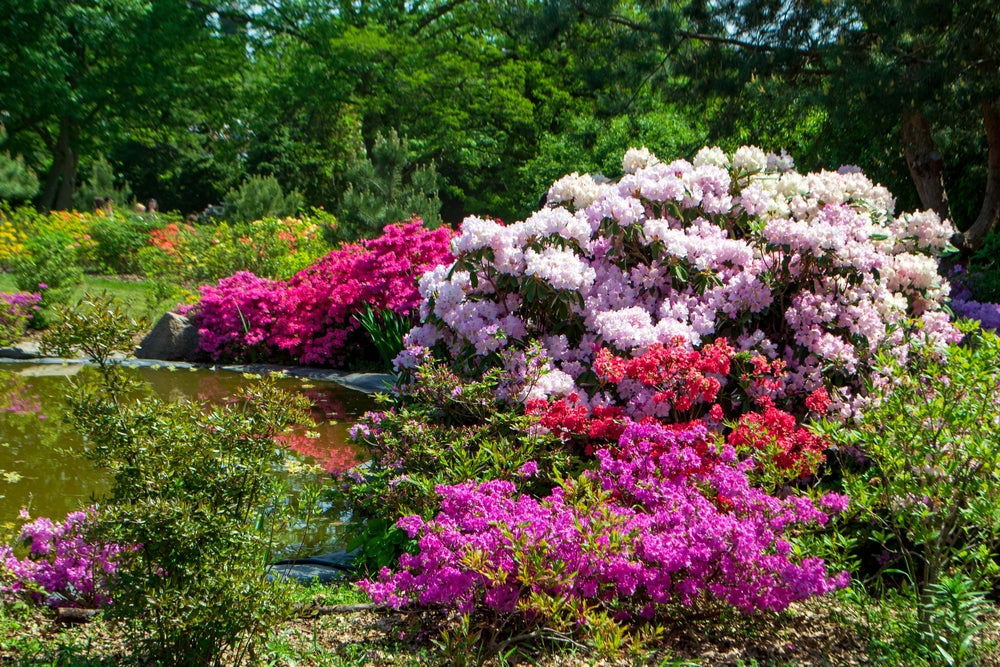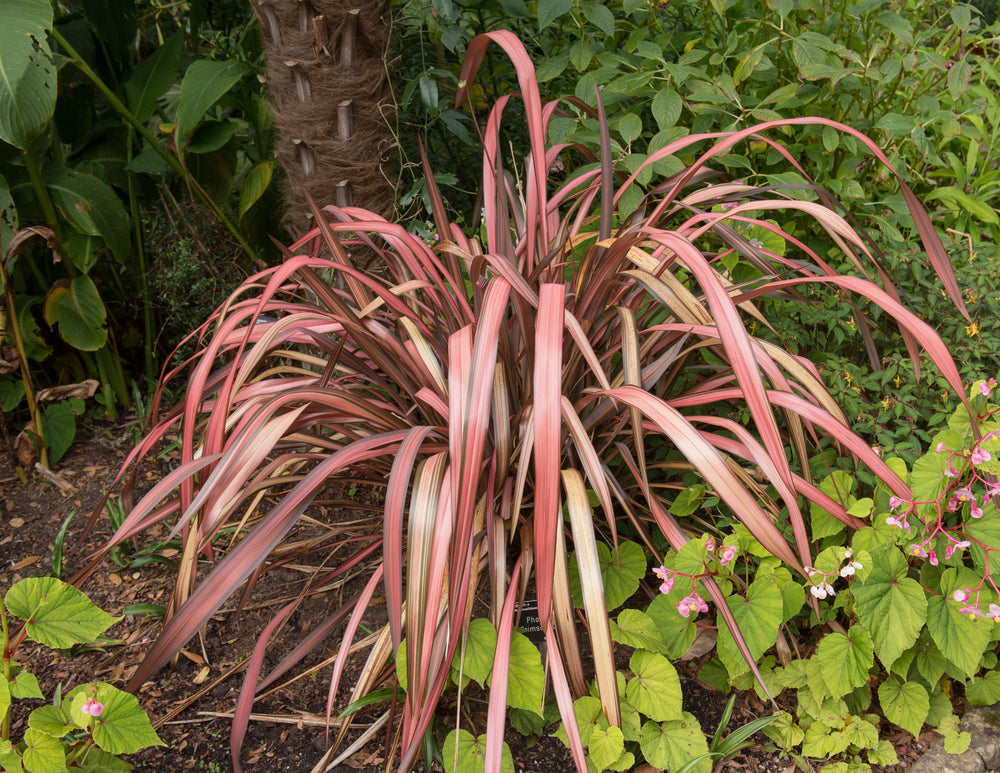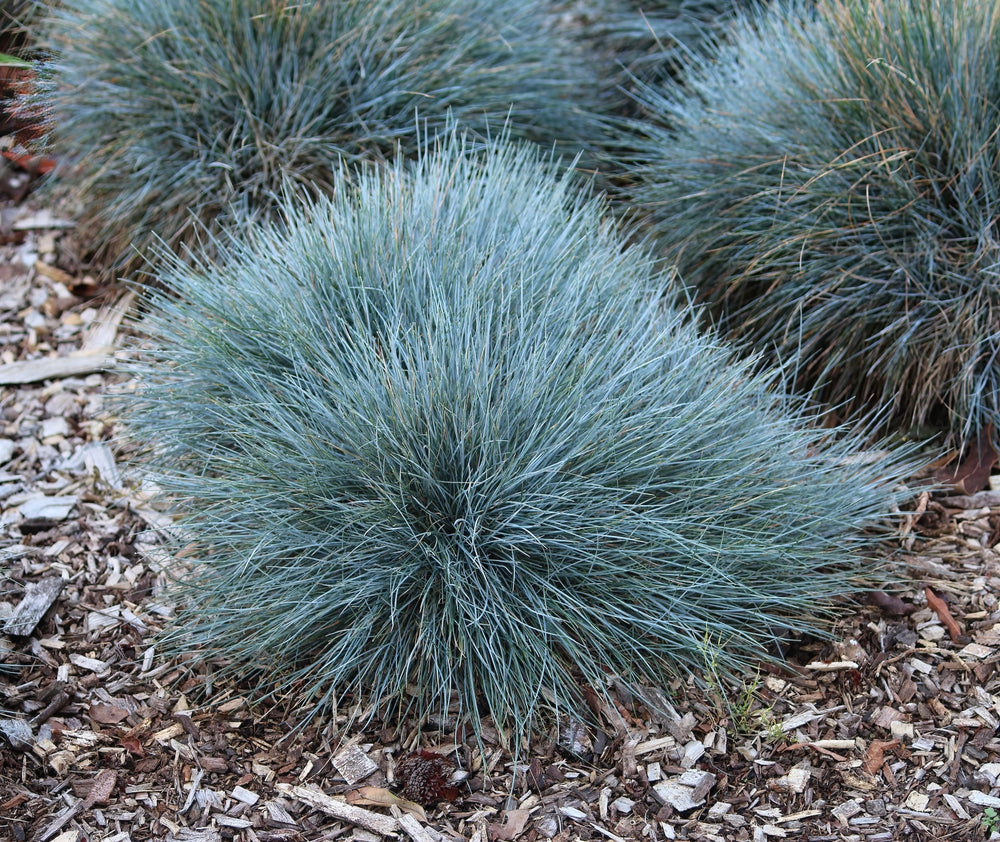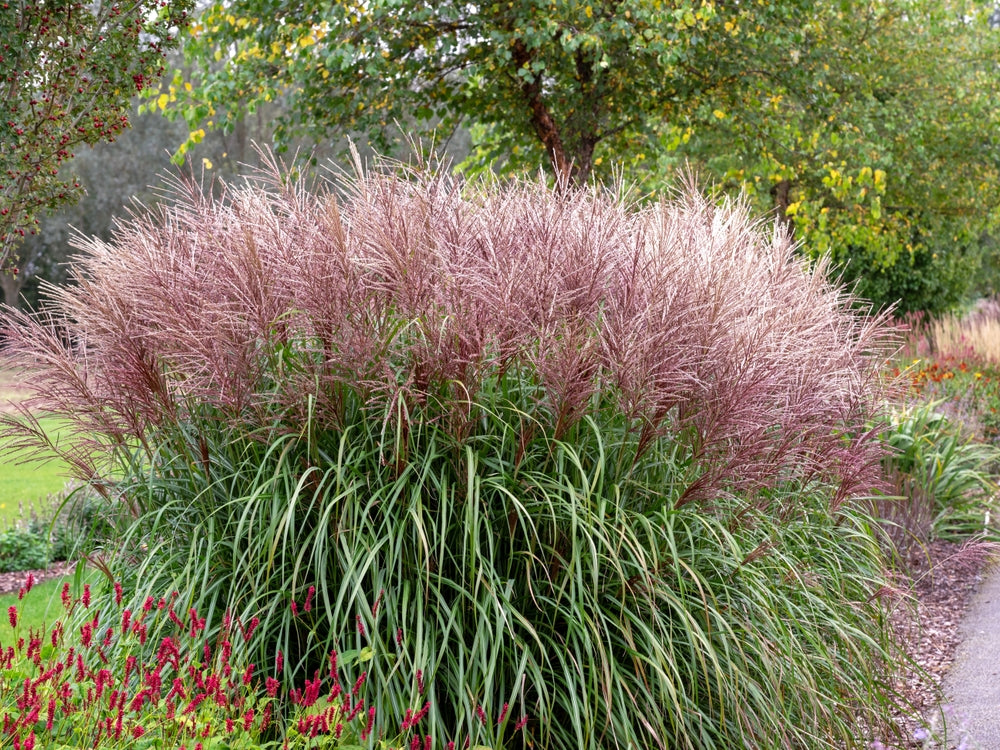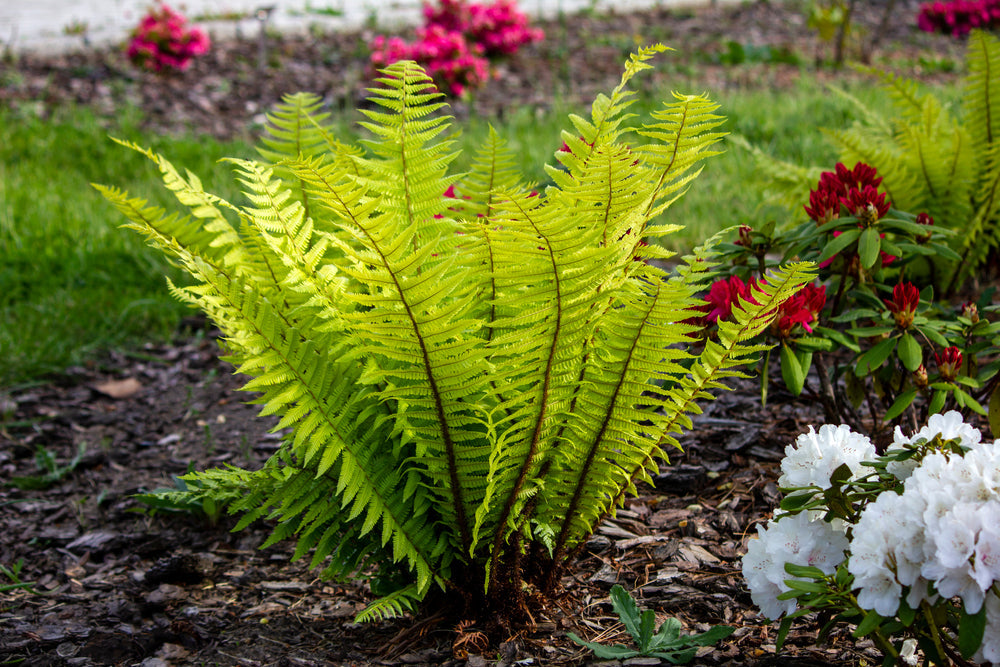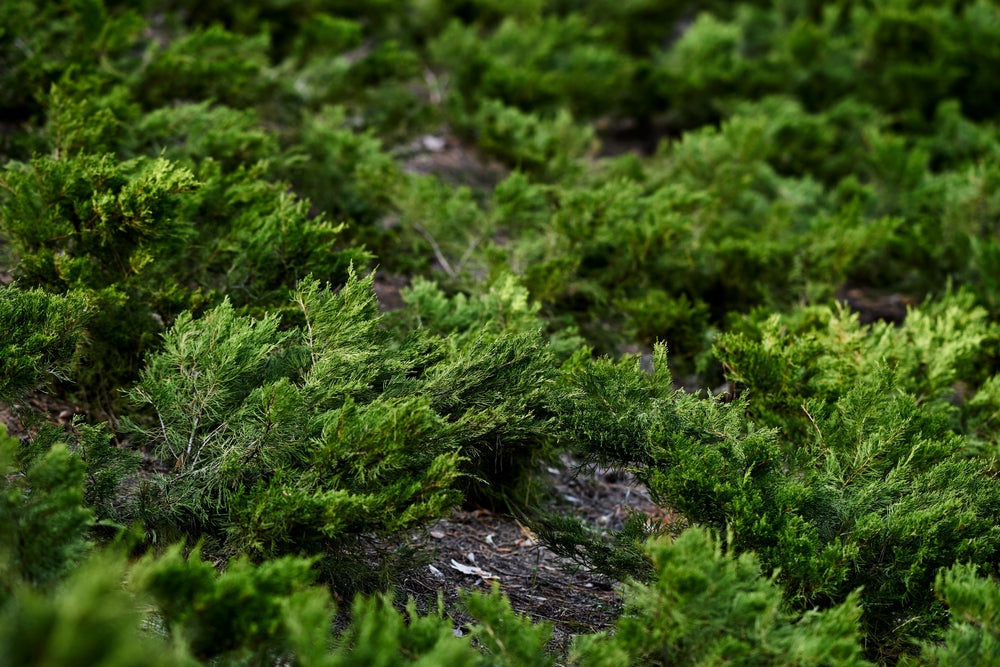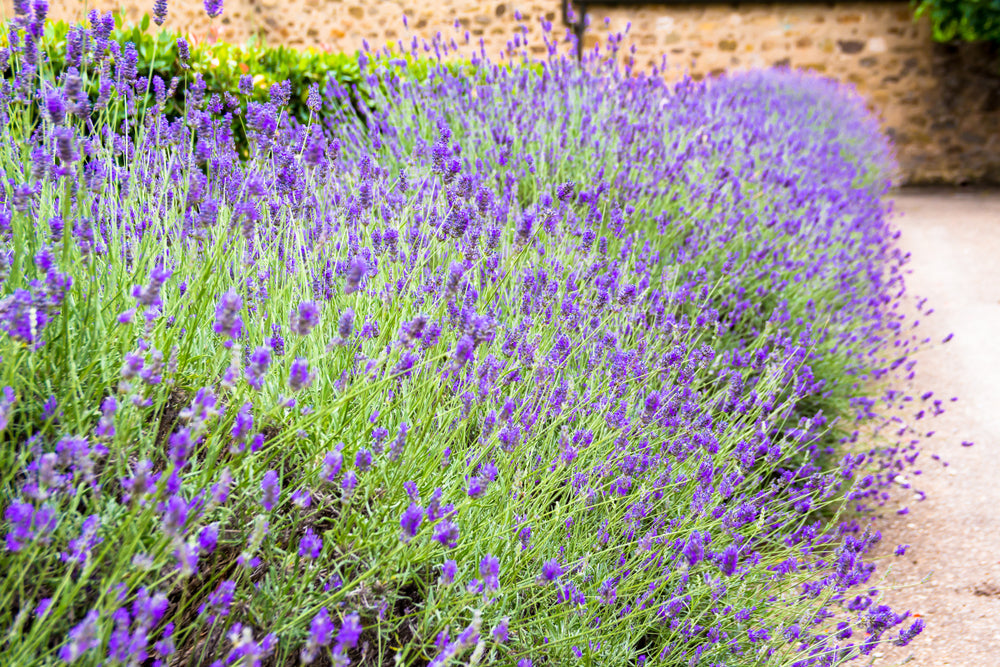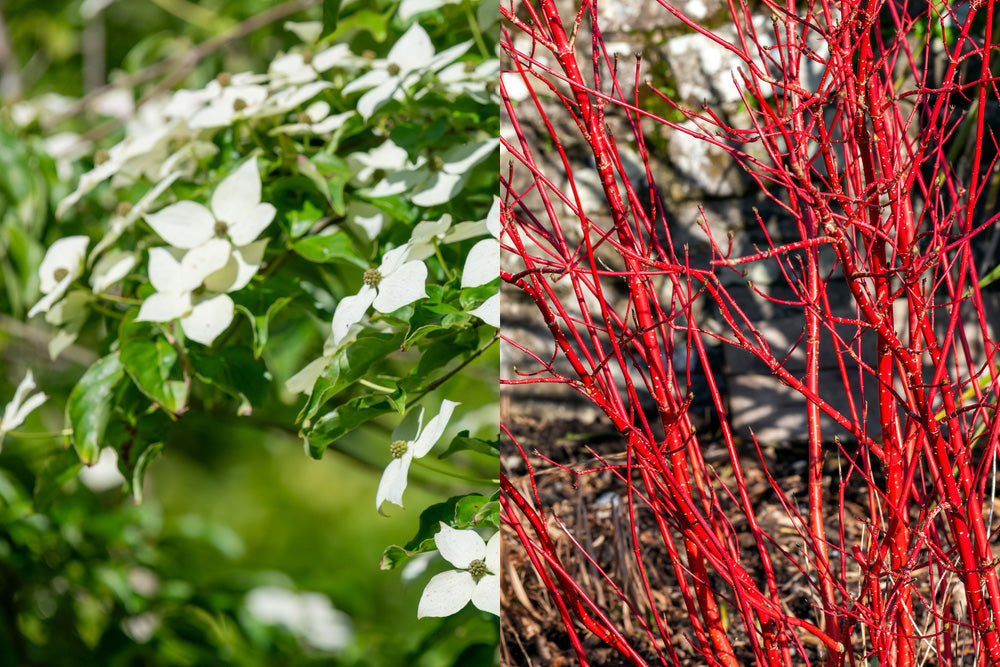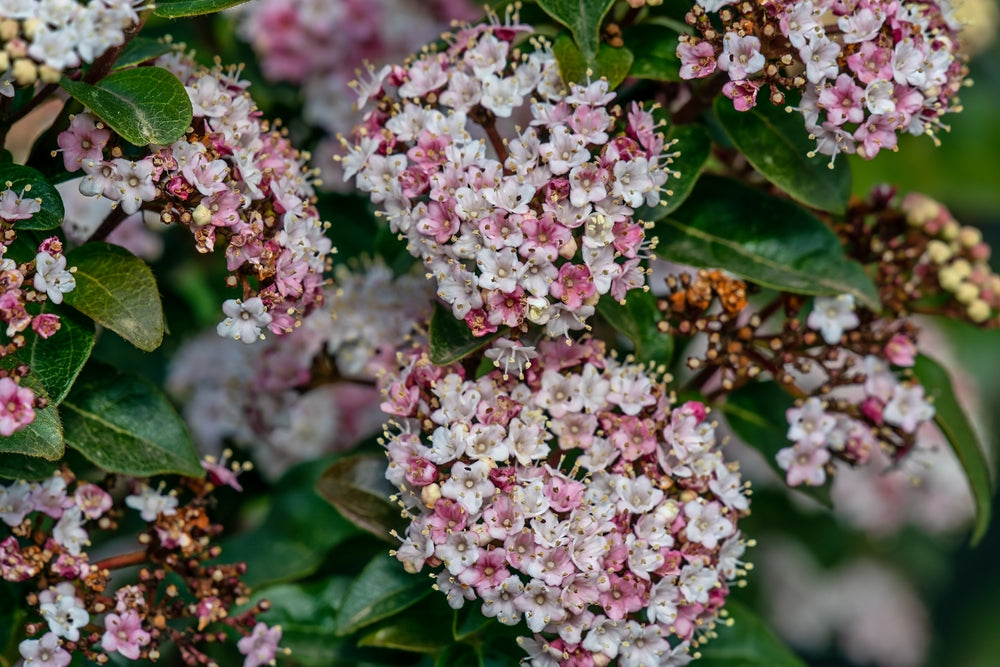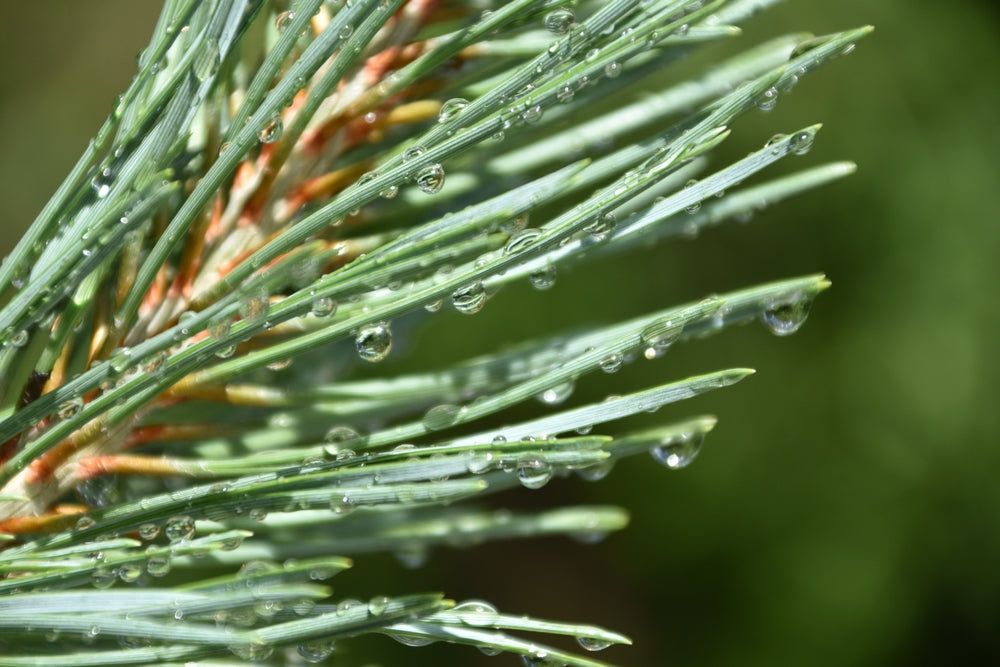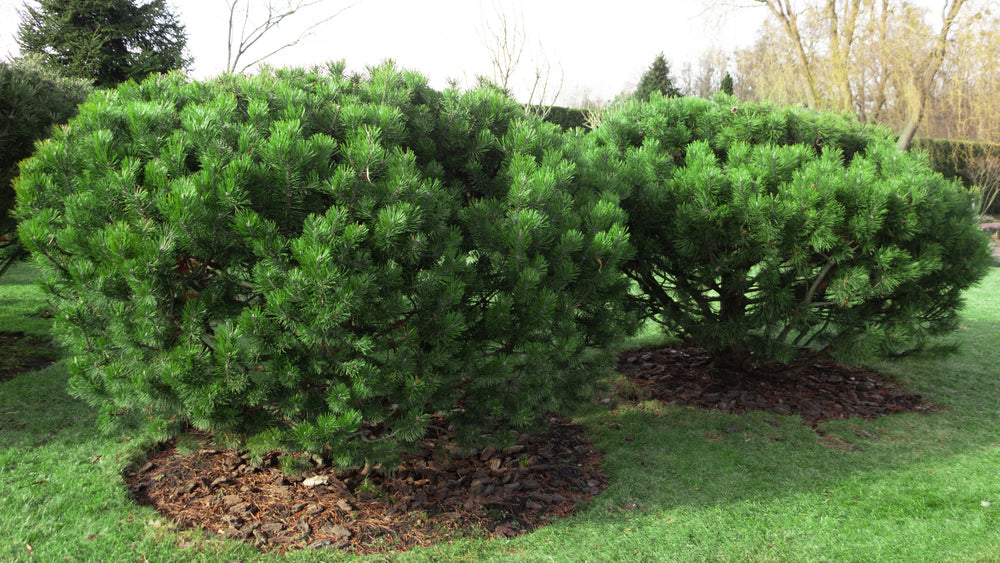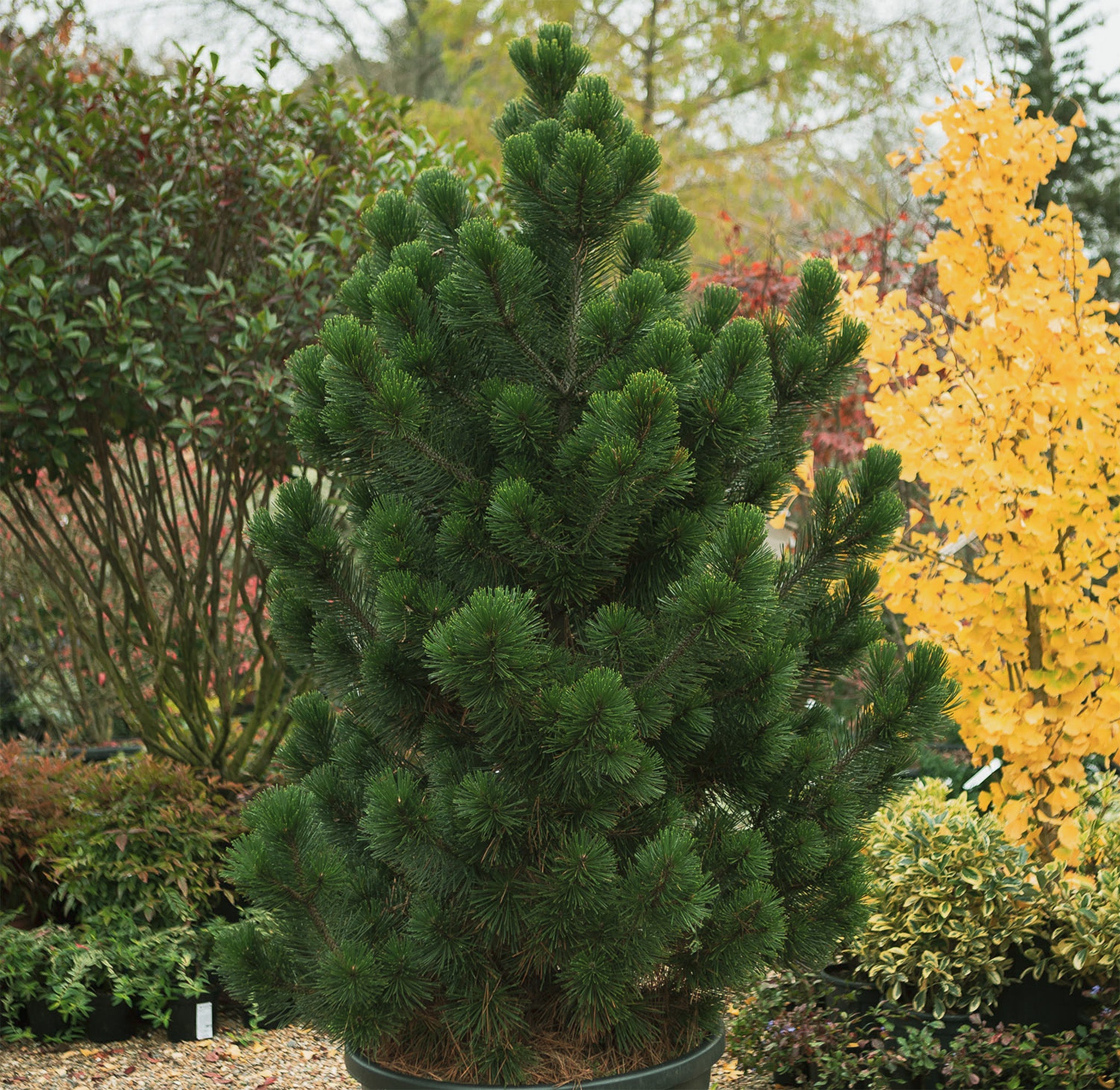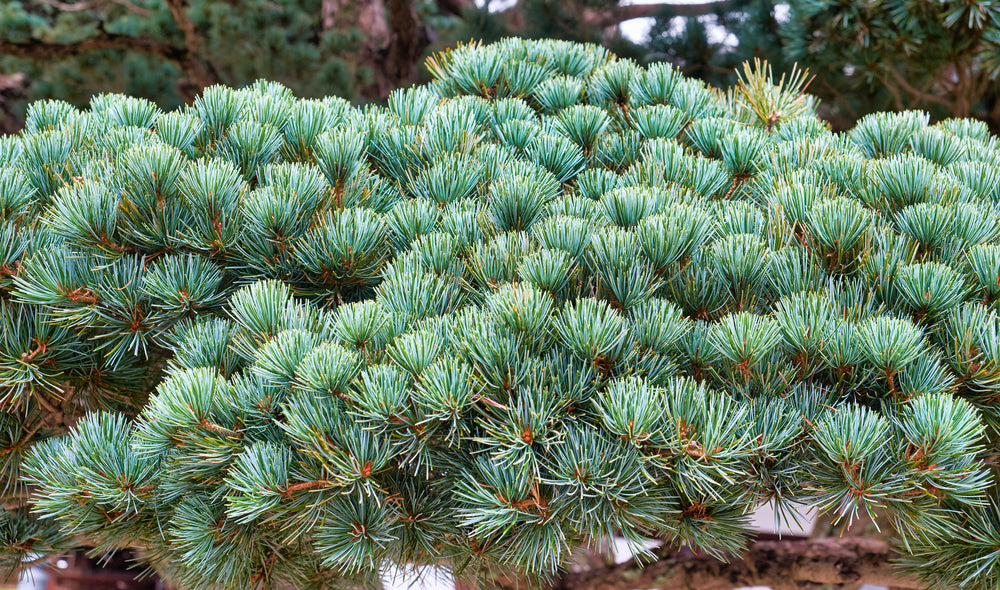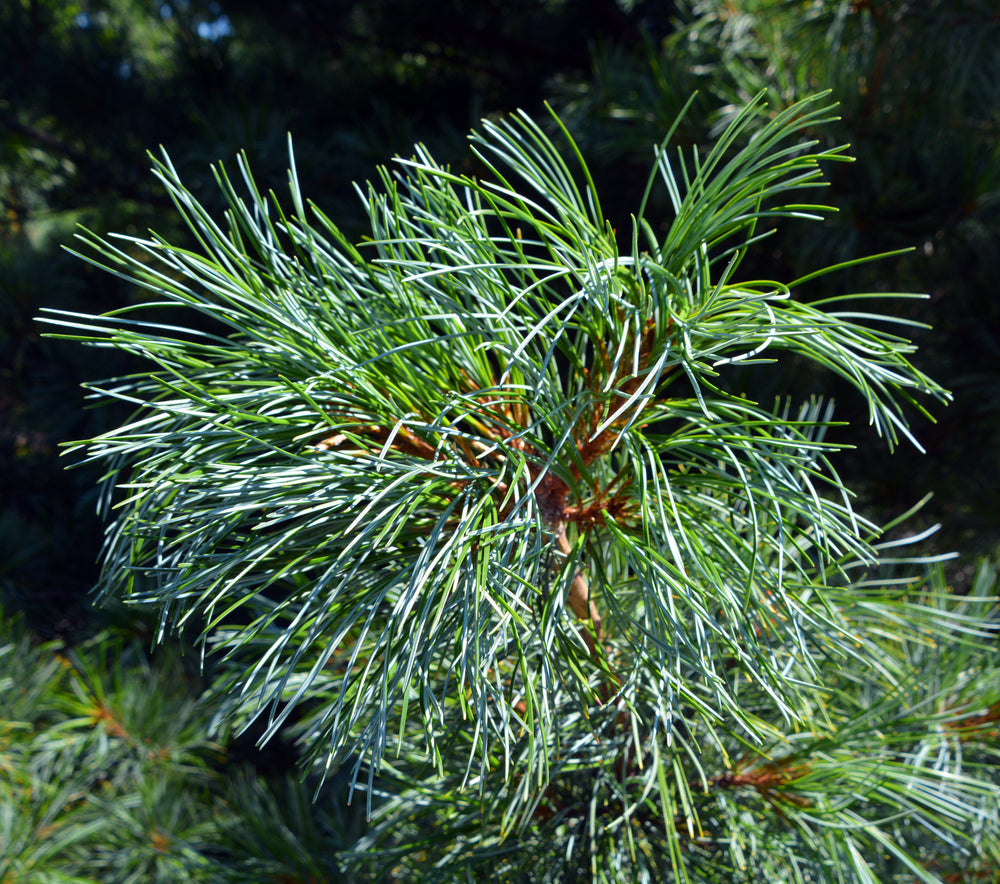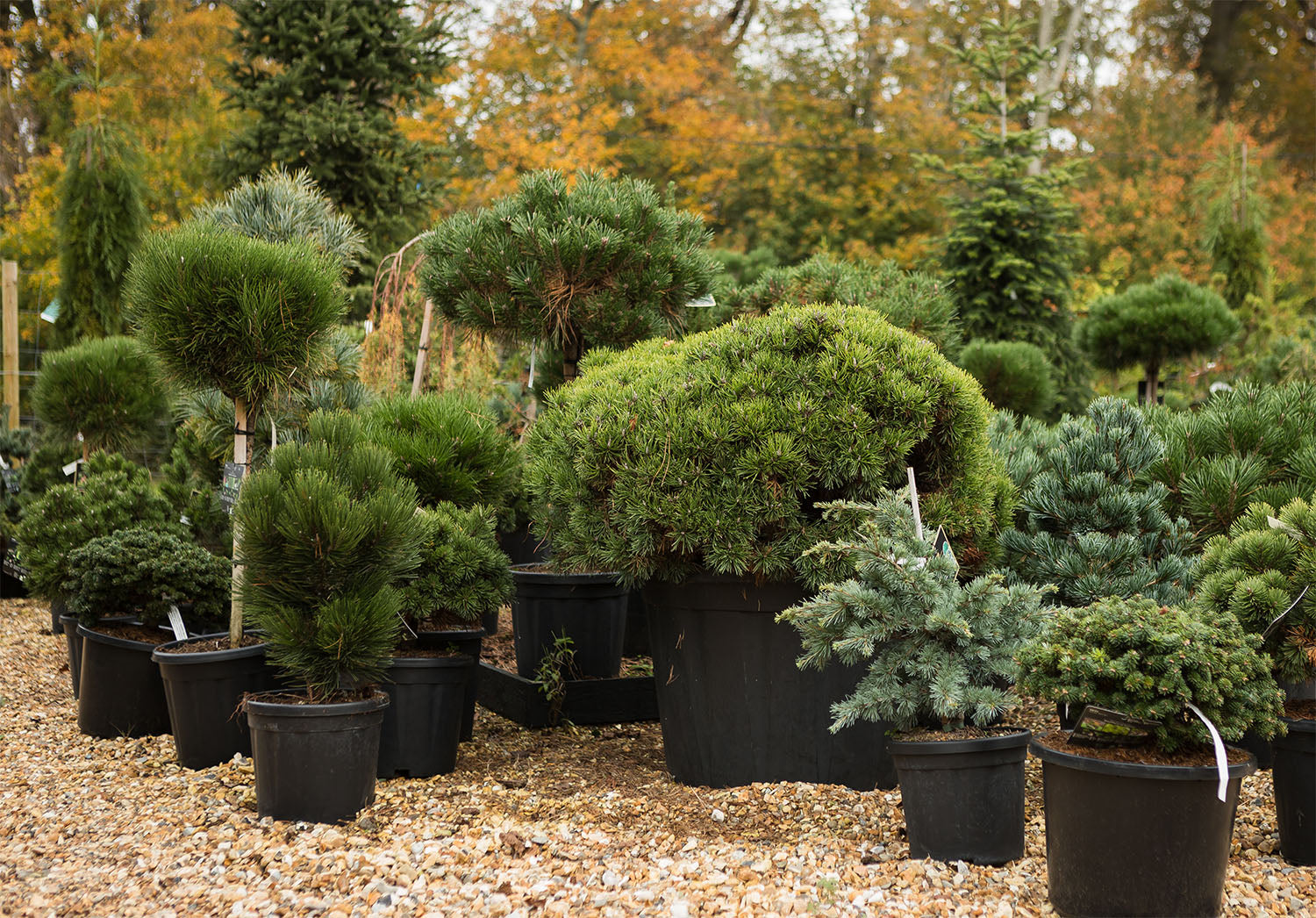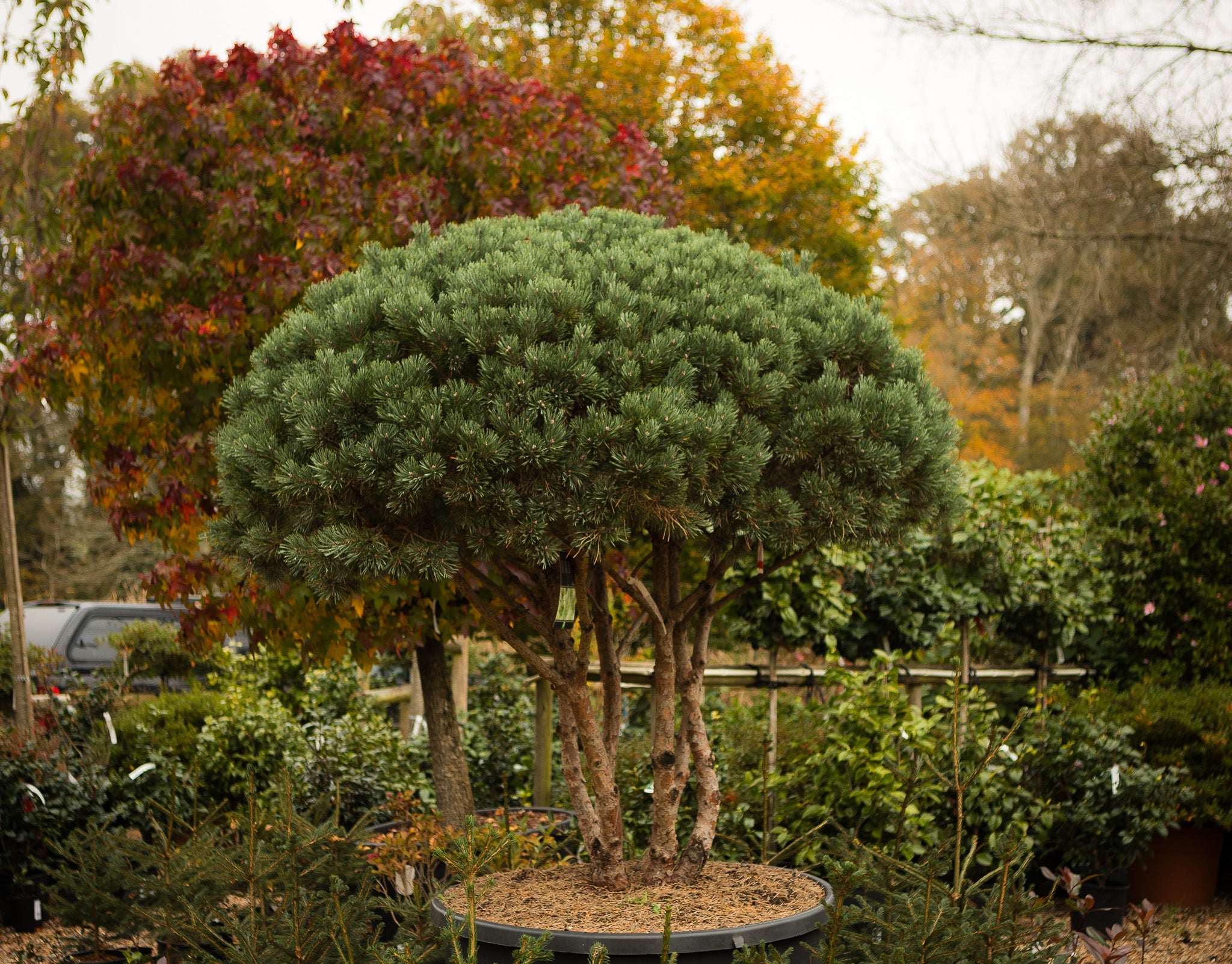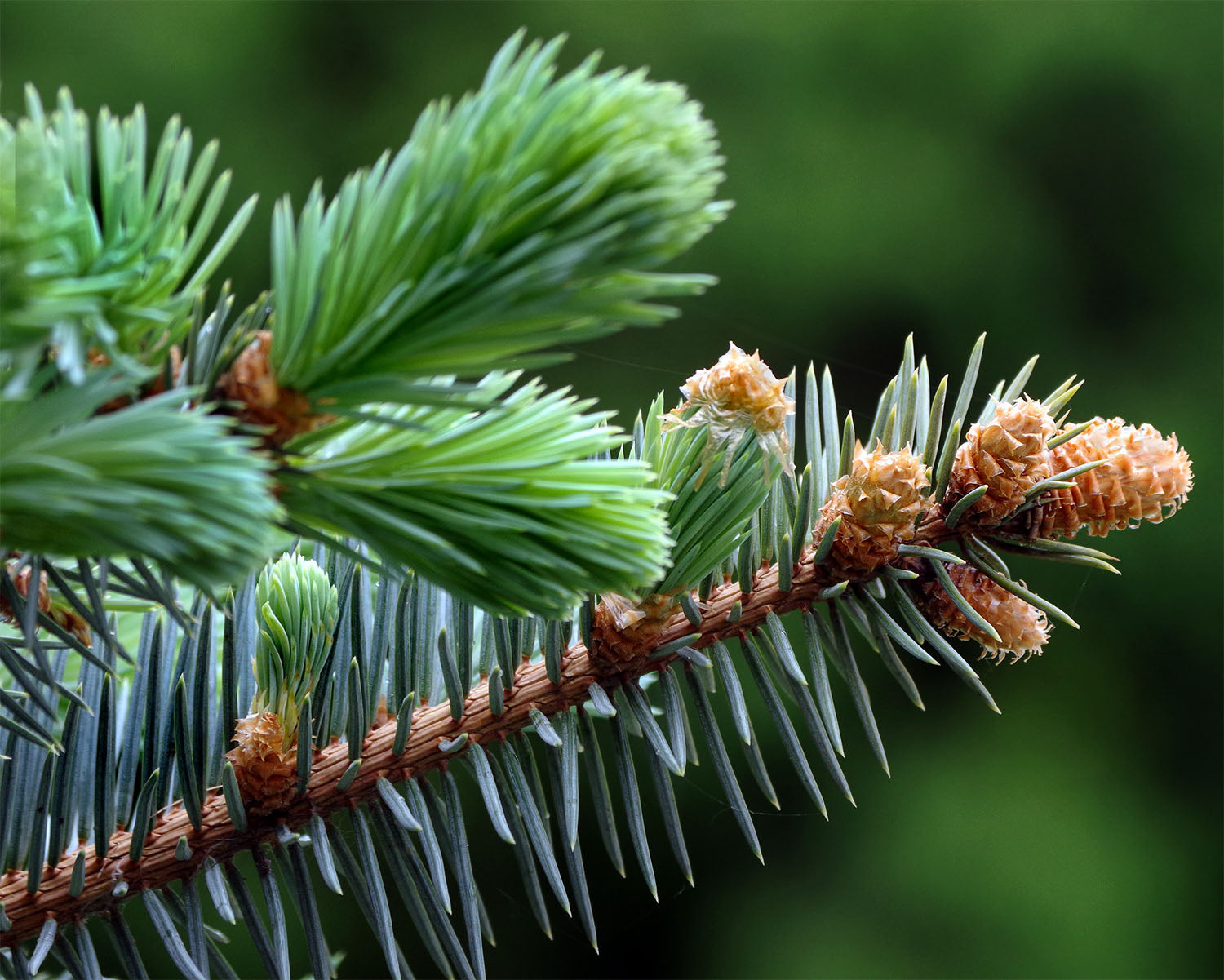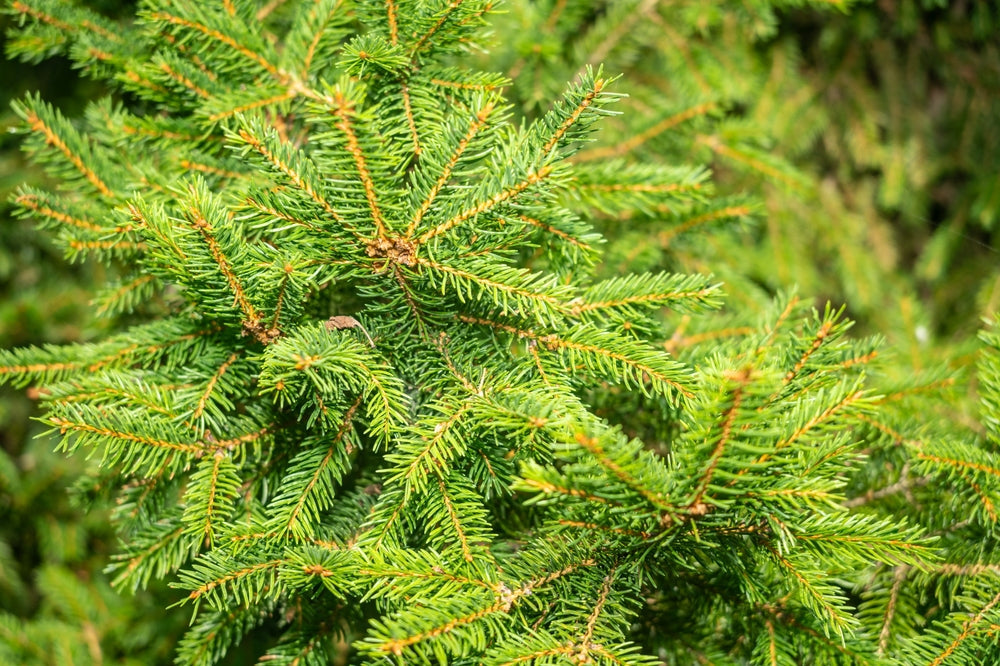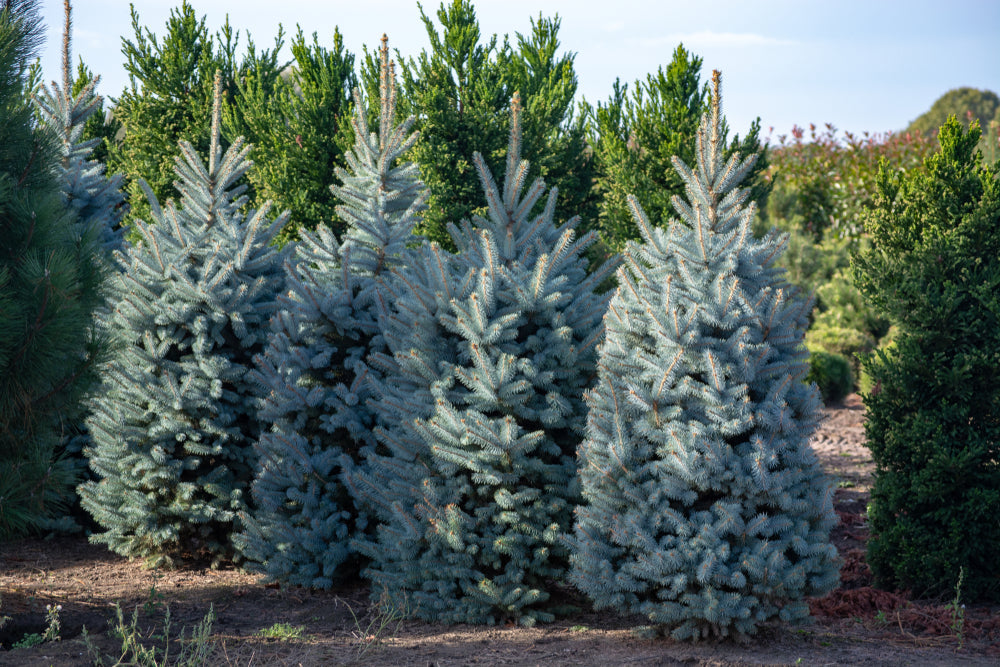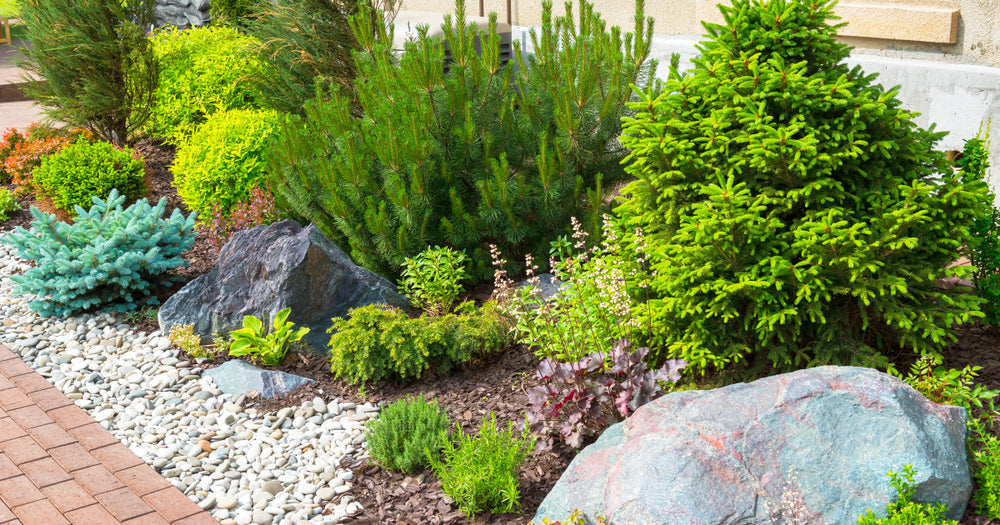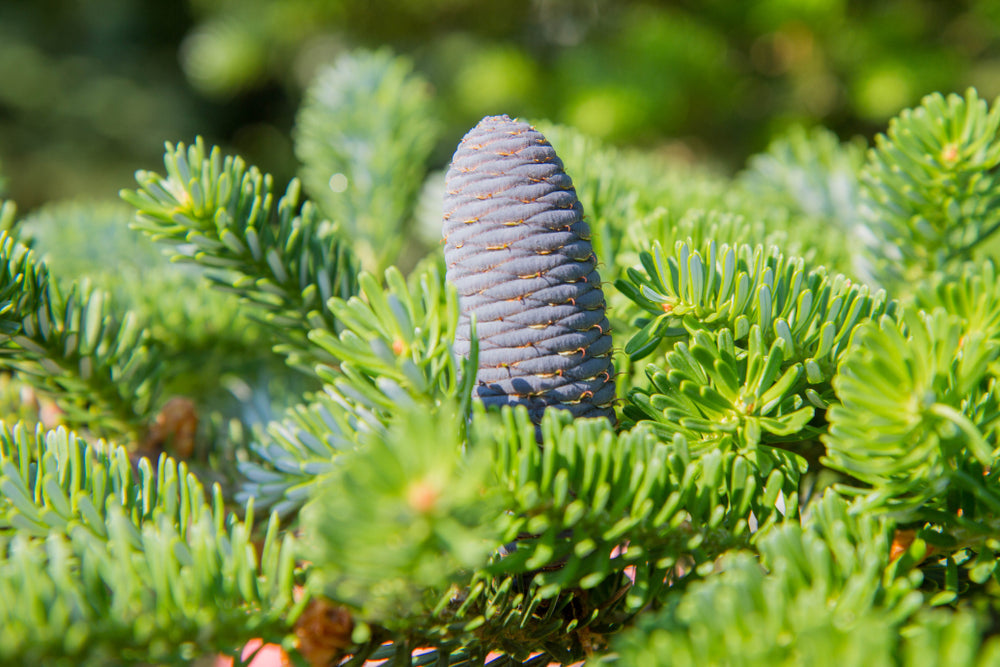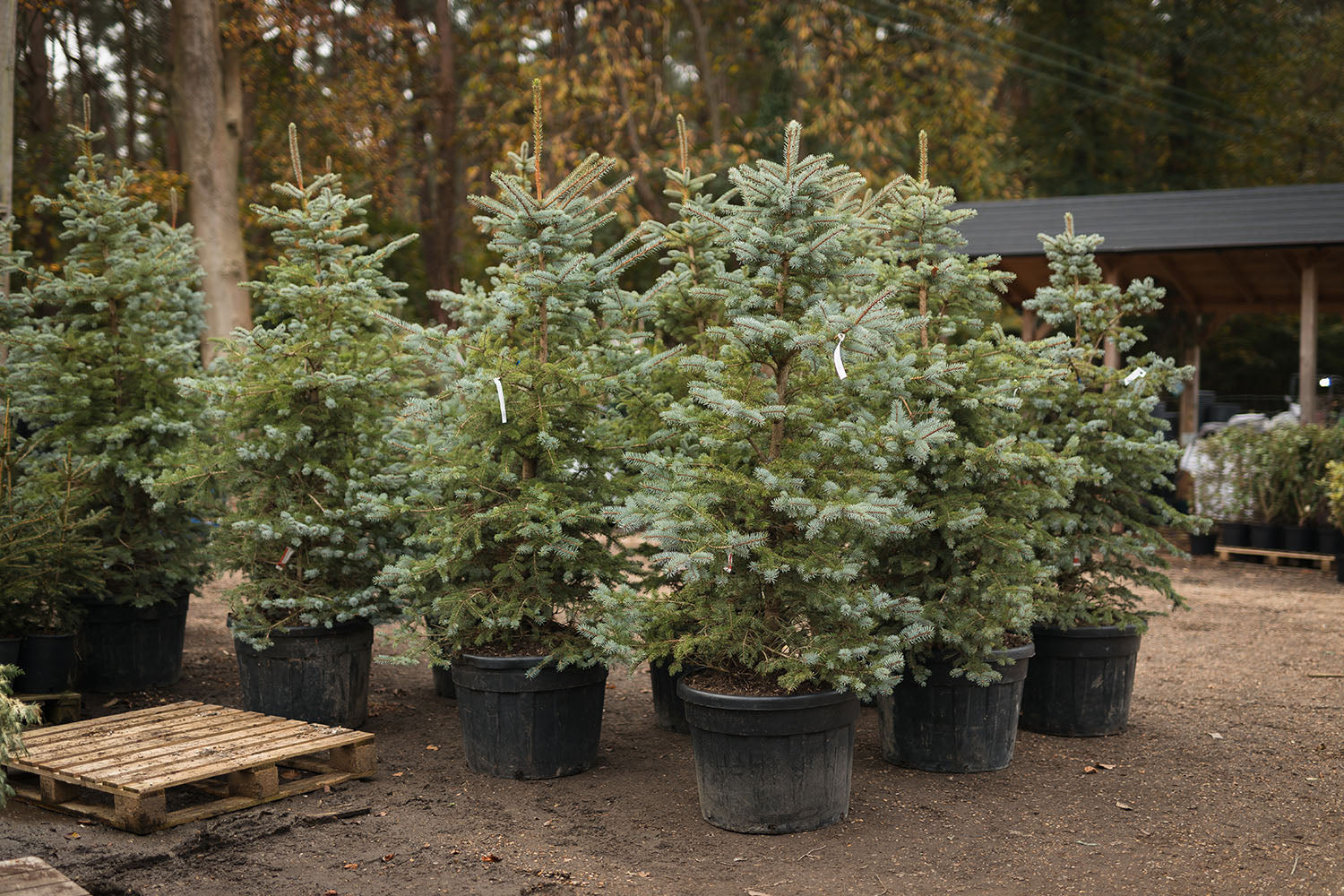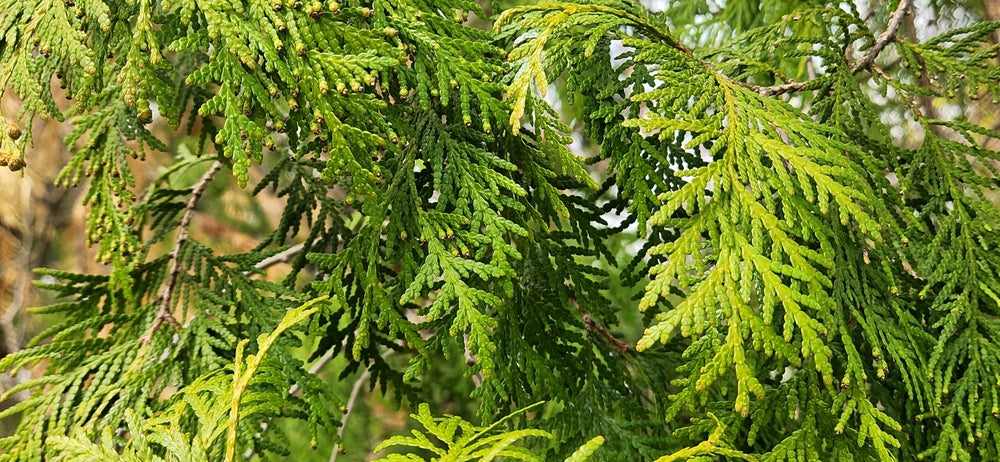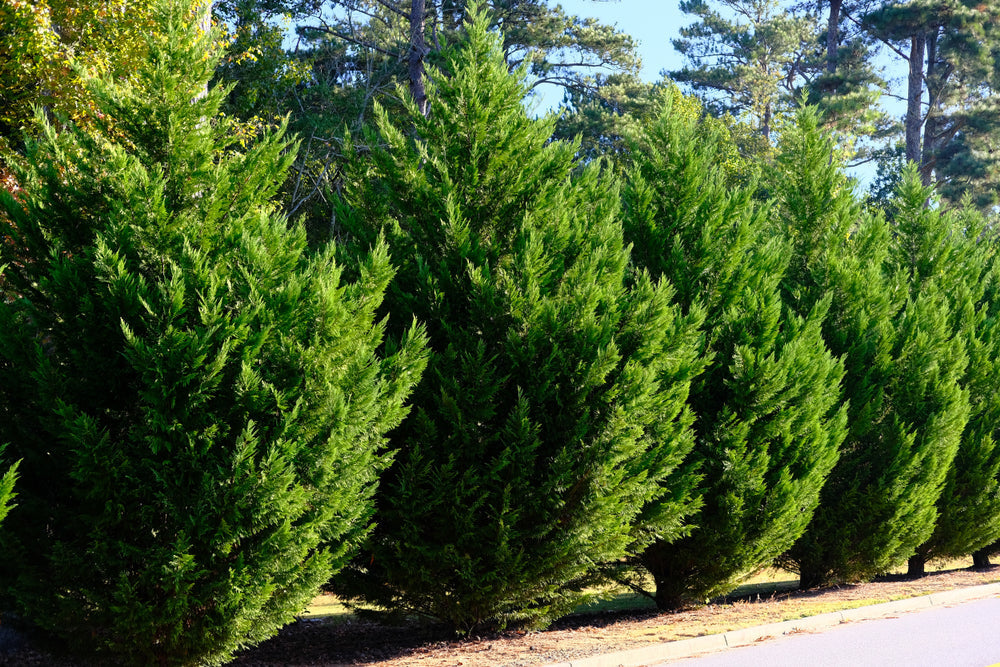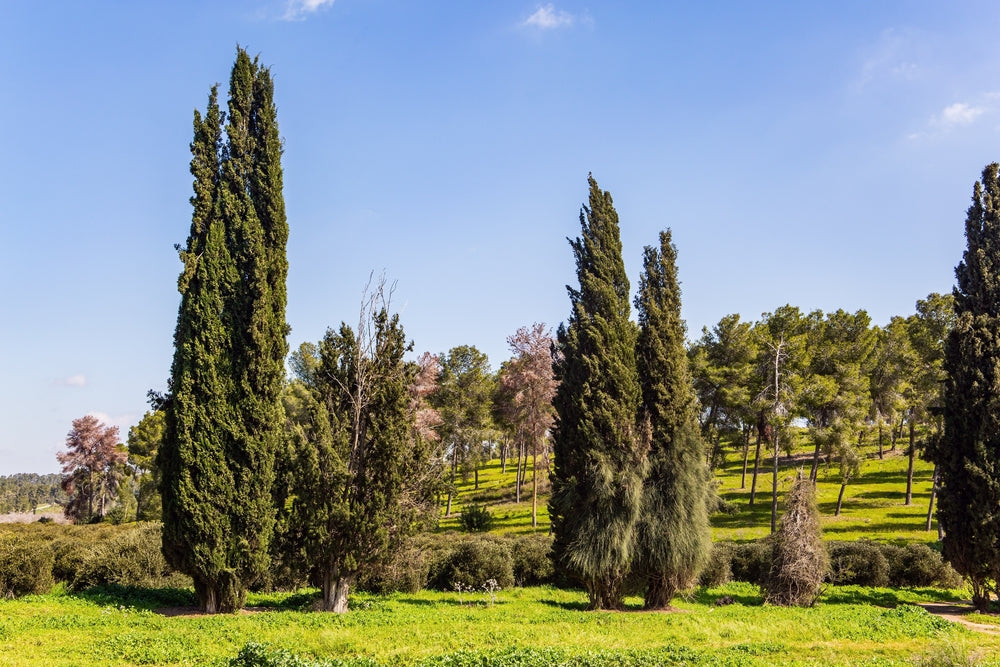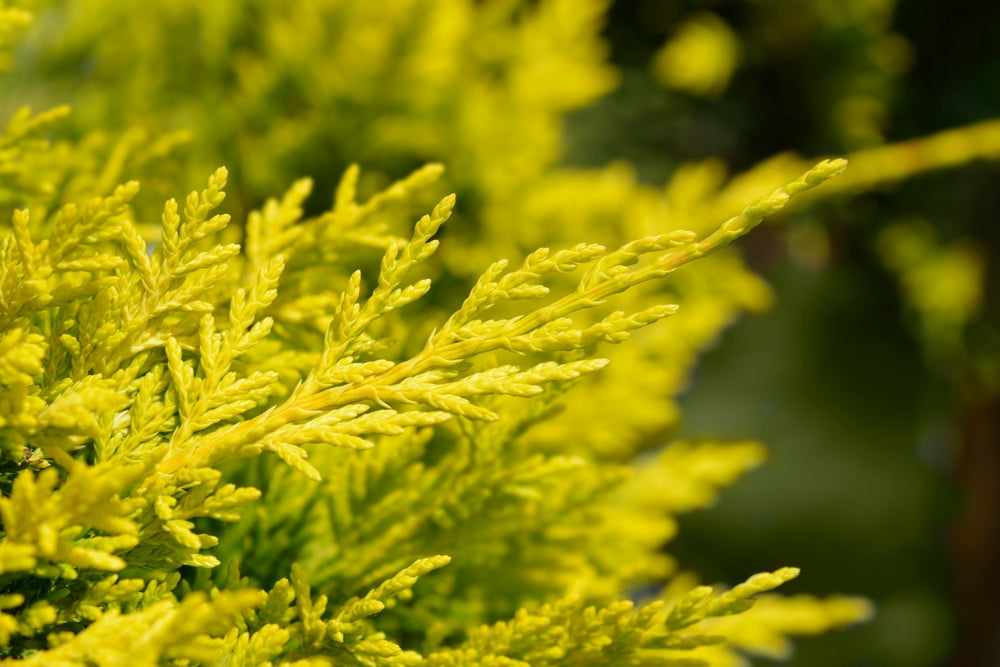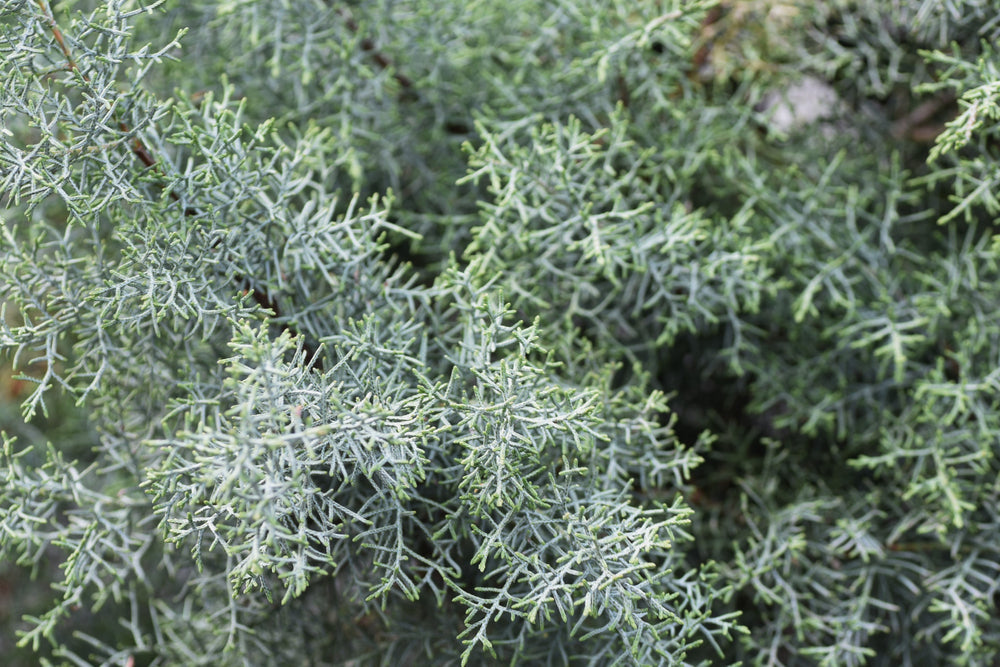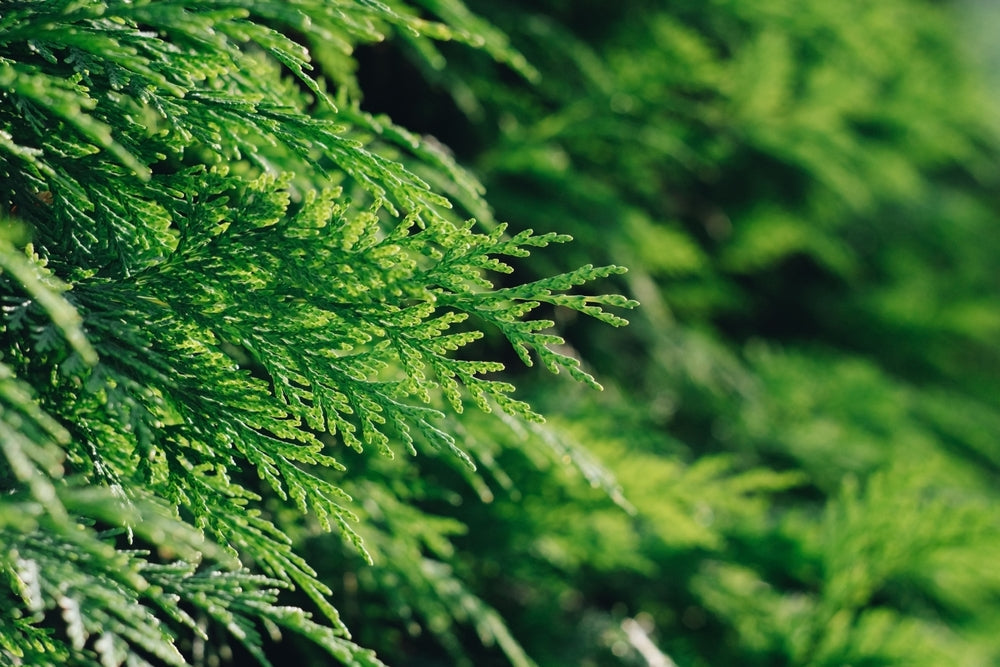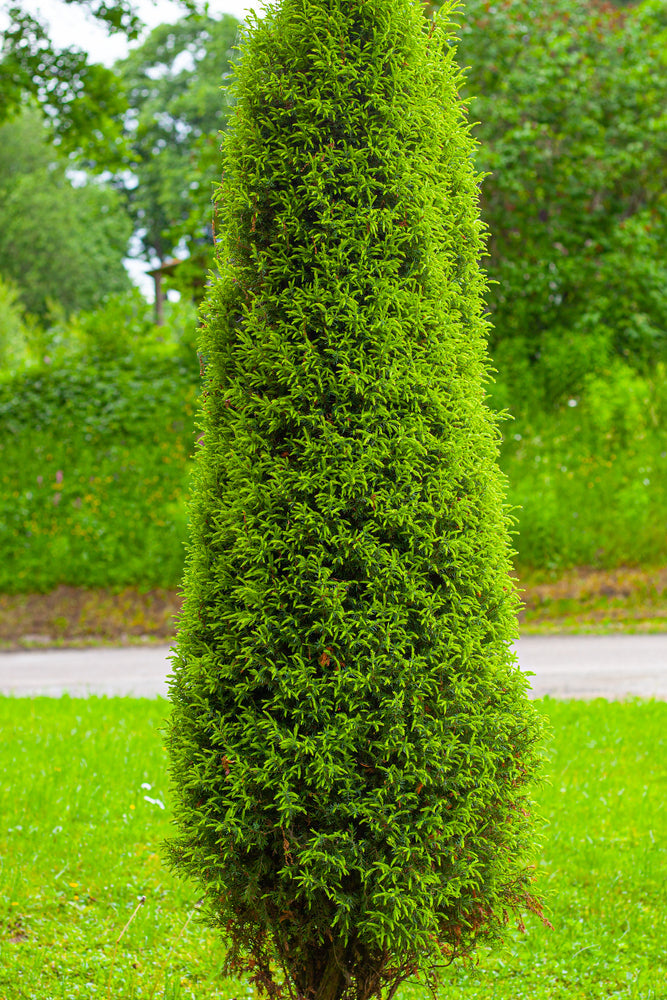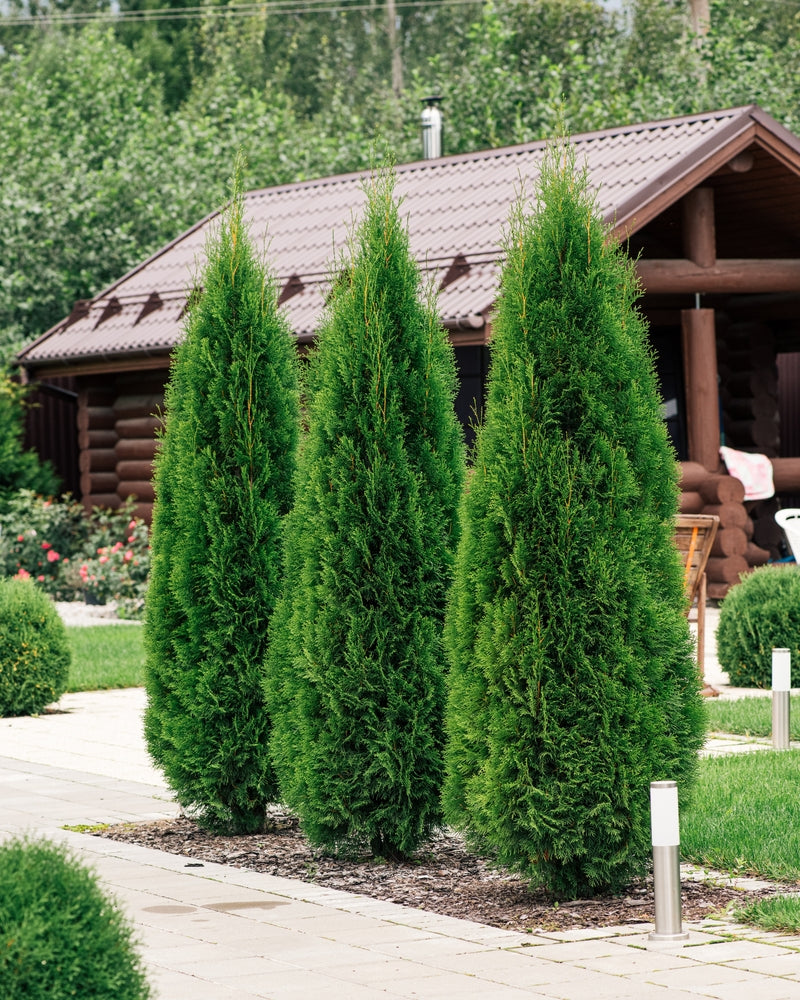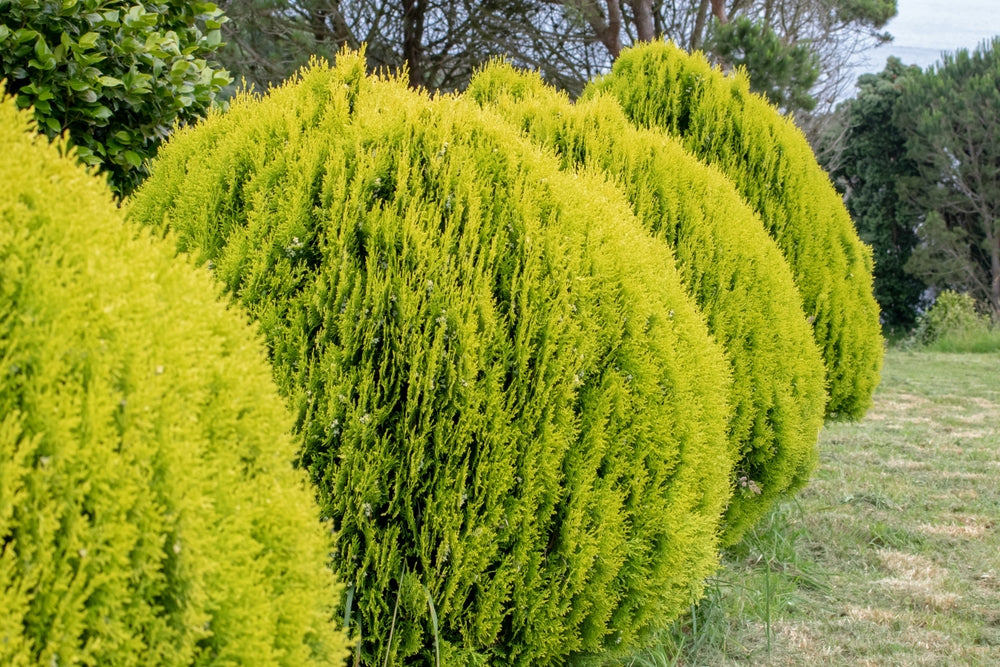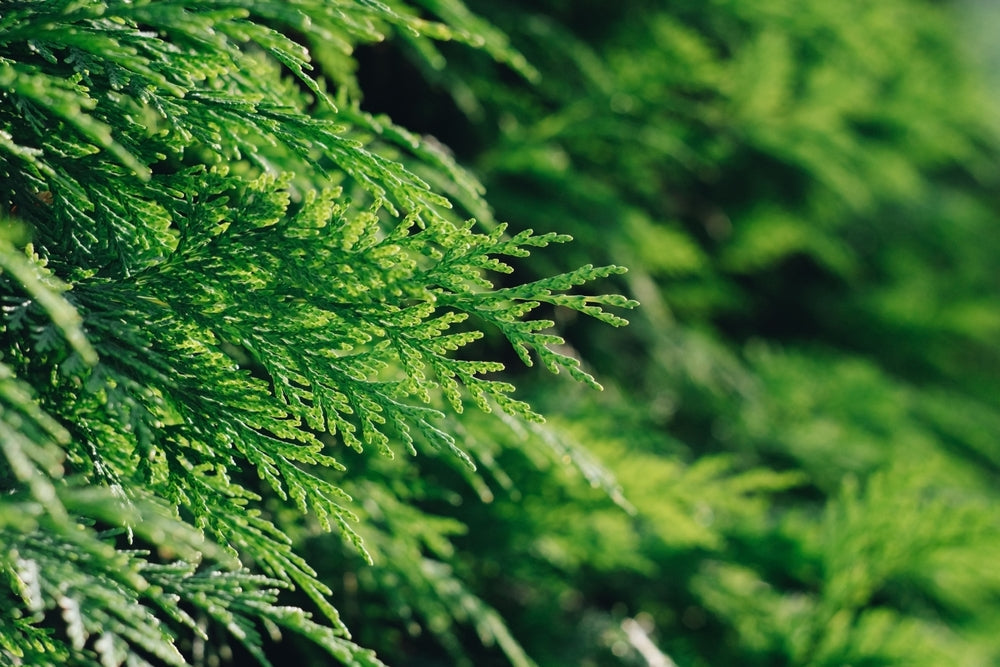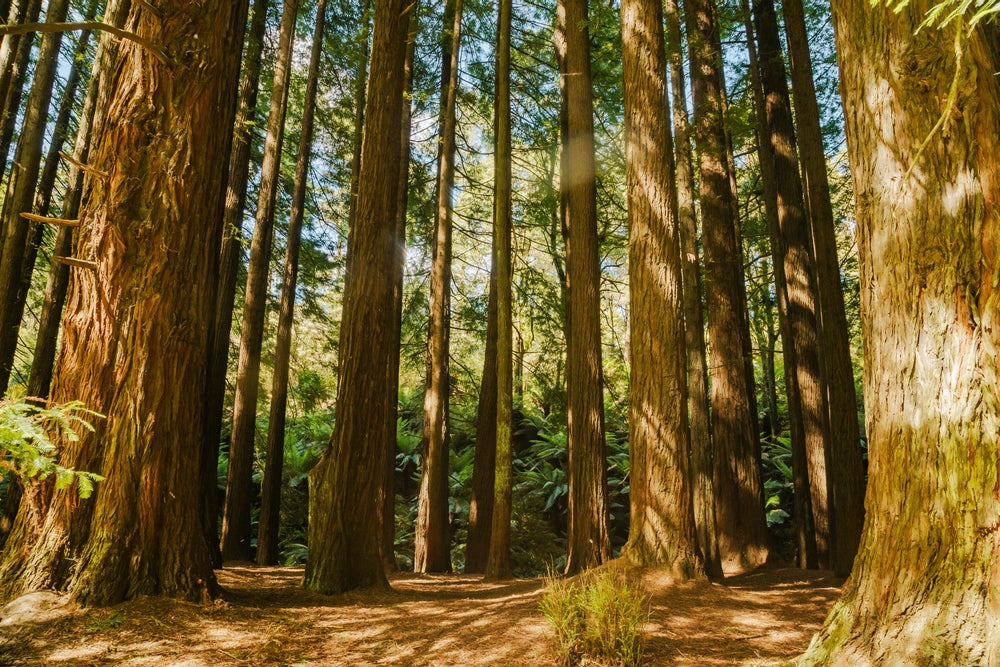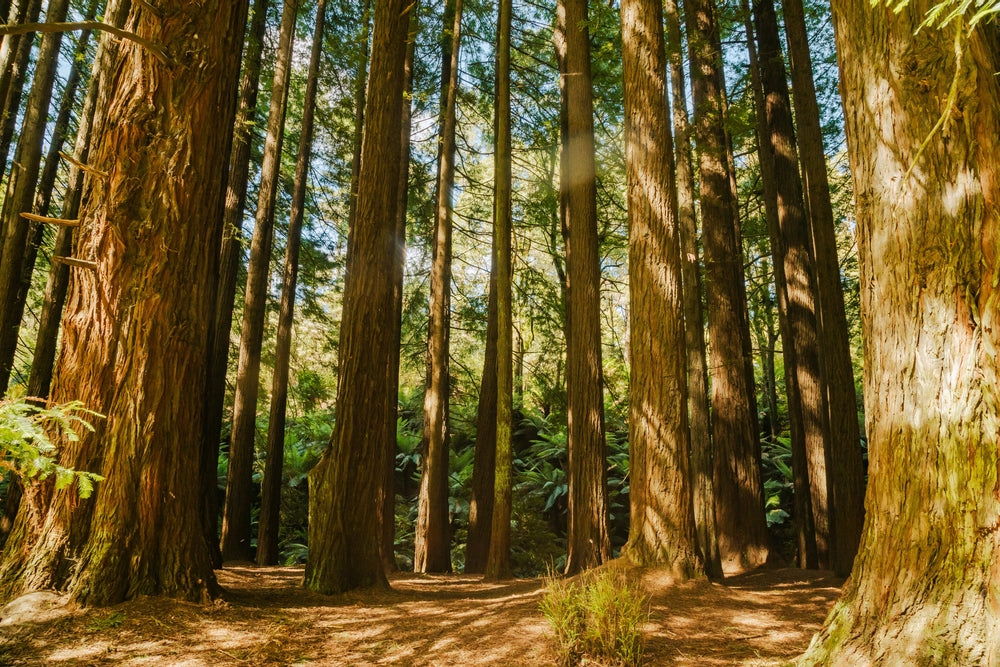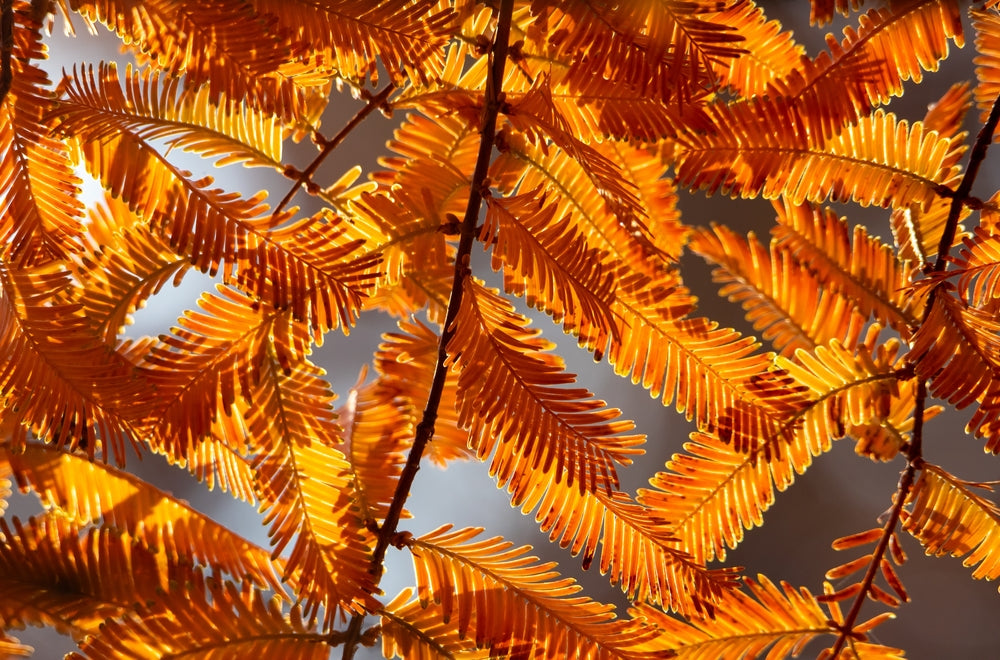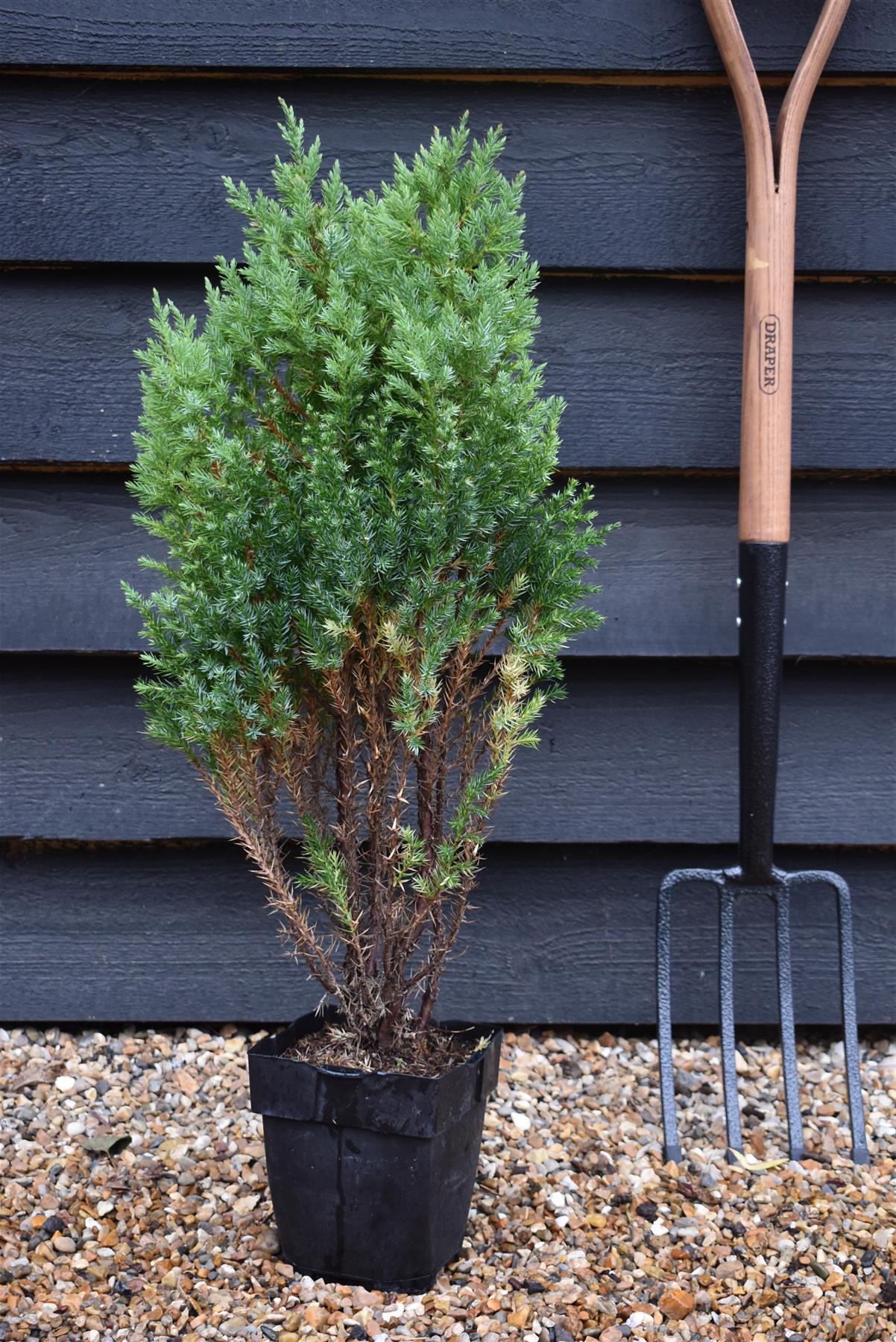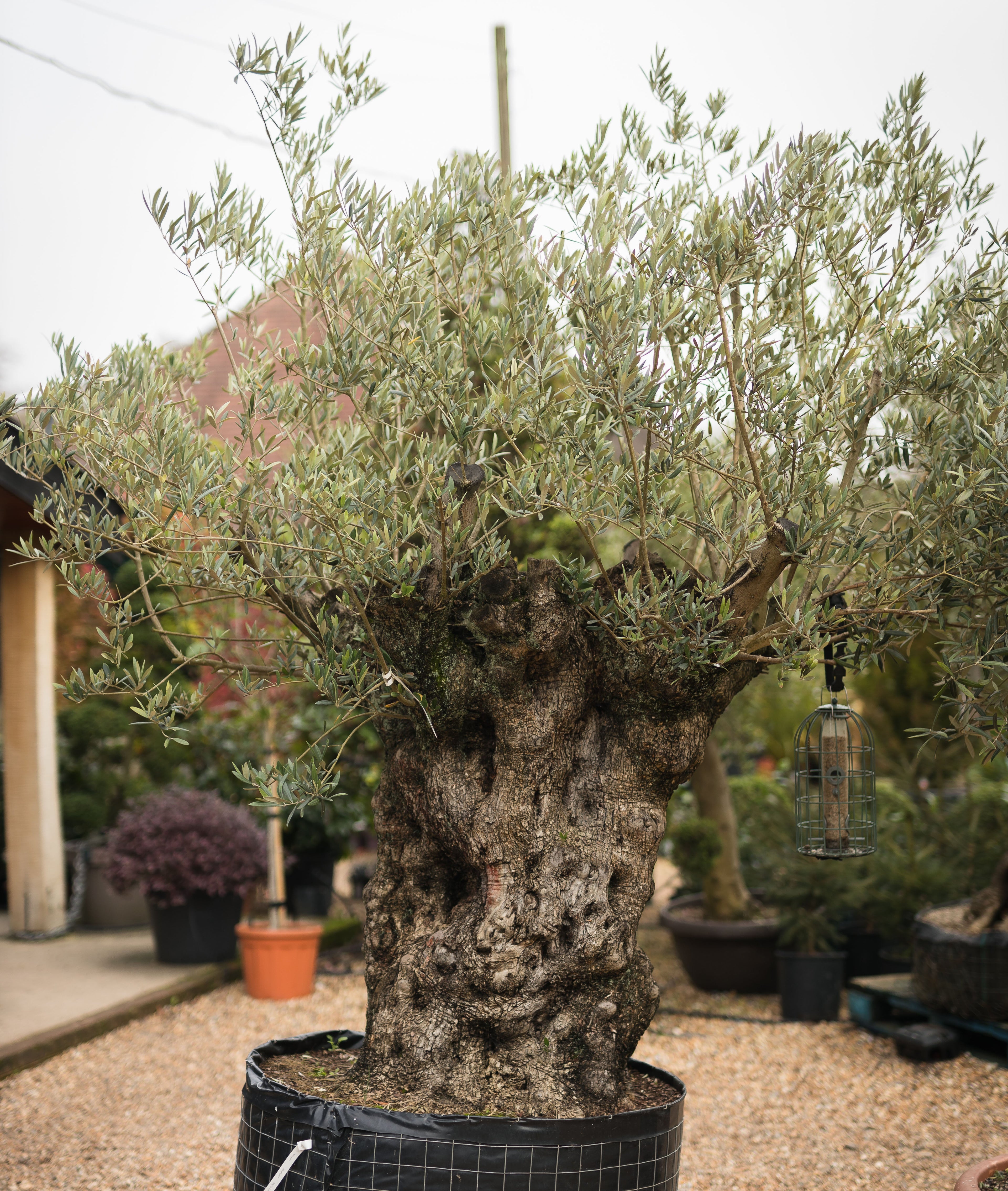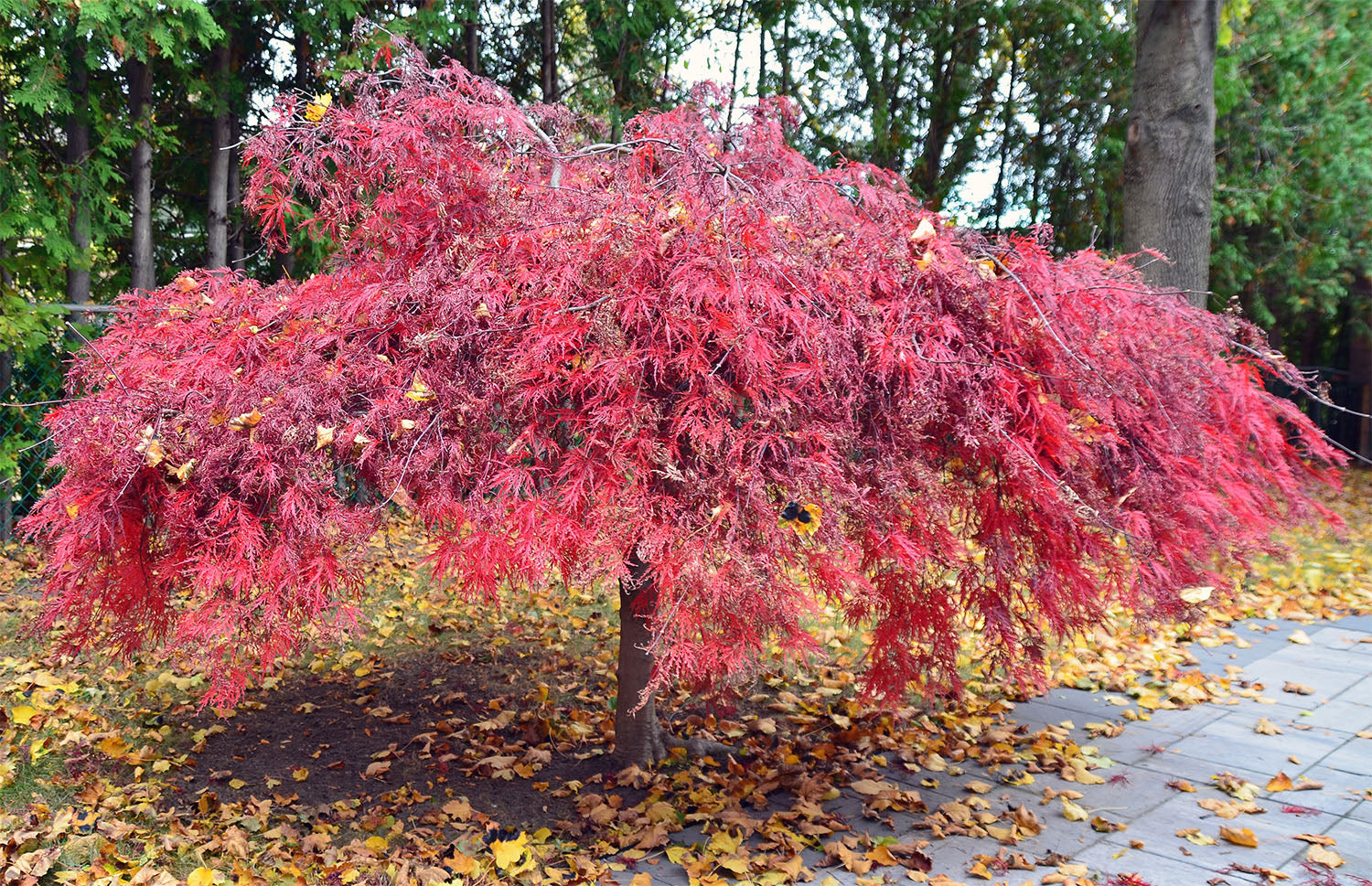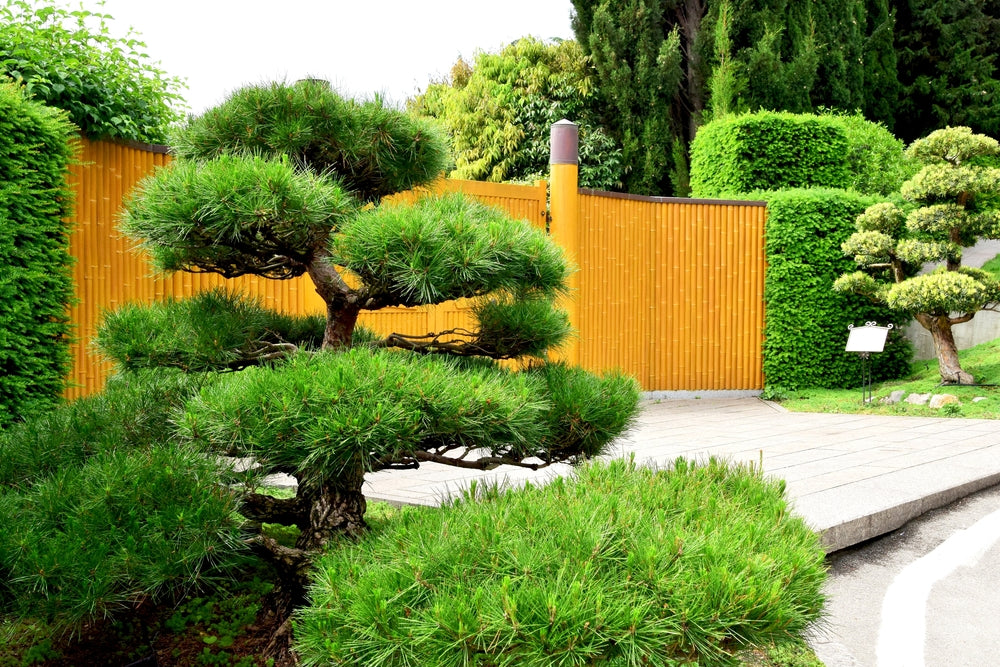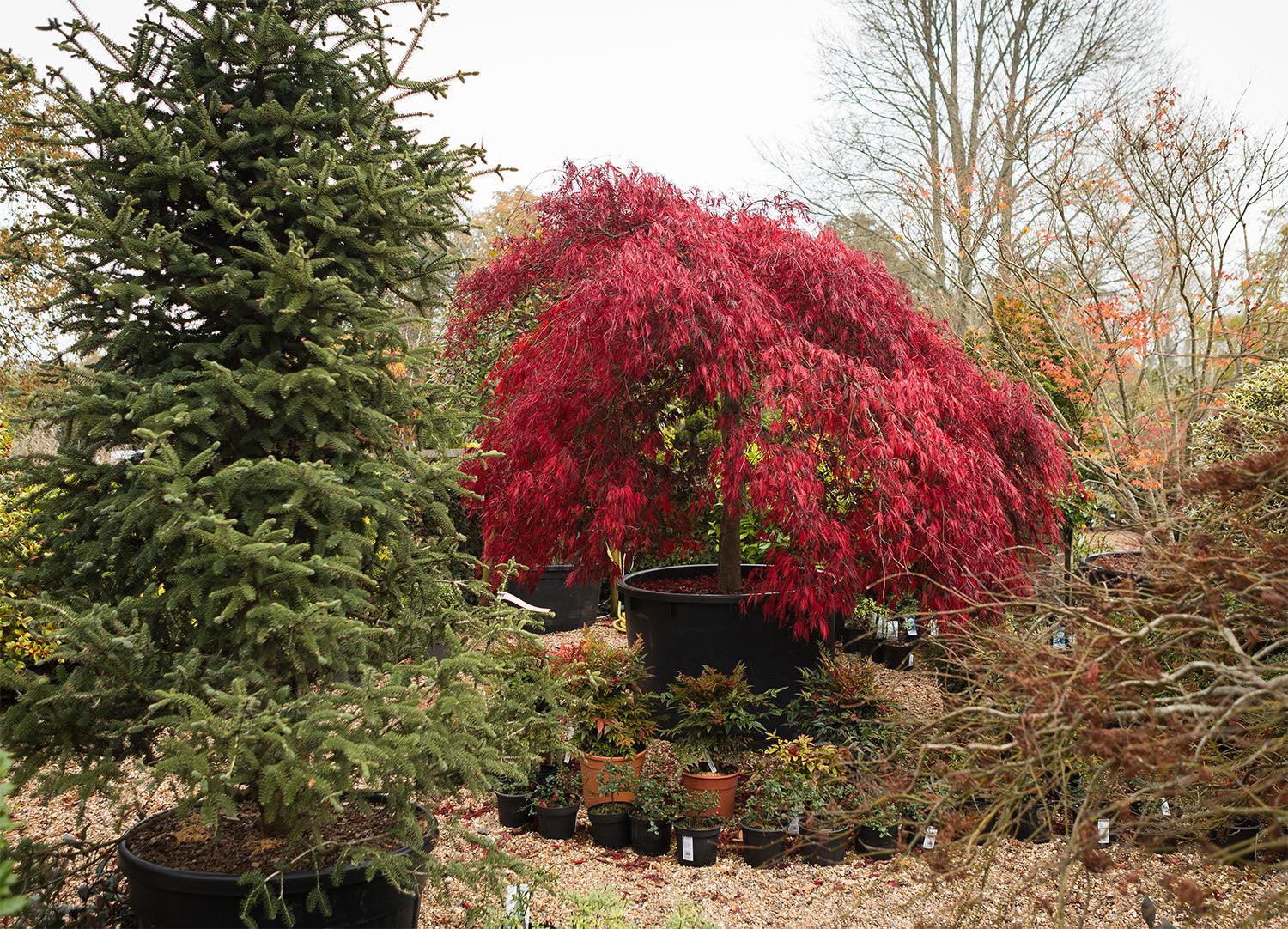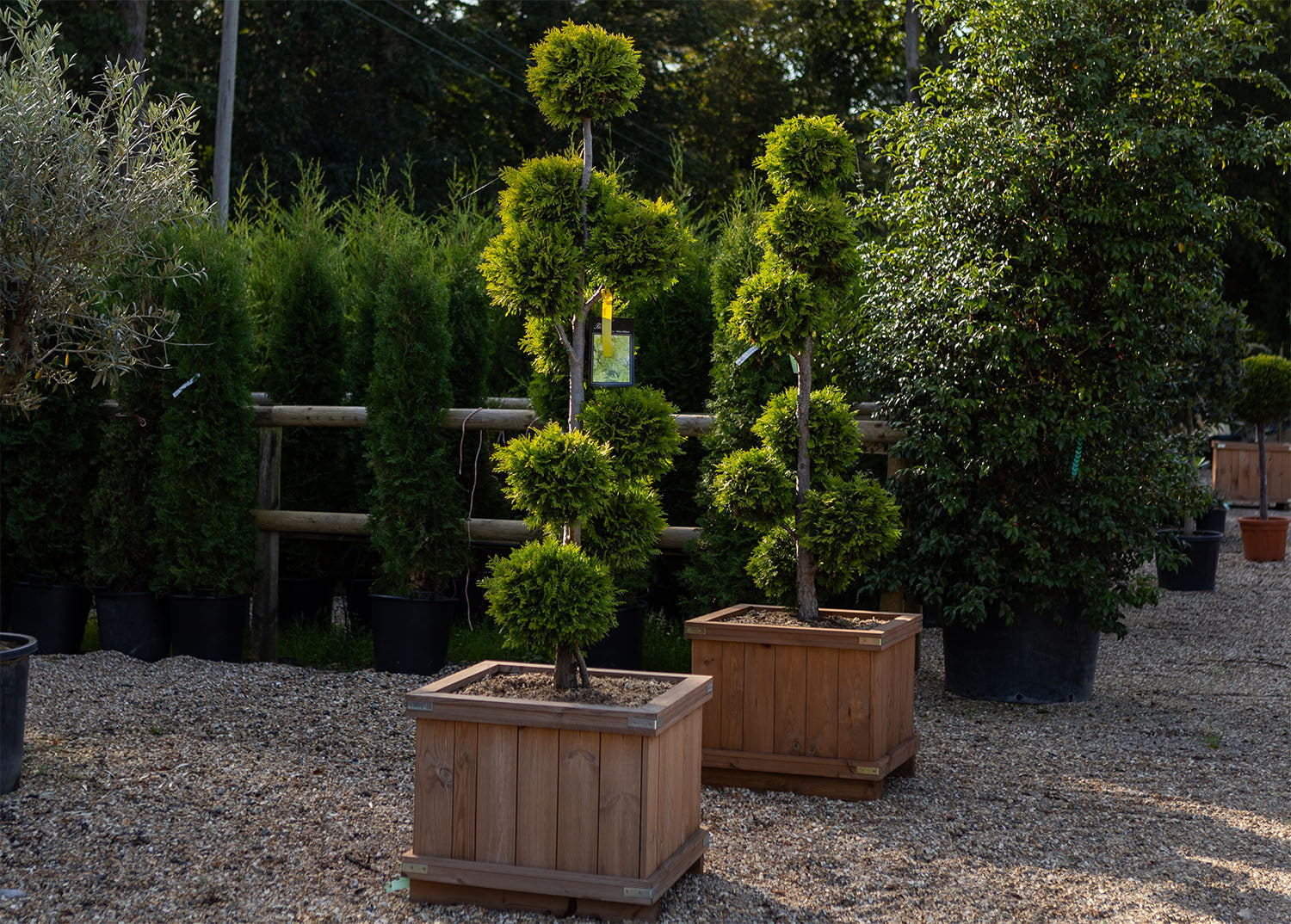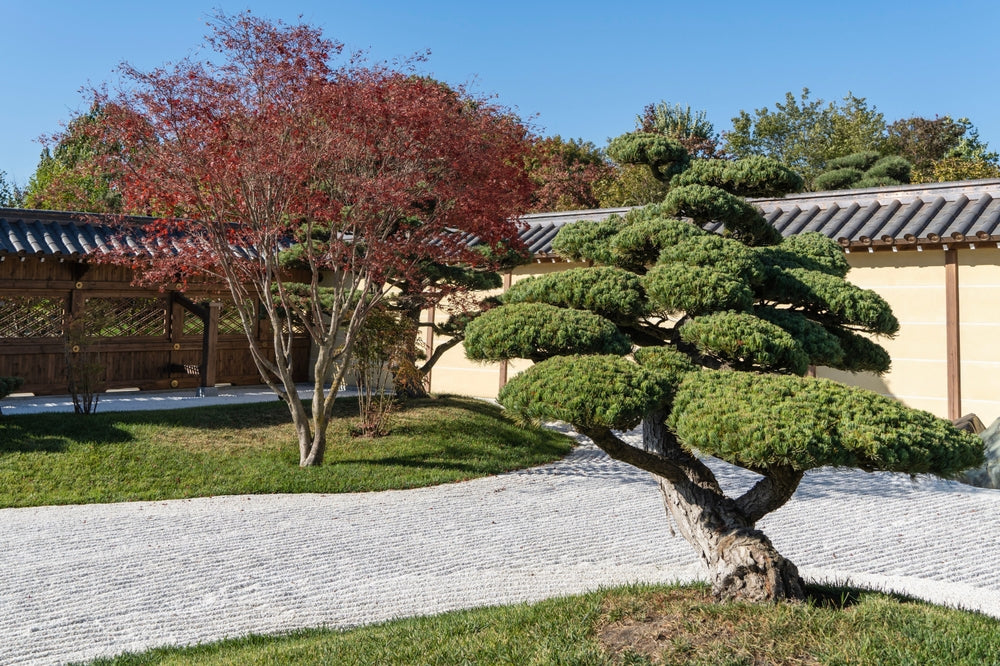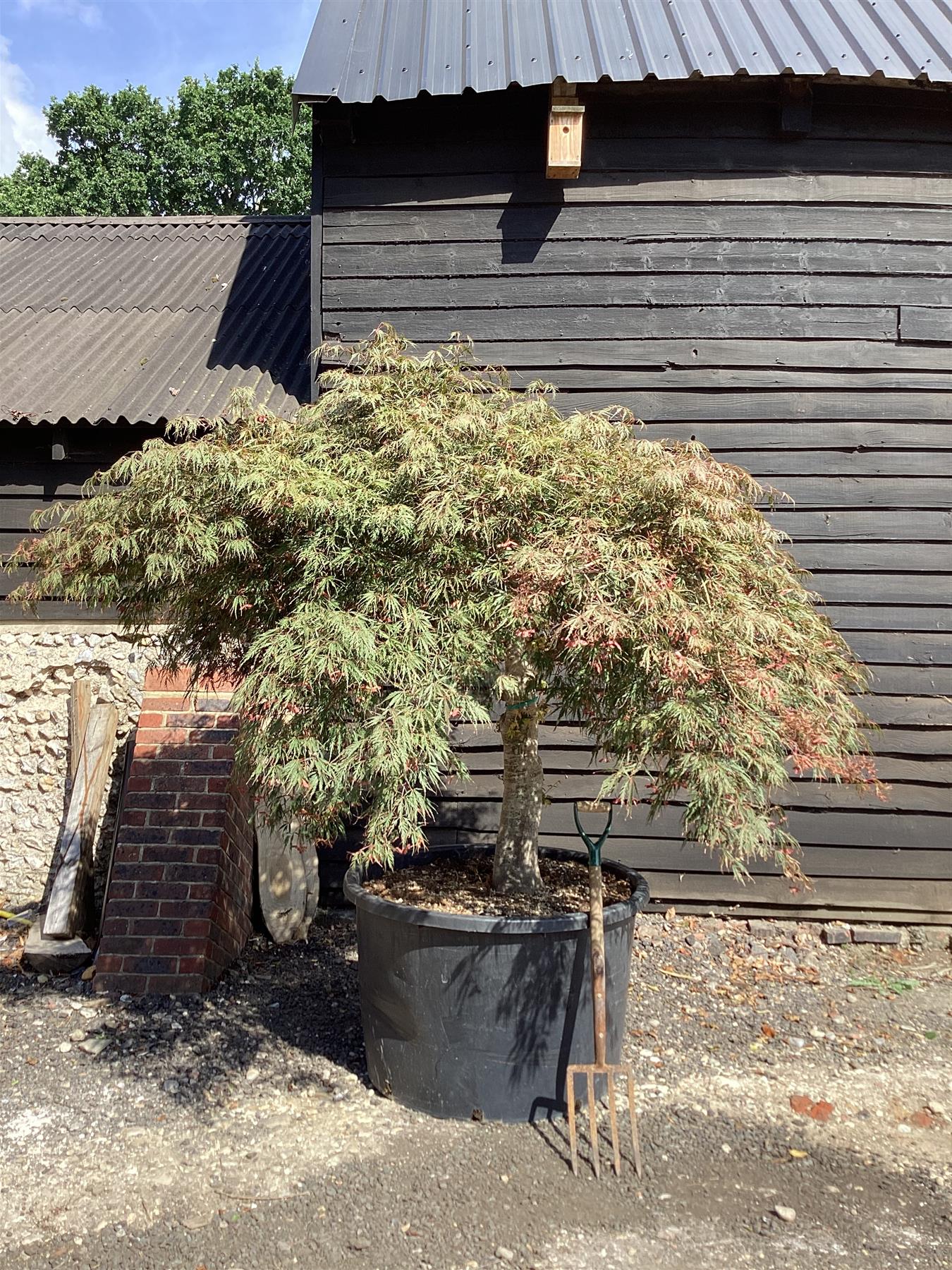
Buying and Caring for Japanese Maples
Japanese maples (Acer palmatum) are small, deciduous trees. They have a graceful growing habit, superb autumn colours and beautiful, delicate foliage. Many Acers grow extremely slowly and are perfect in a smaller garden. They are also ideal to grow in containers. Japanese Maples are also indigenous to forested areas in Korea and China and as far south as Taiwan. The species can grow to heights of 8-9m over a fifty-year period, depending on growing conditions. However, most cultivars are small, slow-growing trees.
Choosing your Japanese Maple
There are in excess of 1,000 recorded varieties of Japanese Maples, so it would be impossible to stock them all! That said we are proud to stock a wide range of varieties, and three of our favourites are:-
Acer palmatum ‘Katsura’ is an upright Acer. It has a pale orange foliage in the spring, turning yellow/green in the summer and yellow/orange in the autumn. Its eventual height is 5m so you’ll need to allow space for this to grow into.

Acer palmatum ‘Skeeter’s Broom’ is a compact, upright Acer. It has a maroon foliage in the spring and summer, turning to bright red in the autumn. Its eventual height is 2.5m.

Acer palmatum vars dissectum ‘Viridis’ is a weeping Acer. It has bright green foliage in the spring and summer, turning gold/crimson in the autumn. Its eventual height is 1.4-2m so it is ideal for rockeries, pots and smaller spaces.

Choosing and Planting your Japanese Maple
If your tree is correctly planted, it will grow well and give you many years of pleasure. When choosing your Acer, you should consider:
- Japanese Maples will grow in most soils, but they prefer a slightly acidic, sandy, well-drained soil.
- Japanese Maples do not like very wet, dry or alkaline soils.
- Japanese Maples will grow best in sheltered positions, due to their delicate foliage they can be susceptible to wind burn and hot sun.
- Red and purple leaved varieties require some sun to develop their full dark colours
- Variegated varieties require partial shade to prevent the afternoon sun scorching the foliage
- Green varieties can tolerate full sun, but they will benefit from a position that will provide some shade
Our Japanese maples are all in containers, so they can be planted at any time of the year. When planting your tree, remember to leave enough room for the tree to spread. Remember that an exposed site of wind and hot sun can wipe out a small tree in no time at all, so position the tree where it is protected from the elements. If the leaves start to turn brown on the tips, your tree is showing signs of stress. If your tree is planted in a very hot, sunny position, the roots can become baked and again the leaves will show signs of stress. Most Japanese Maples have a shallow, fibrous root system that dislike competition from other plants, so ensure that they are not too crowded. Following our Planting Guide for further tips on planting your tree.
Growing your Japanese Maple in a container
Japanese Maples grow well in containers, but will require extra care. Take care to ensure that there is not too much soil around the rootball, so that the soil does not become waterlogged.
It is not wise to use a container that is too big for your Japanese Maple. As a guide, a container no larger than twice the diameter of the rootball and half again as deep should be about right.
If you wish to always grow your Japanese Maple in a container, you will need to remove it every 2-3 years and trim 10% of the root system. Then freshen the soil and replant the tree back in its container. You can also replant in a larger container if you wish, but you will still need to remove every 2-3 years to keep the tree and roots fresh.
Feeding your Japanese Maple
Japanese Maples as a general rule, do not require a large amount of fertiliser for healthy growth. They do not like large amounts of nitrogen especially in the first two years. We would recommend feeding around the root system with a root growth stimulant.
Pruning your Japanese Maple
The best time to prune your Japanese Maple is in late winter or early spring. Your tree will be in its natural dormant state at that time, and less injury will be caused.
When pruning your tree, you should be looking to removing the dead wood and the fine stems. It is wise to remove the lowest branches on young trees. When your tree is 2-3 years old, you can begin to train the tree by removing limbs that are rubbing each other or are too close to one another. You will also need to prune out small twigs and branches on the interior of your tree. This will help form an attractive silhouette.
We would recommend pruning your Japanese Maple annually. This will ensure that your tree remains healthy and strong and will bring many years of pleasure to you and your garden.
Visit us
We look forward to welcoming you to Arundel Arboretum and showing you our extensive range of beautiful Japanese Maples.
Share


